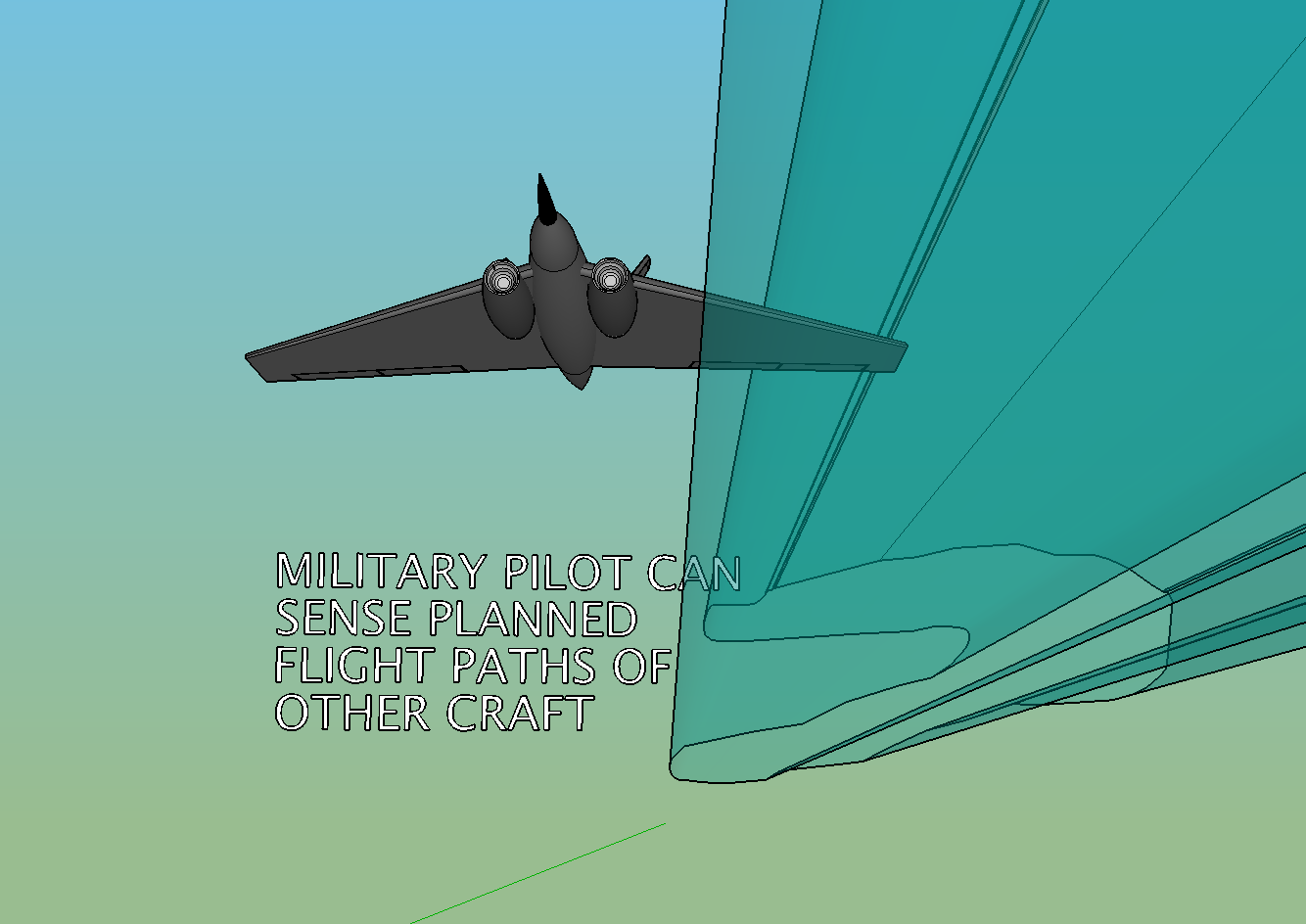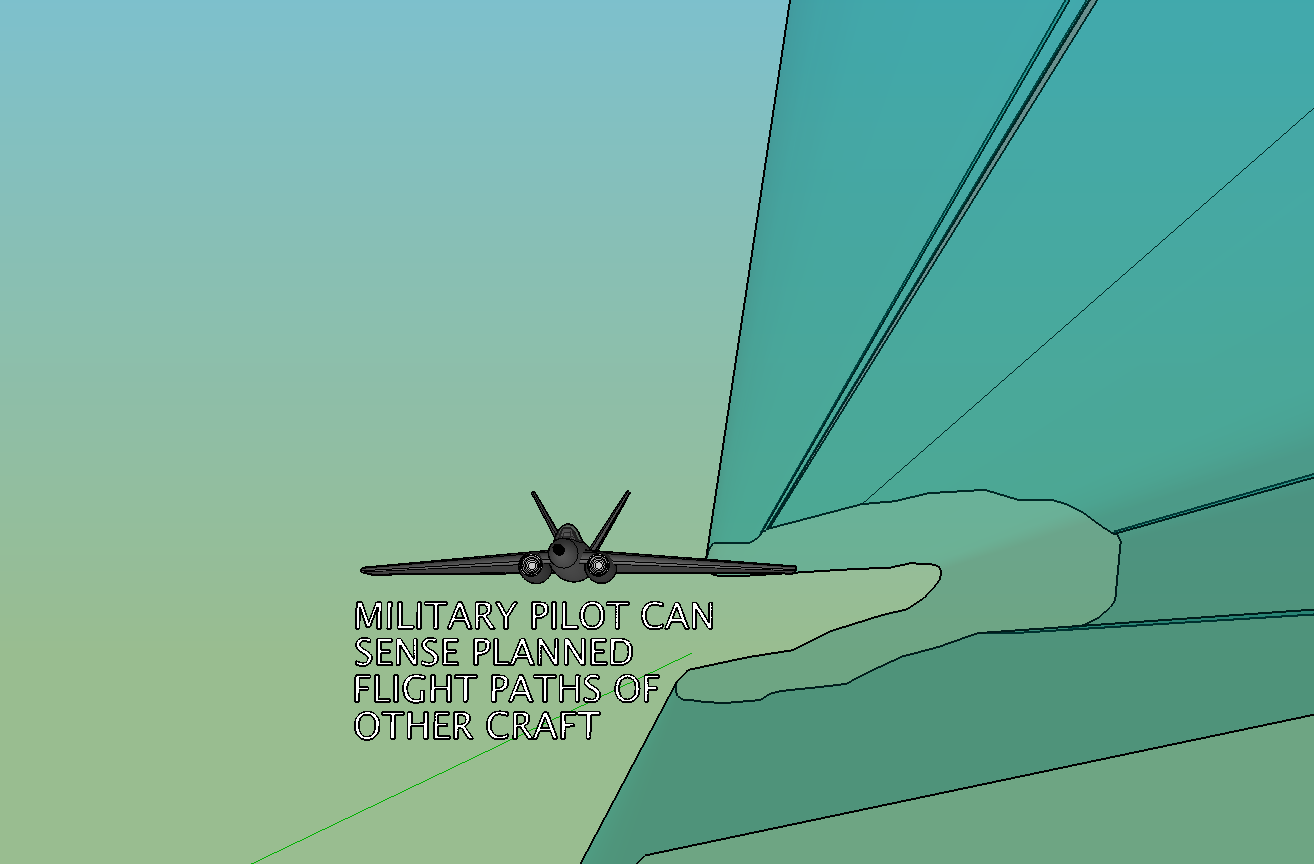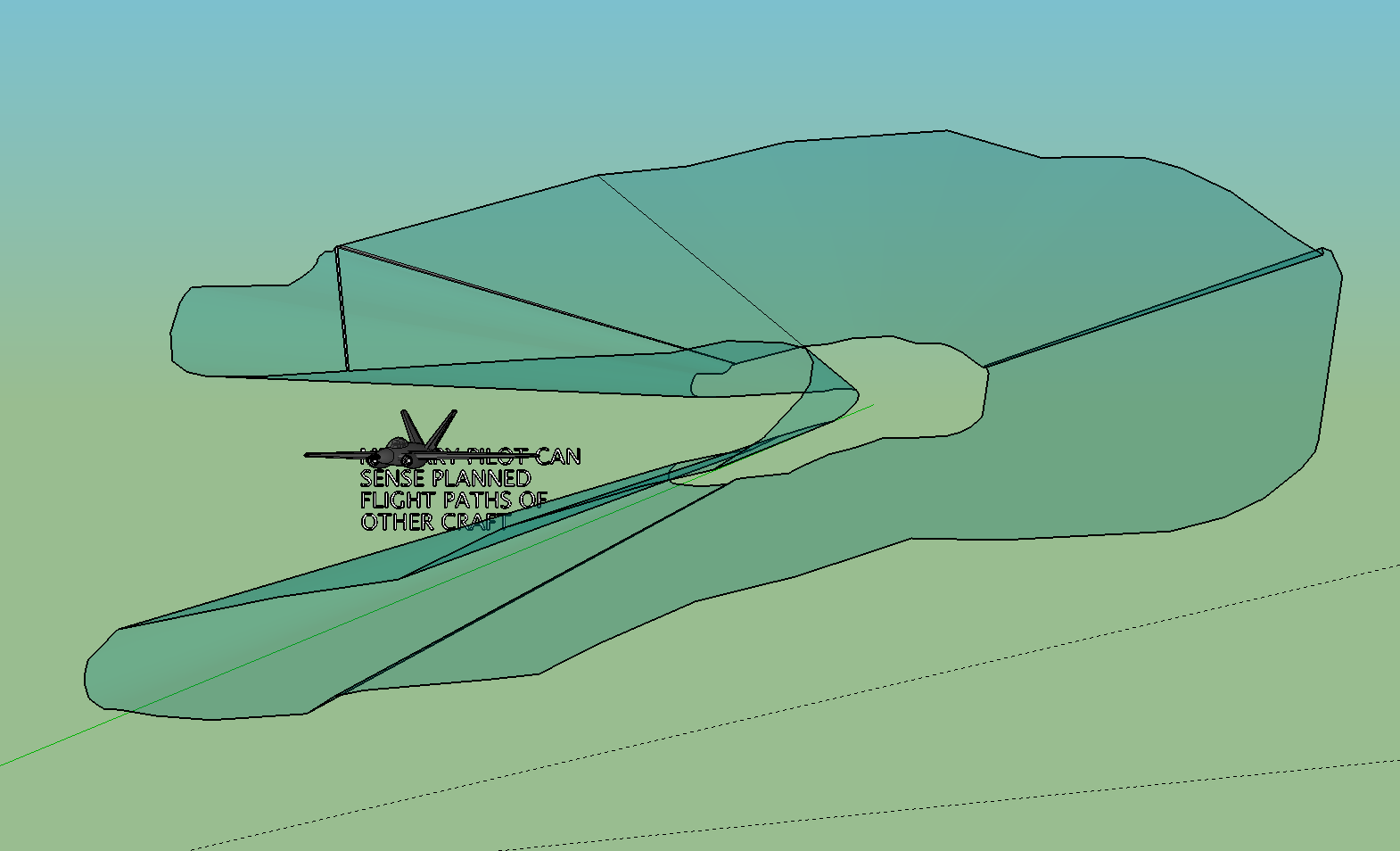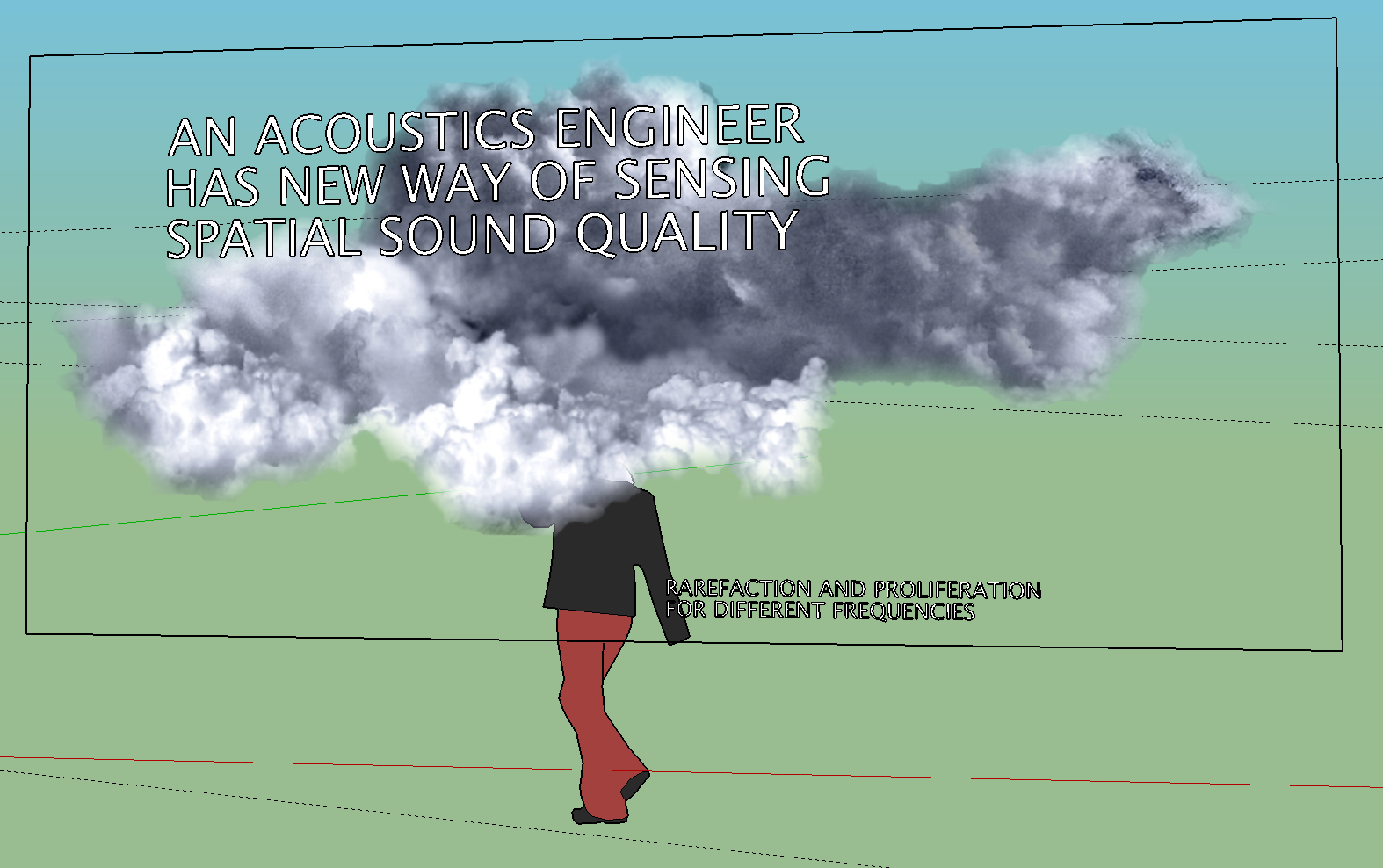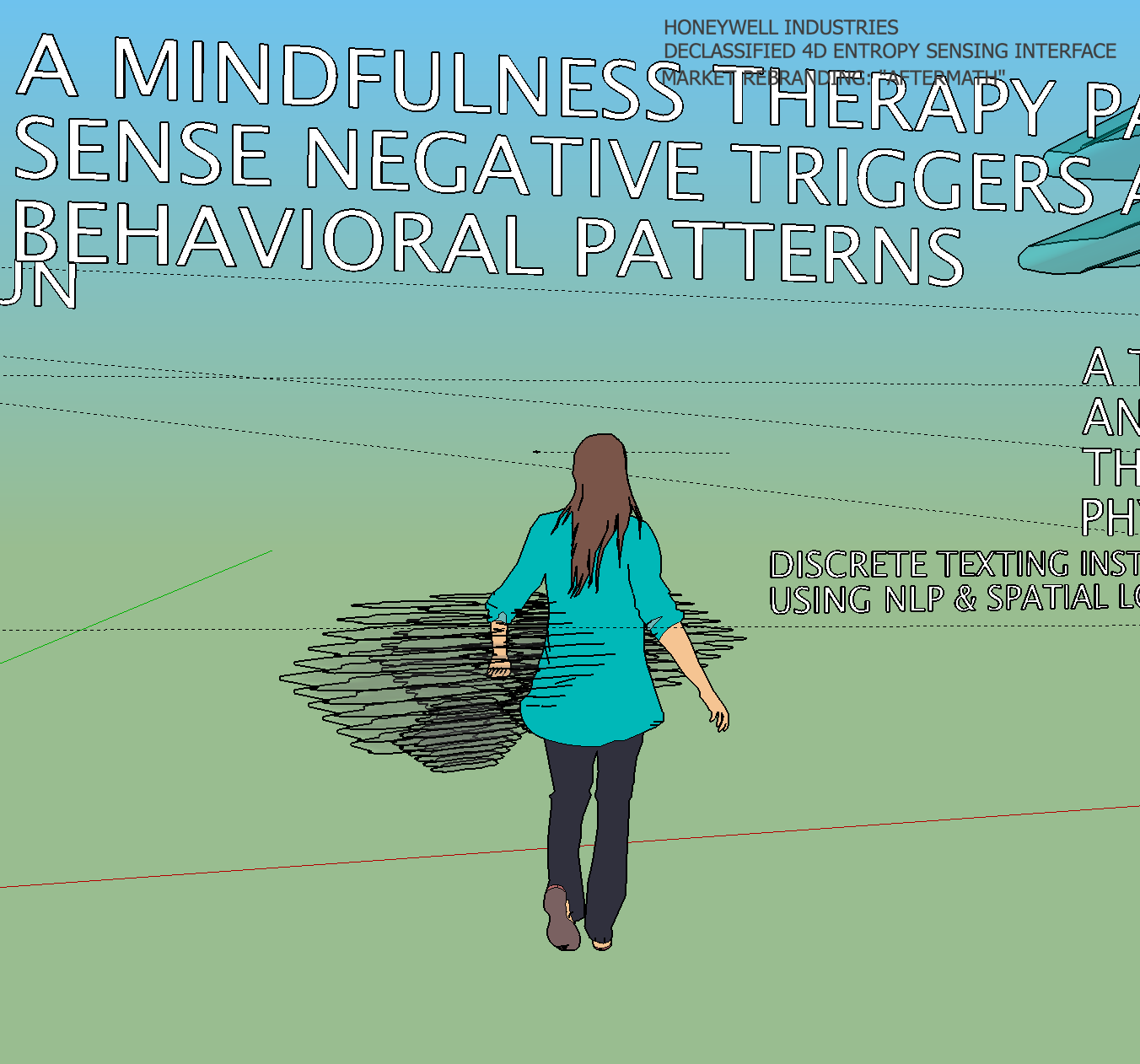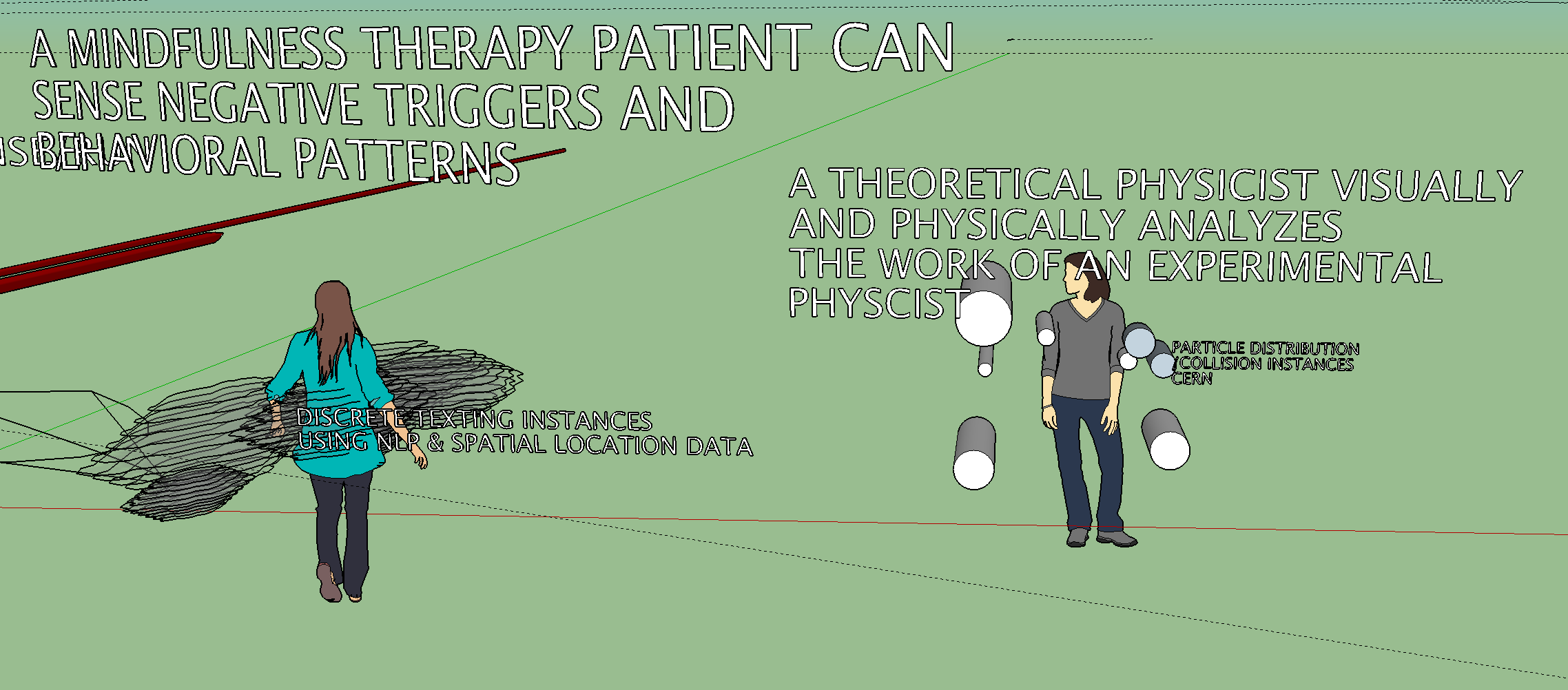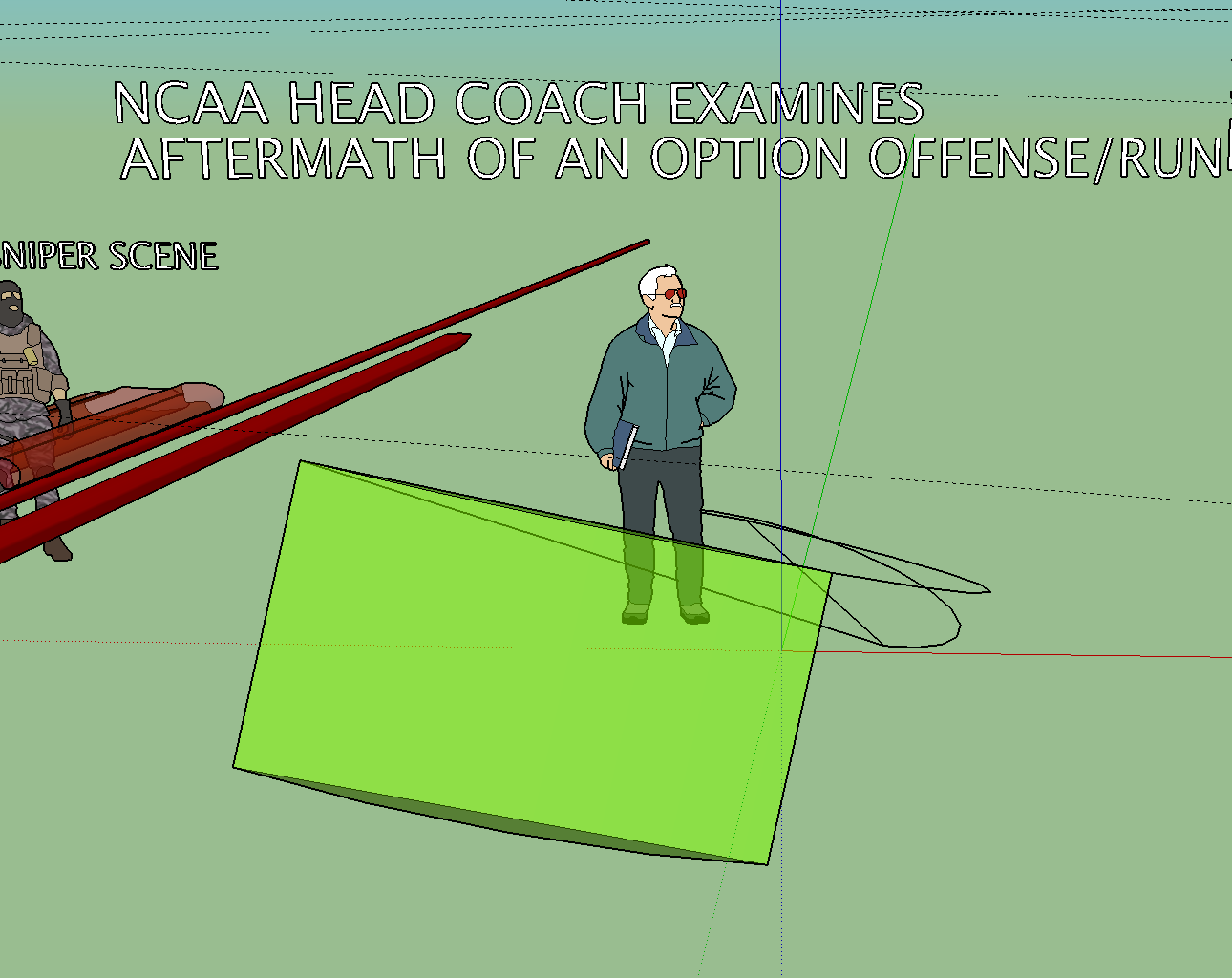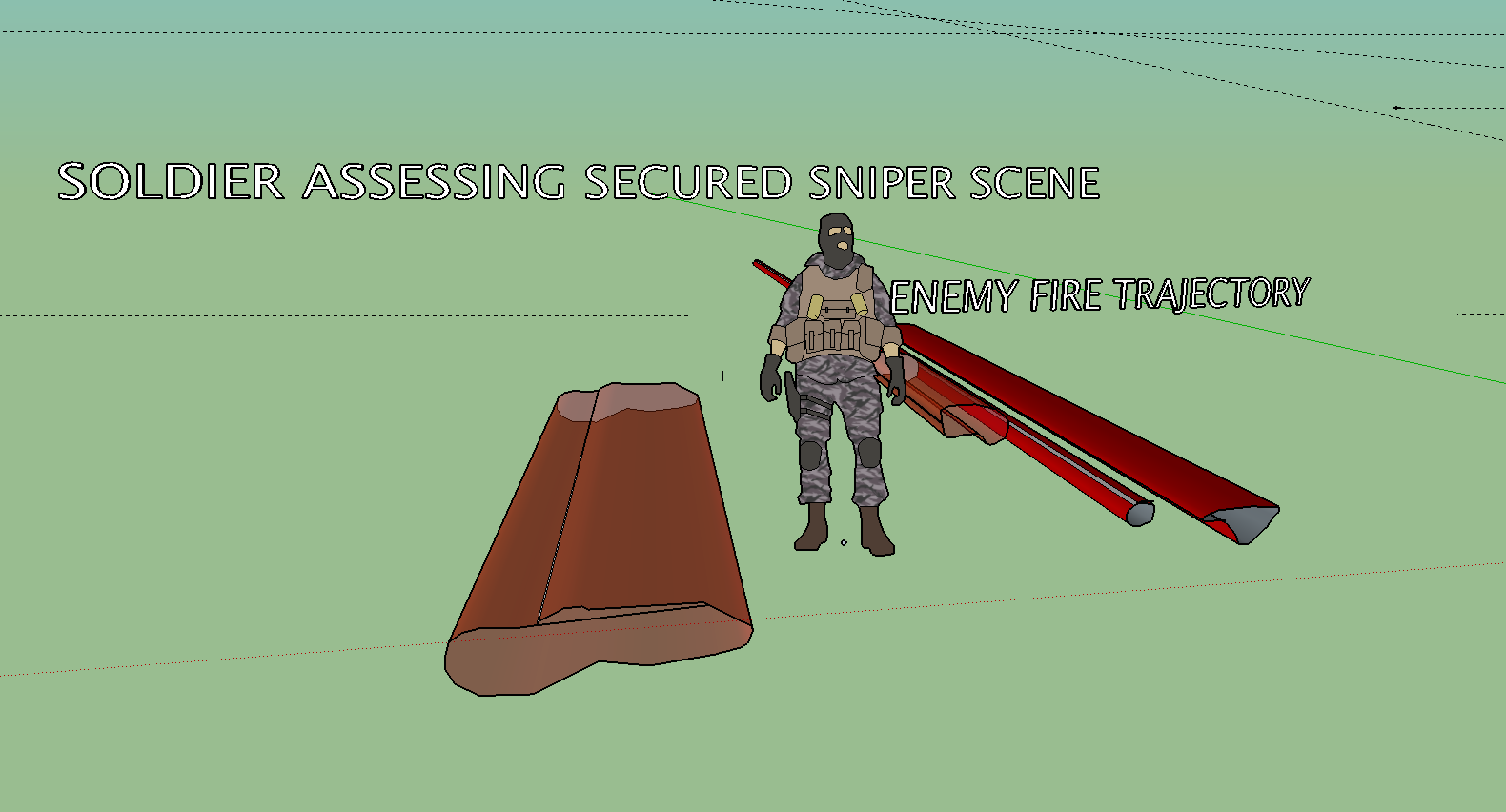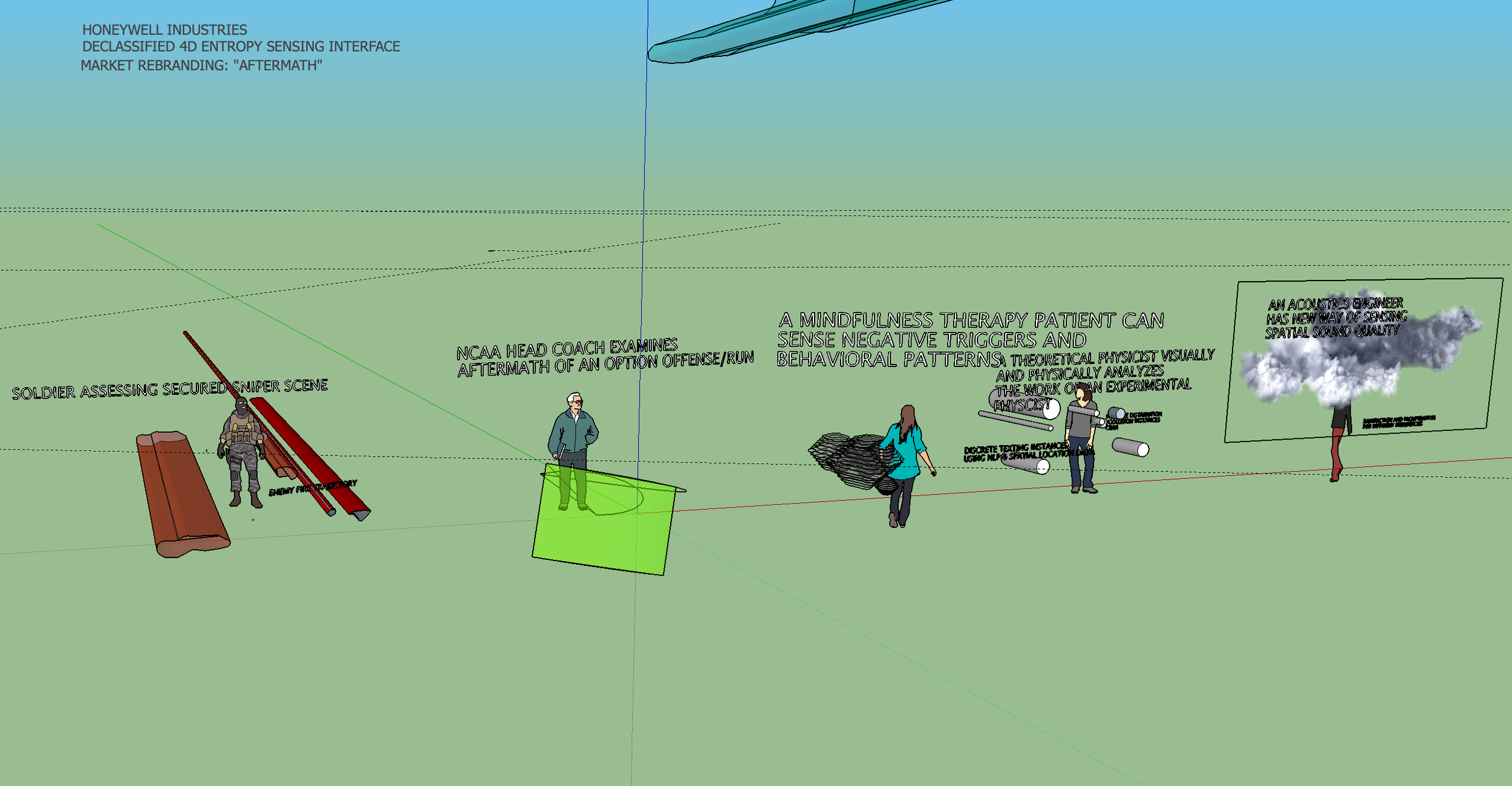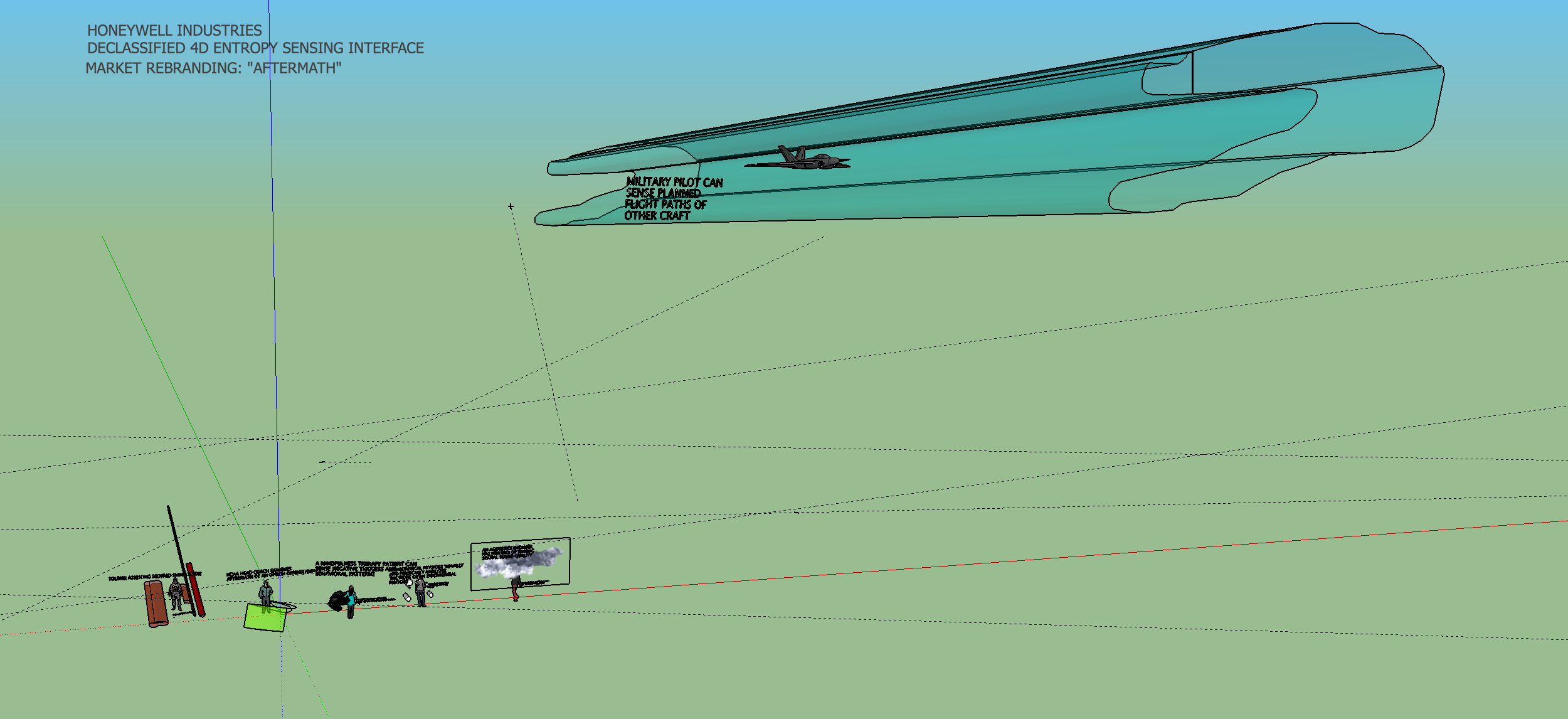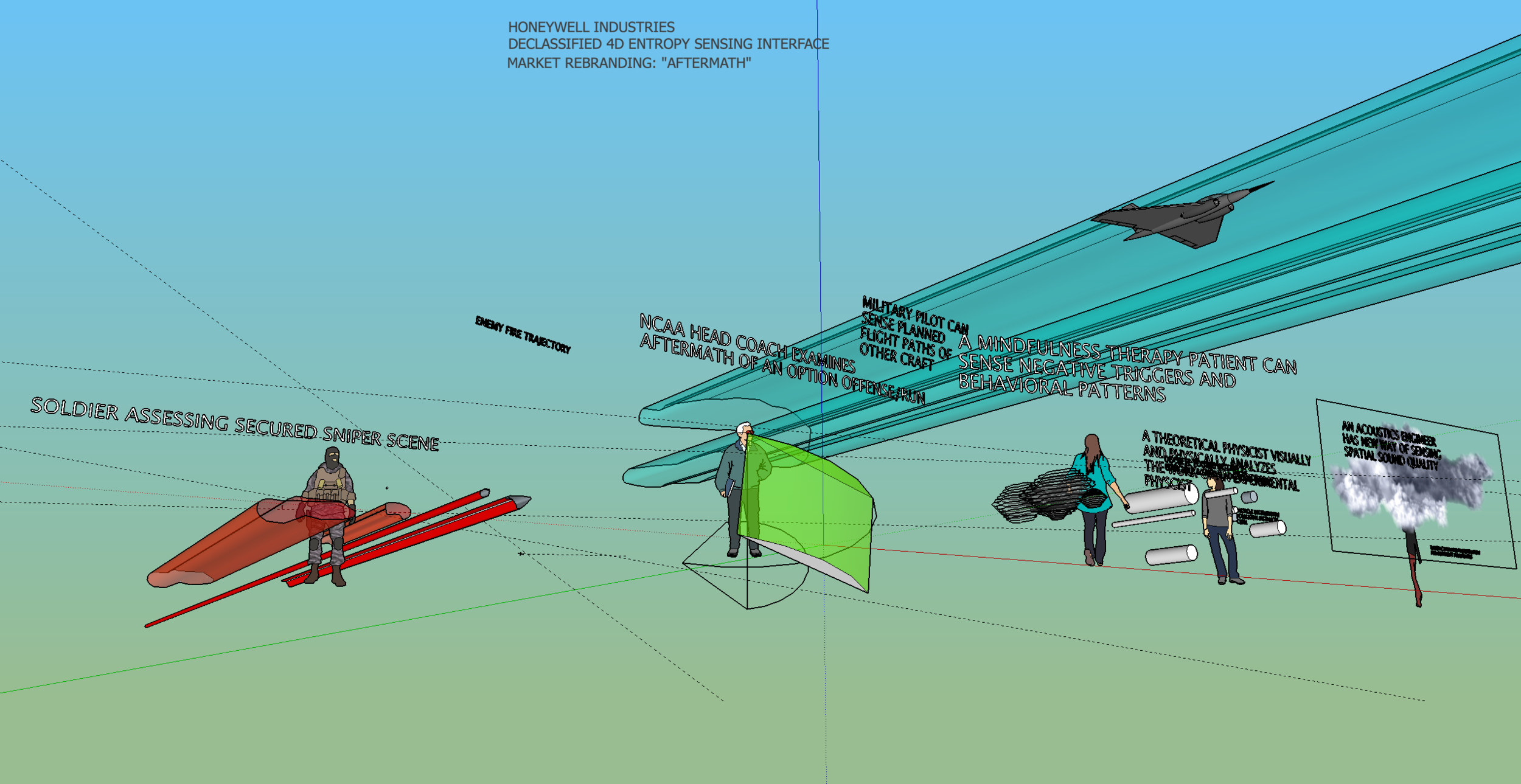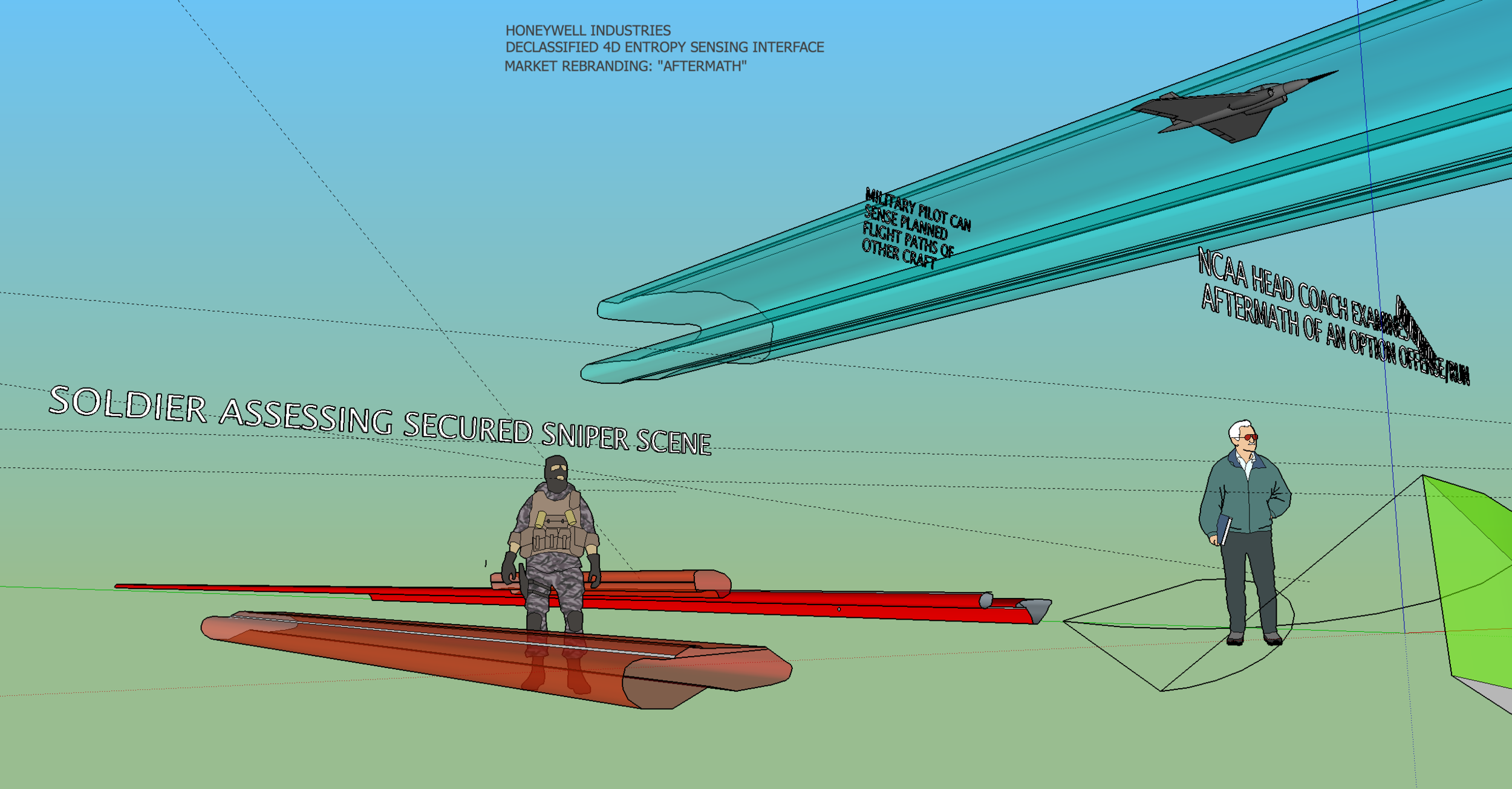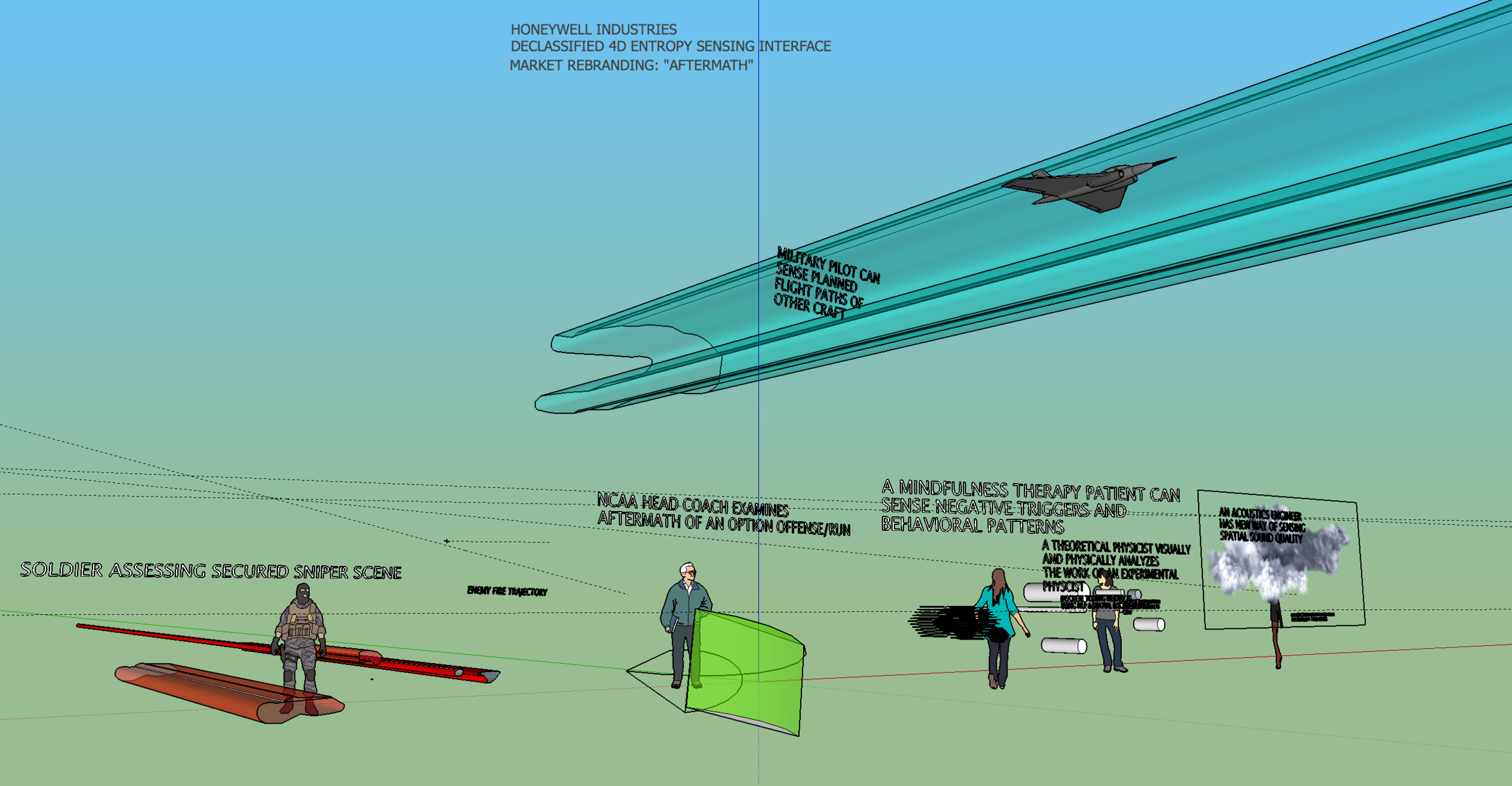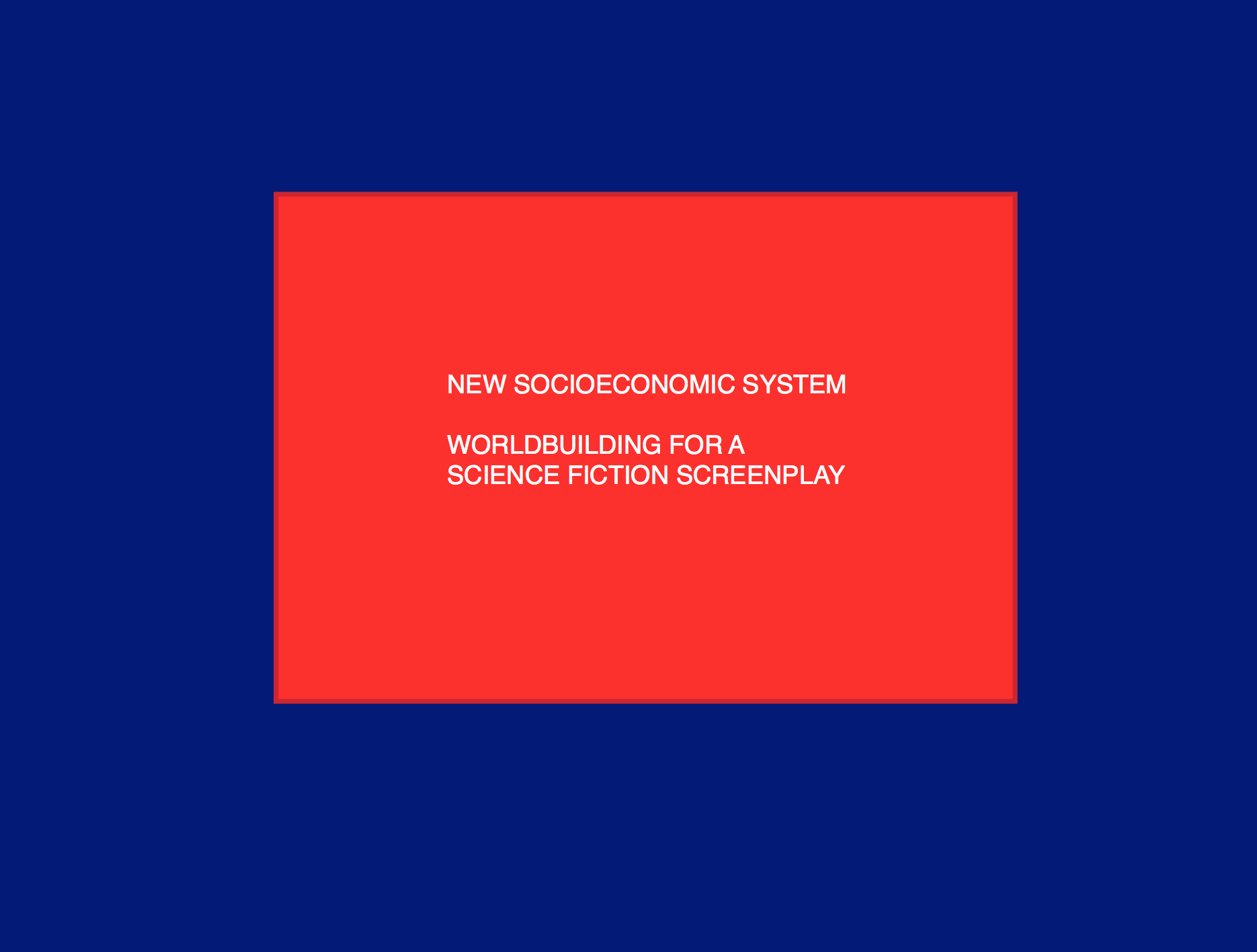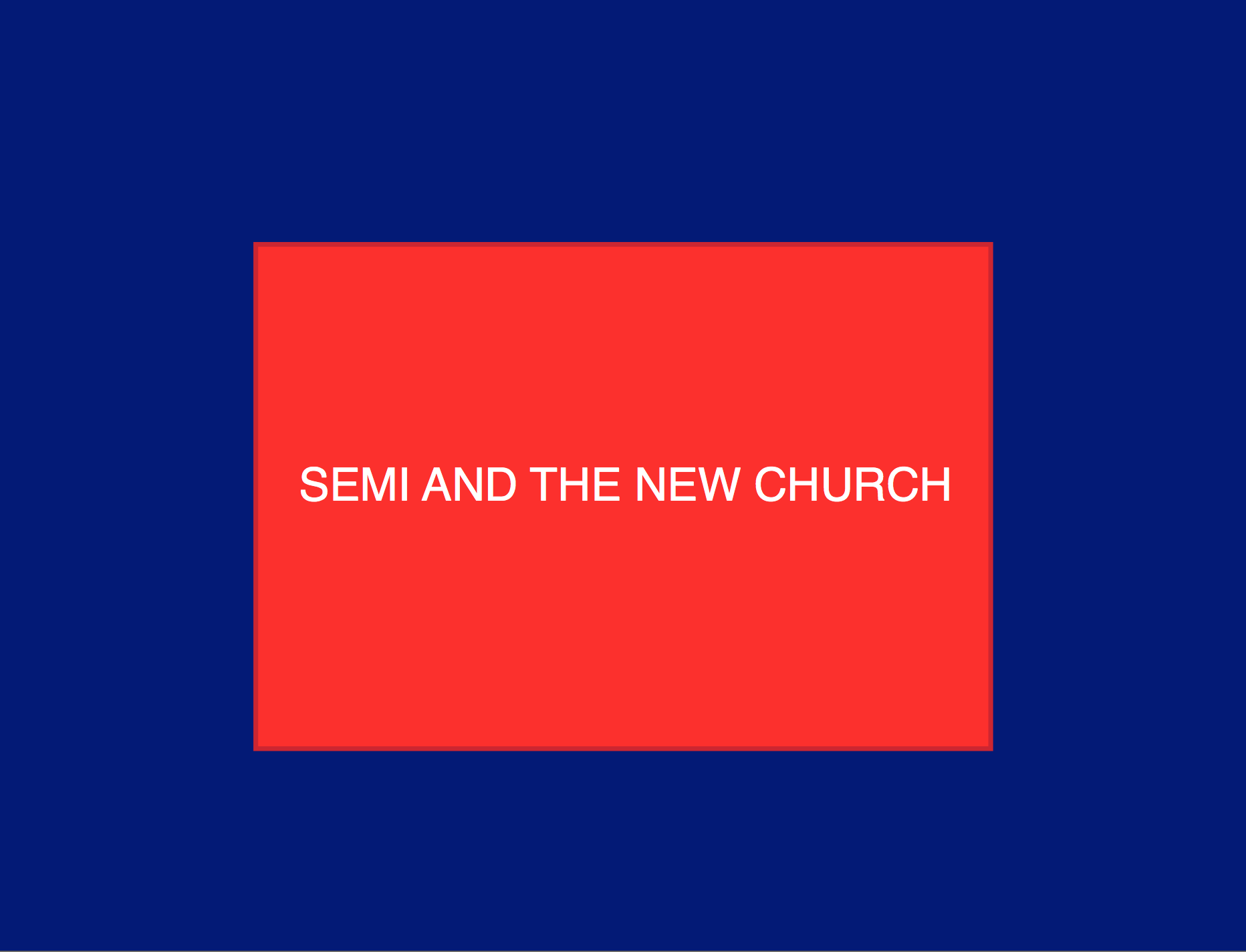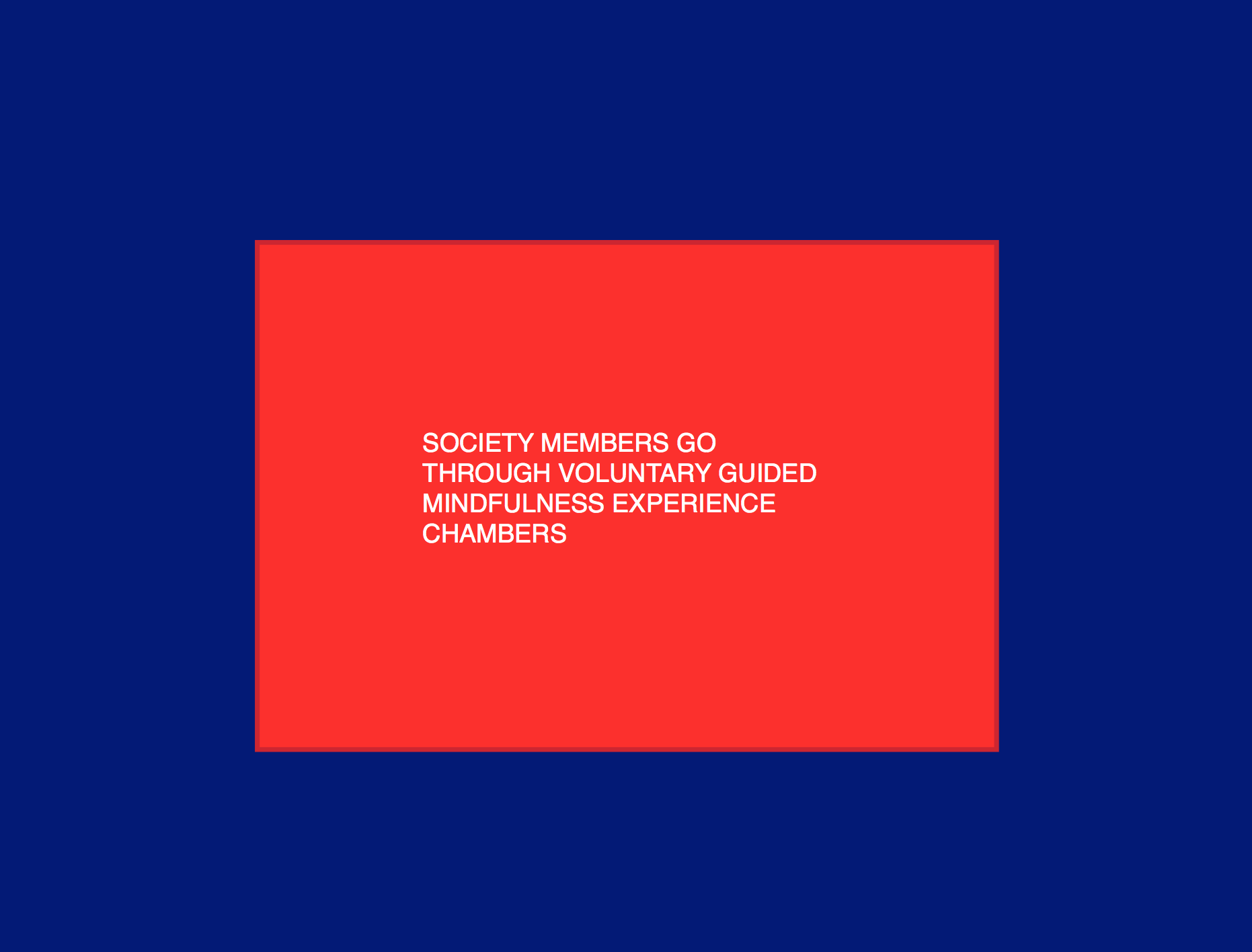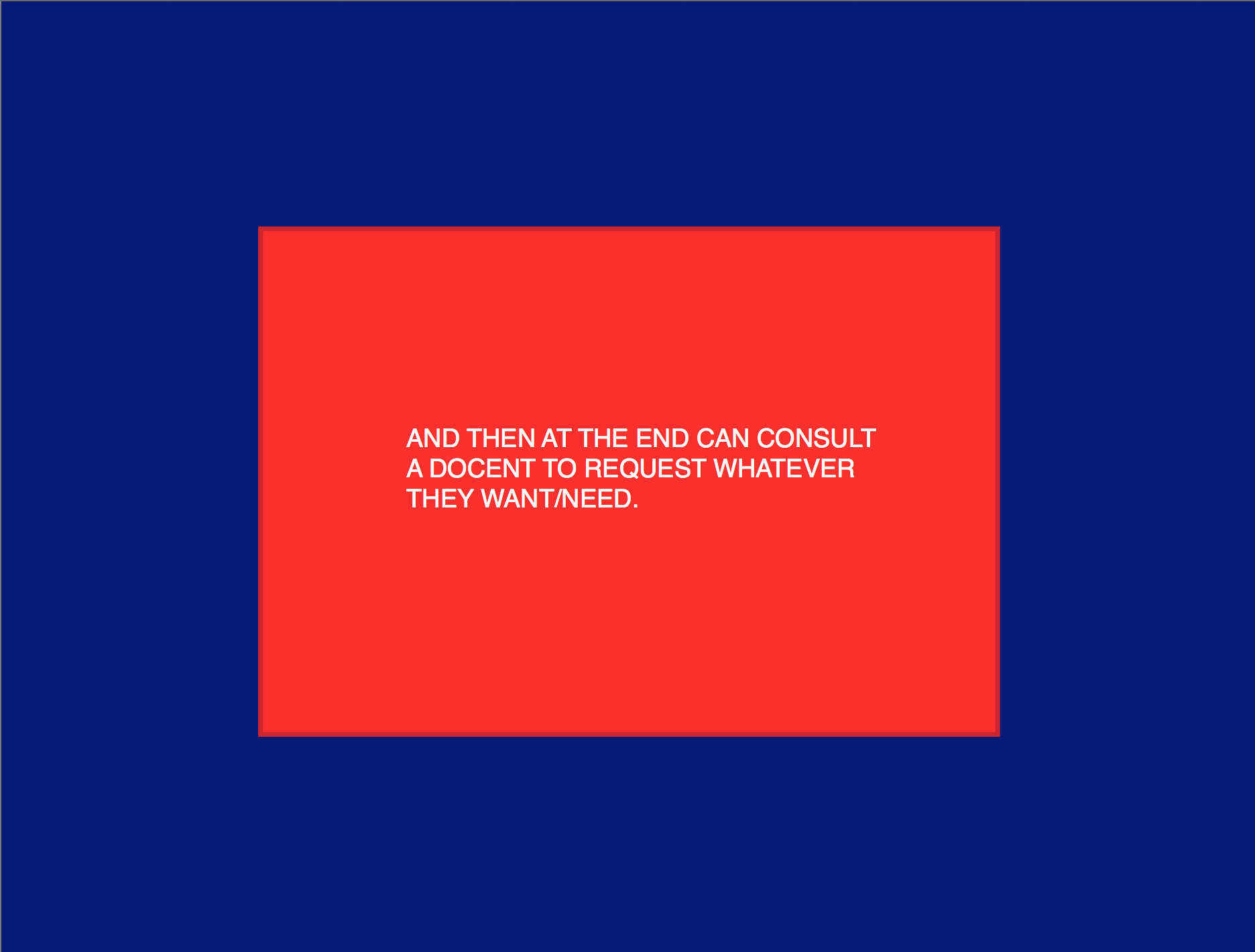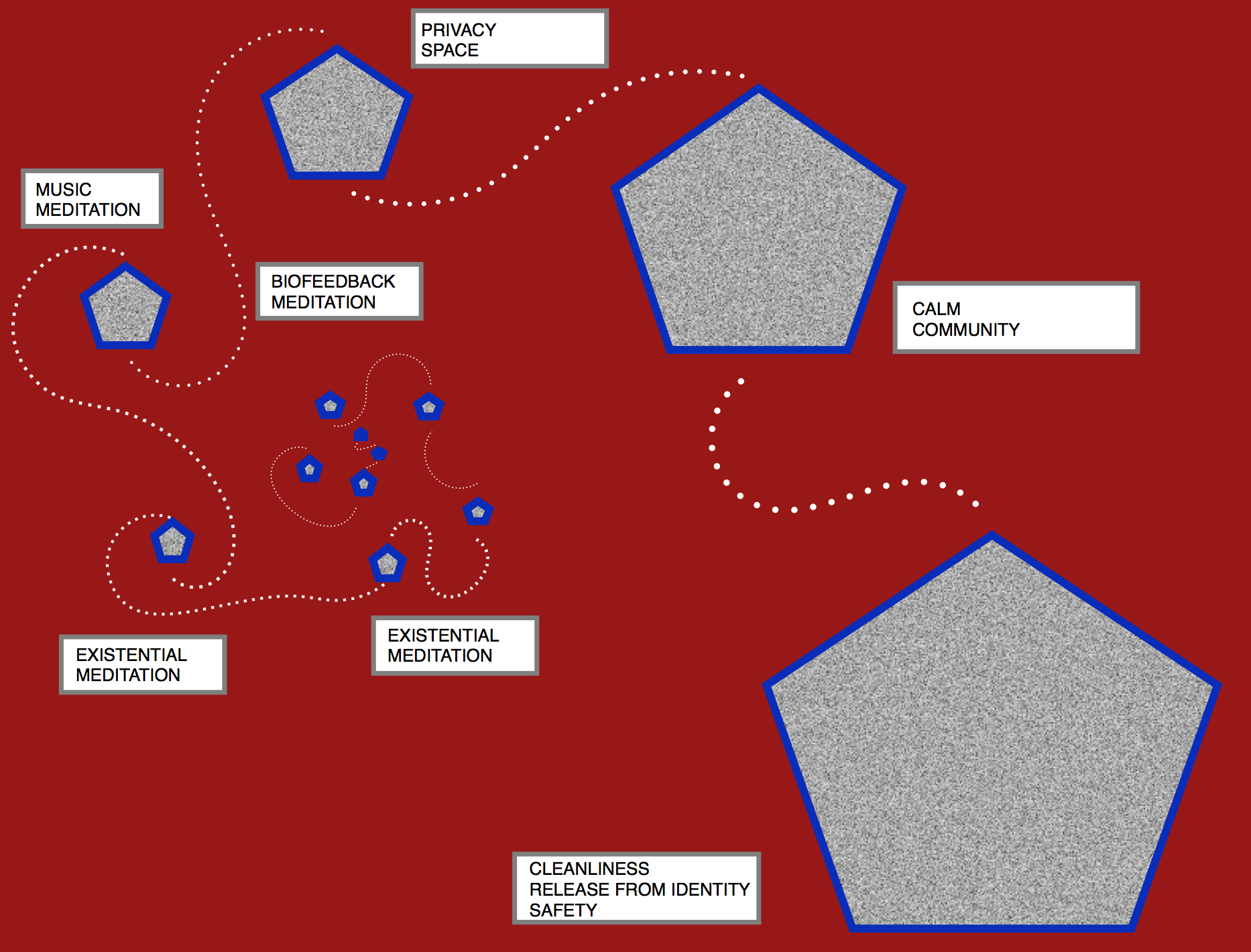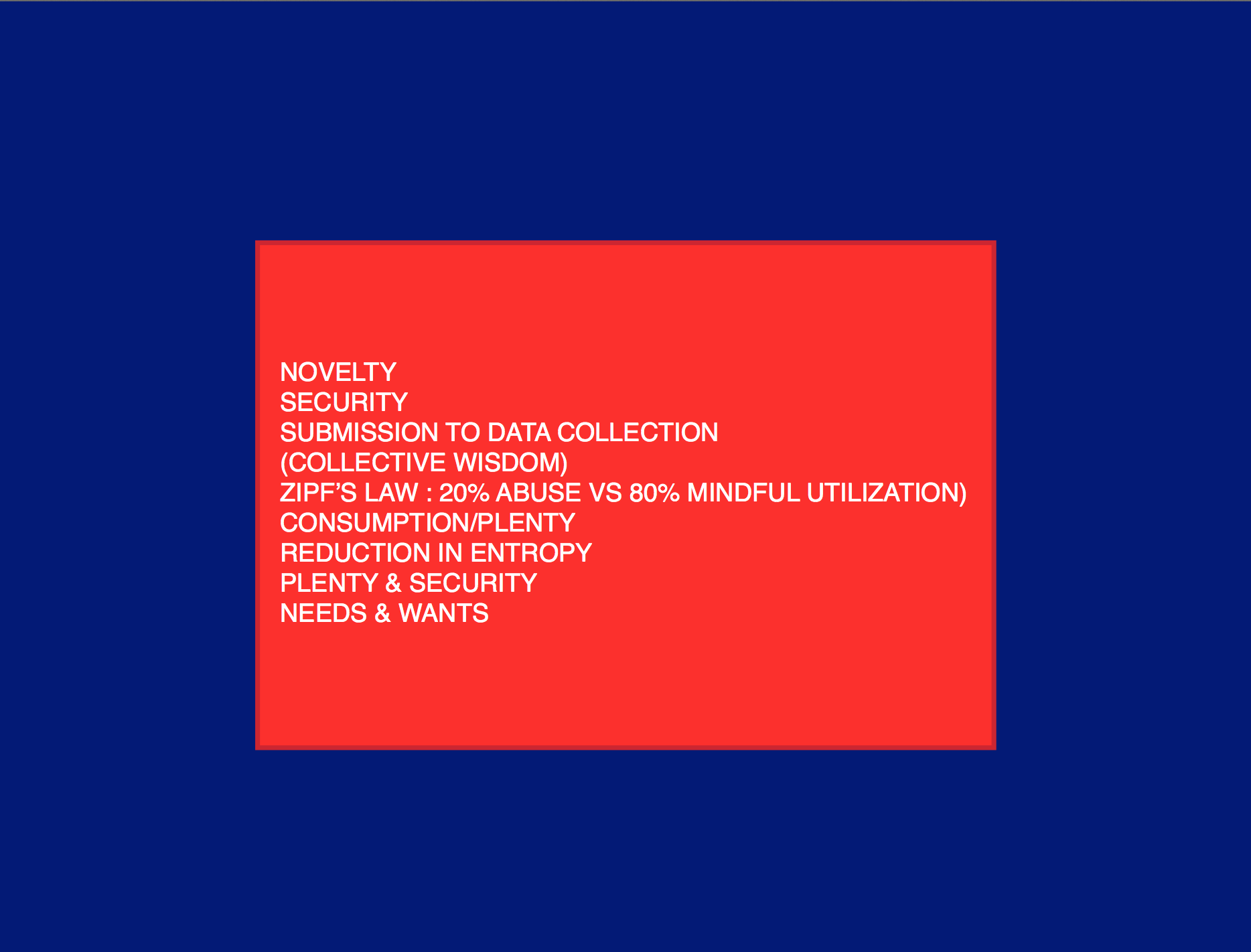NATURE OF CODE MIDTERM
"Twin Selves/small wave + LARGE WAVE"
WEIGHING MASS MEDIA: NETFLIX AND CHILLO-WATT HOURS
Digital service (Netflix Instant Streaming) reframed as product. Two measures: First, determining kilowatt hours based on router hop-count from AWS to end user (using only router power - excluding cooling of larger systems and other infrastructure the energy costs of which could not be accurately confined to one year) and coal mass equivalent. Second, we ballparked electron mass of one two hour Netflix encoding (based on a bit's swing voltage) delivered to all US Netflix subscribers (40M) over the course of one year. Assumes every user watches at least one movie during a year of Netflix subscription.
For Product Autopsy. Project collaboration with Gabe Weintraub.
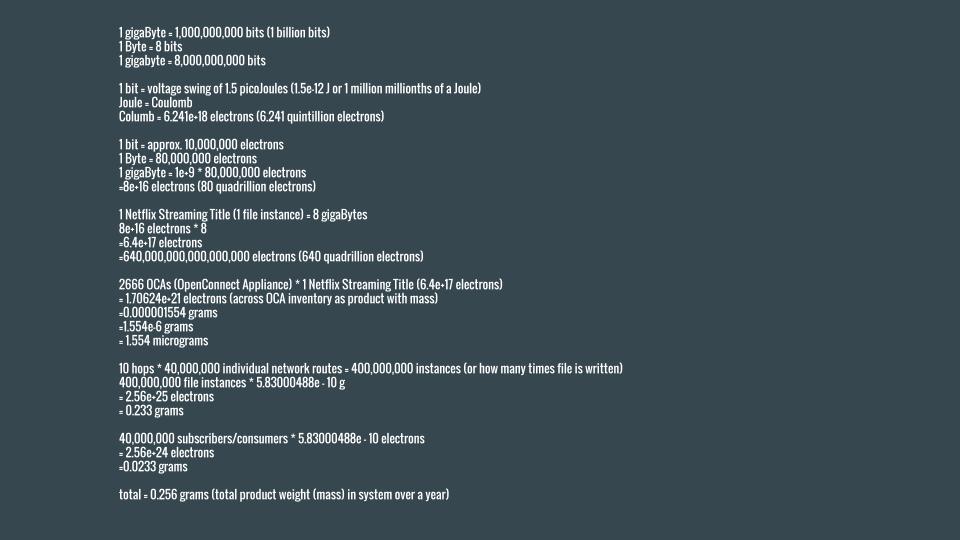
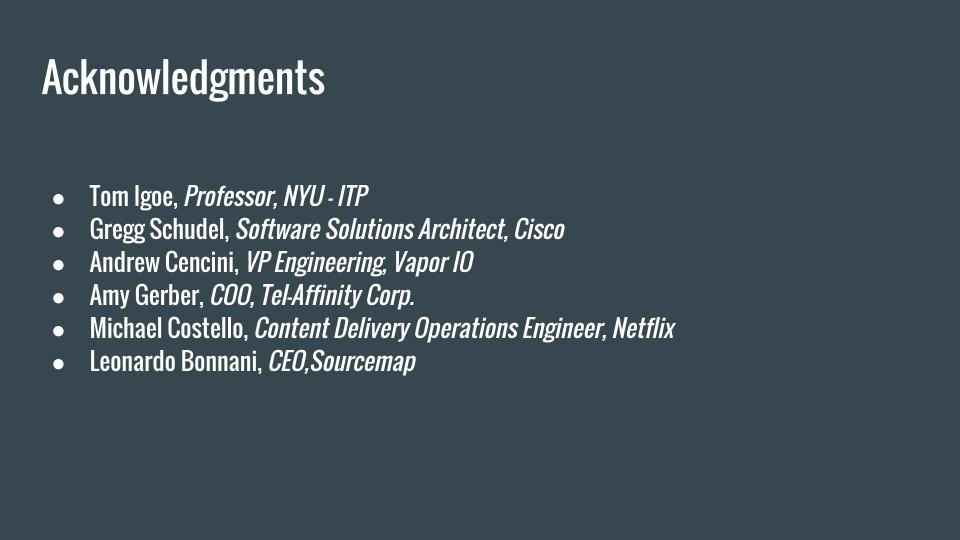
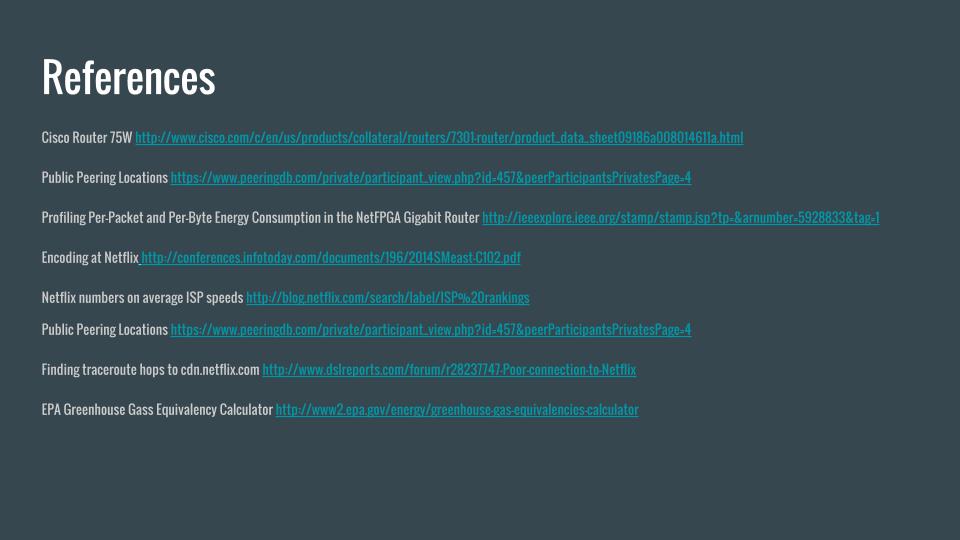
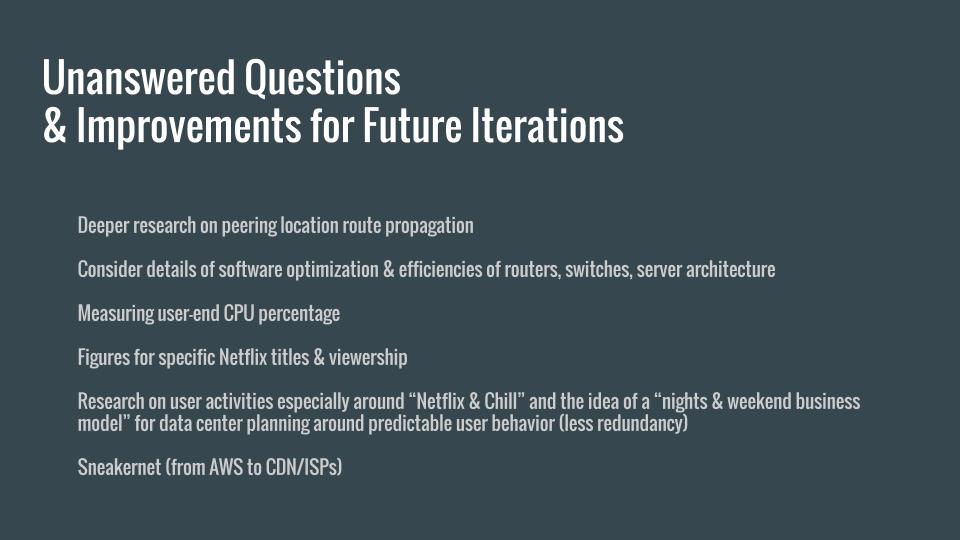
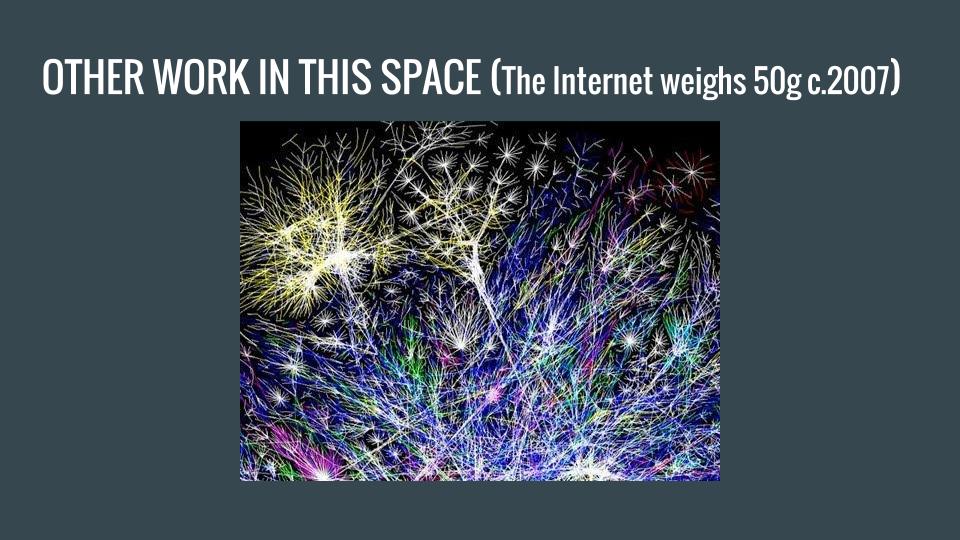
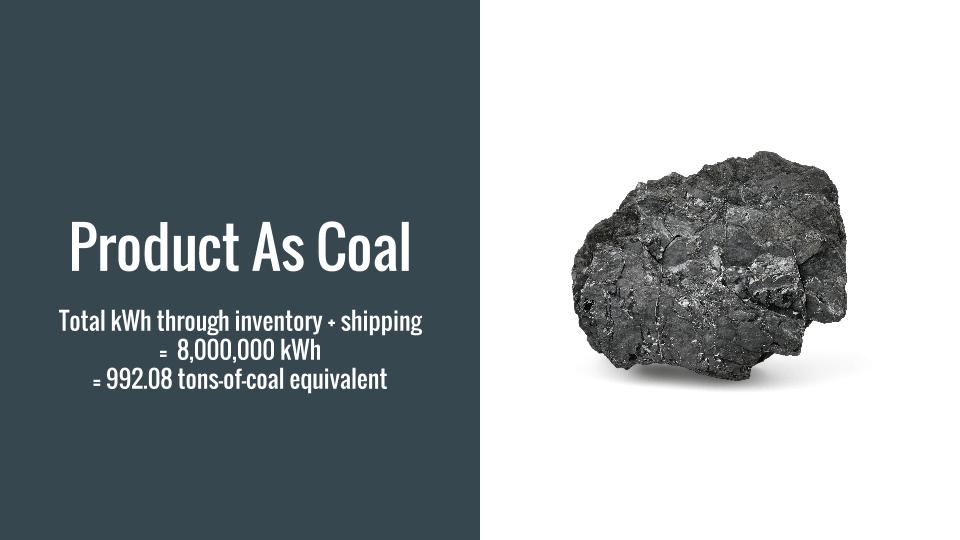
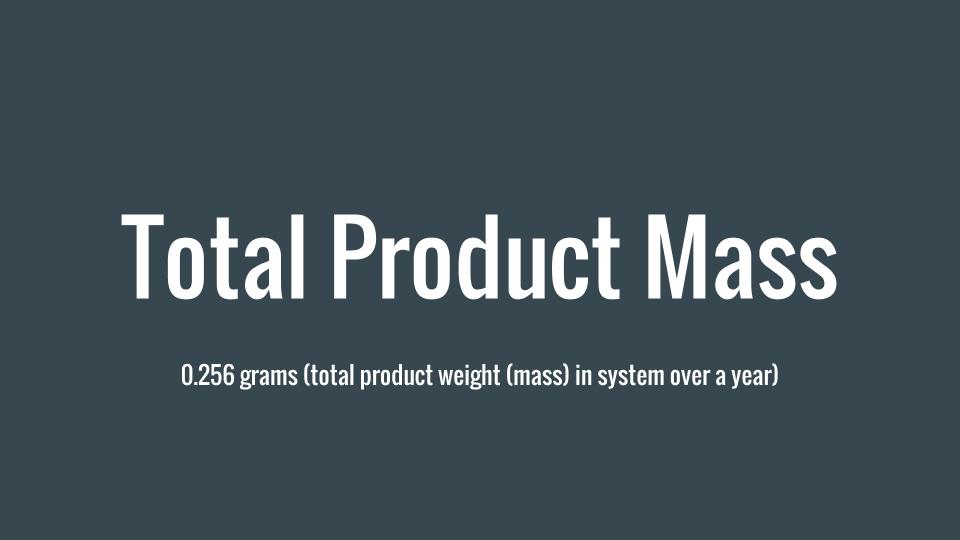
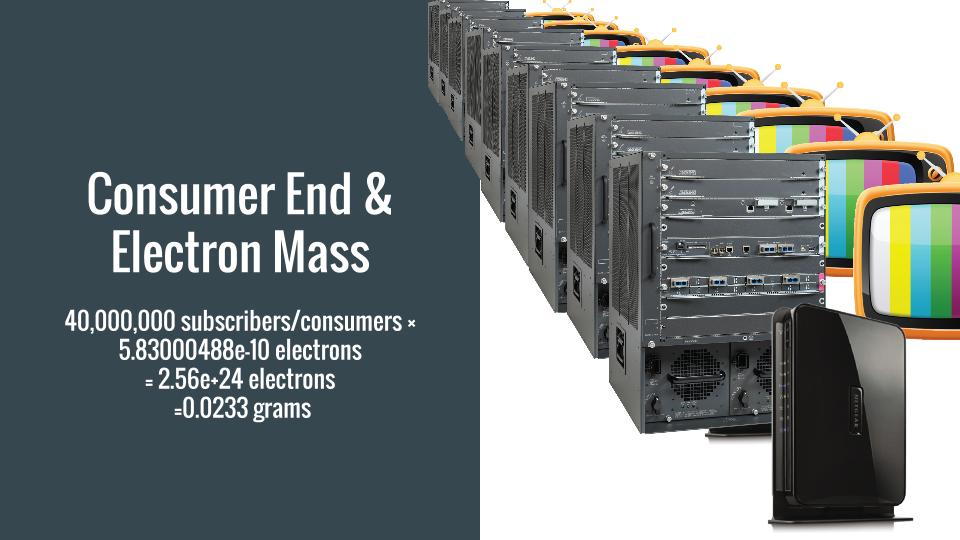
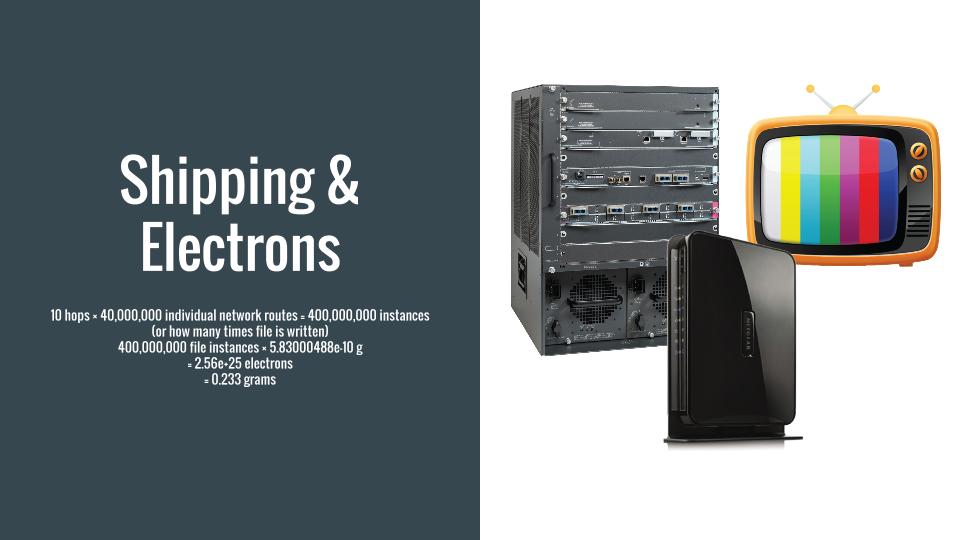
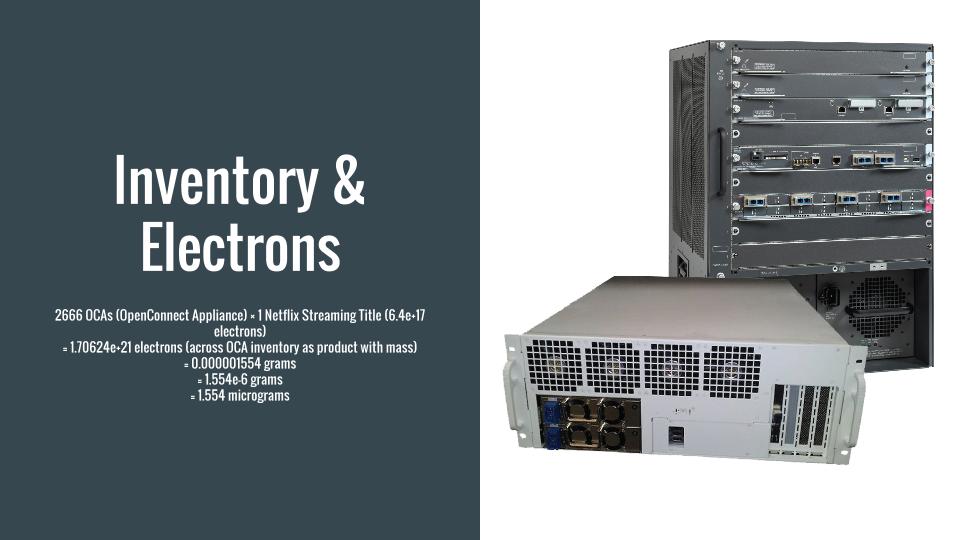
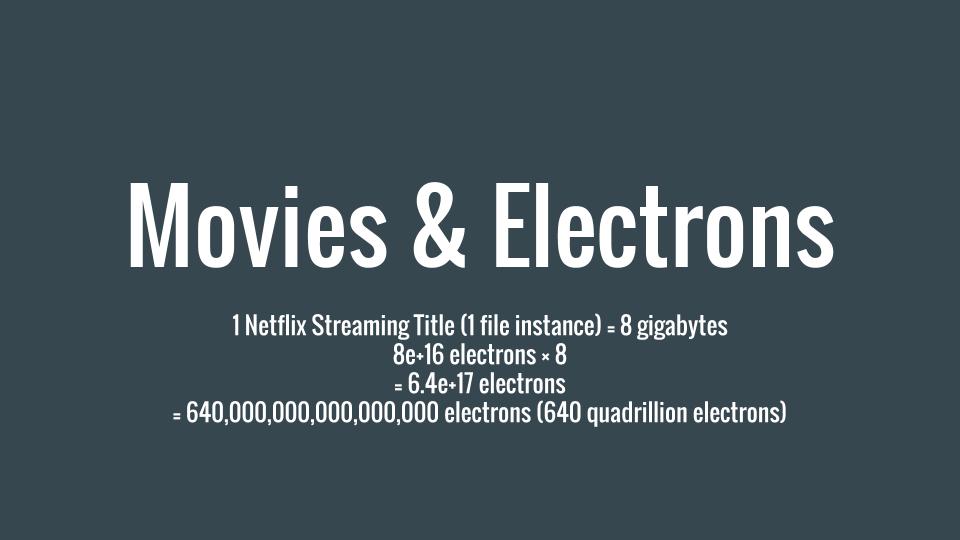
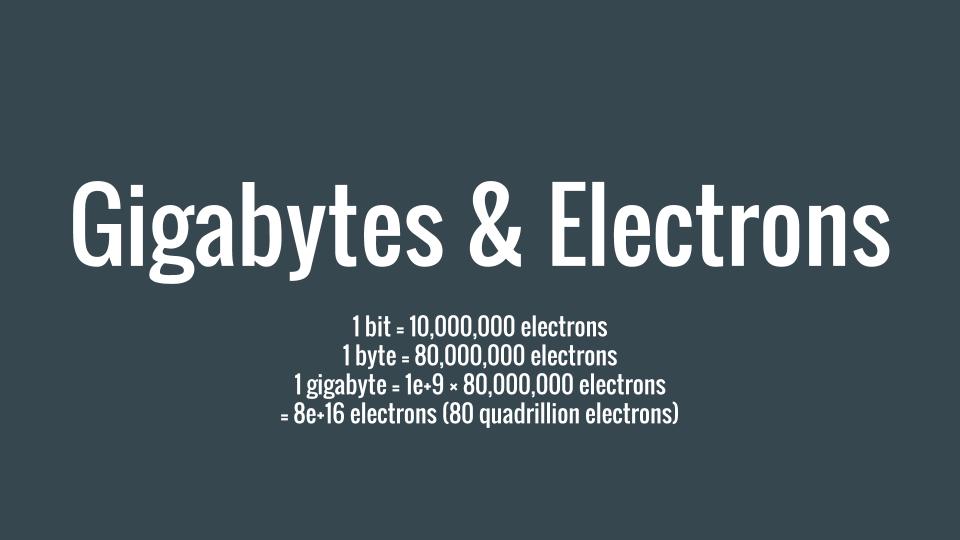
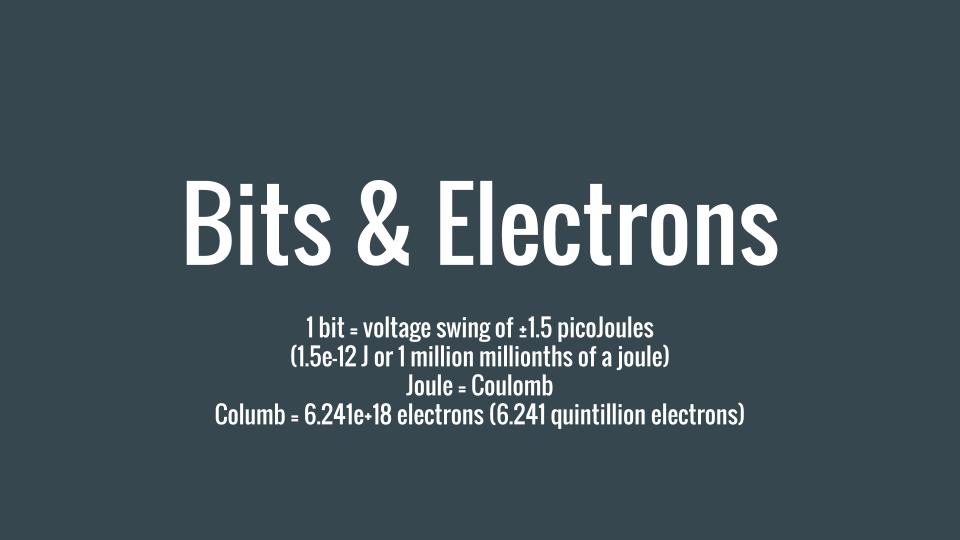
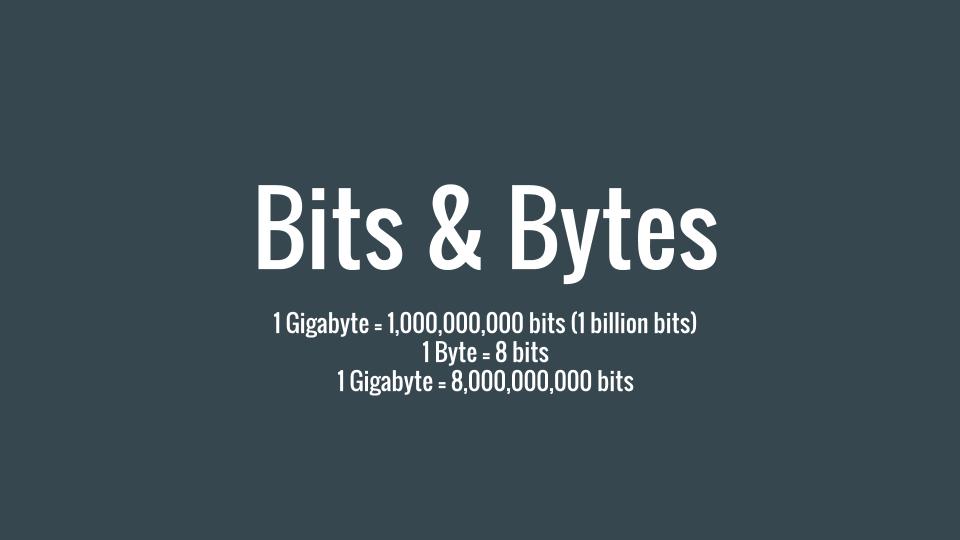
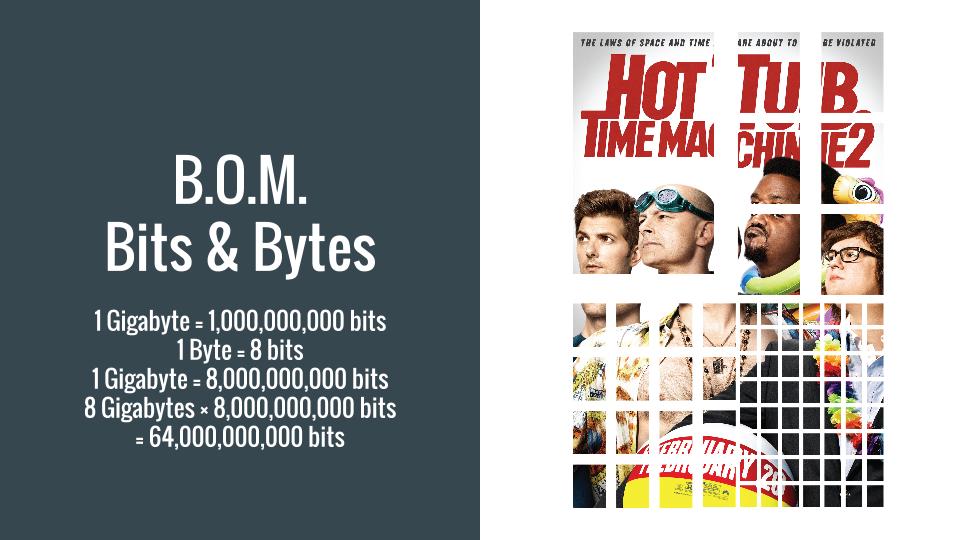
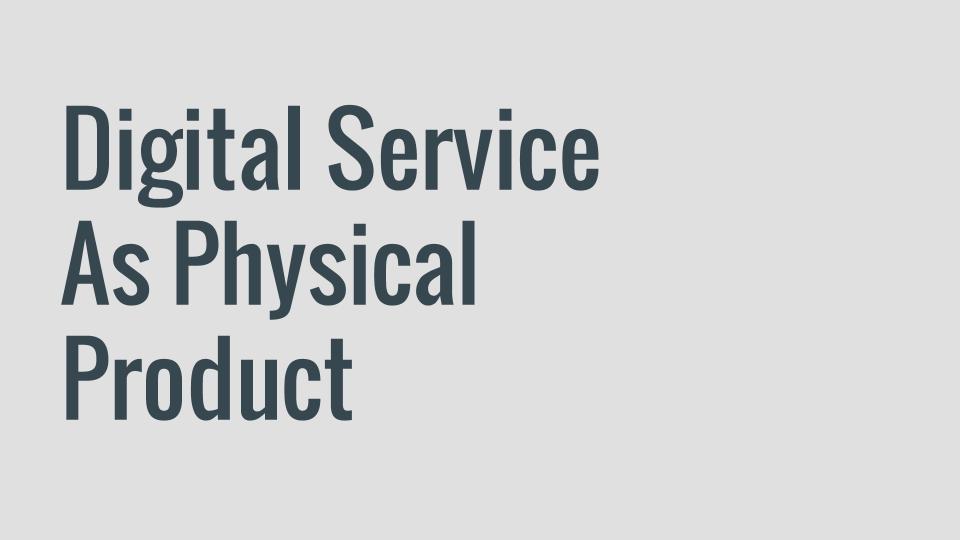
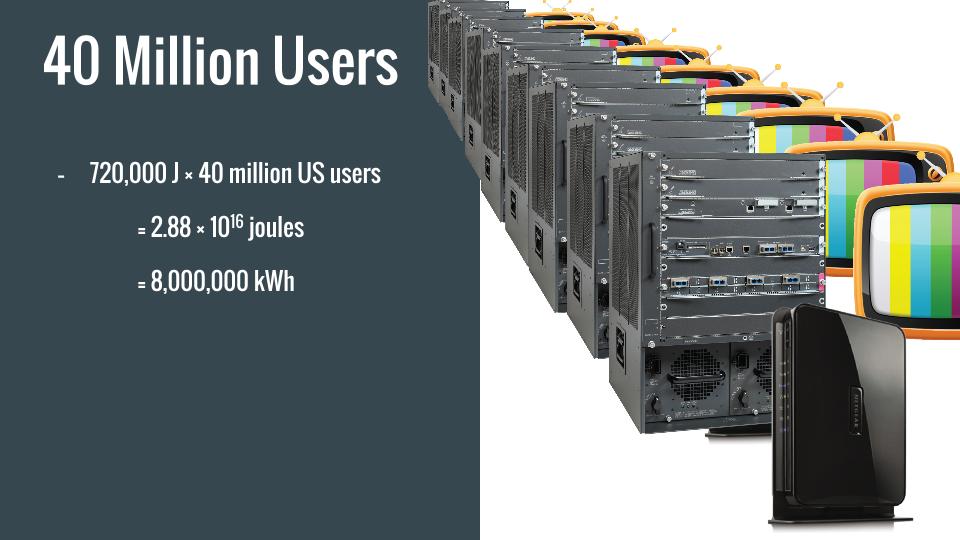
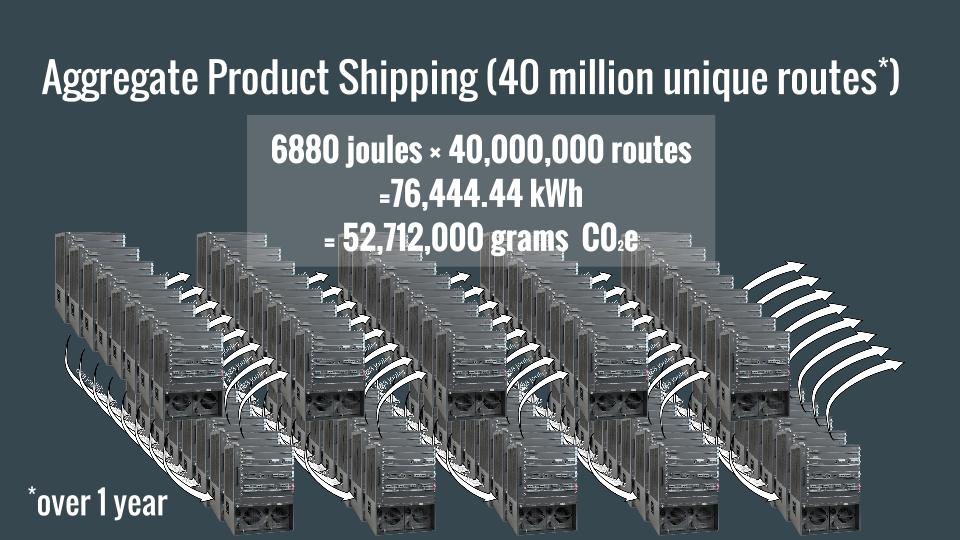
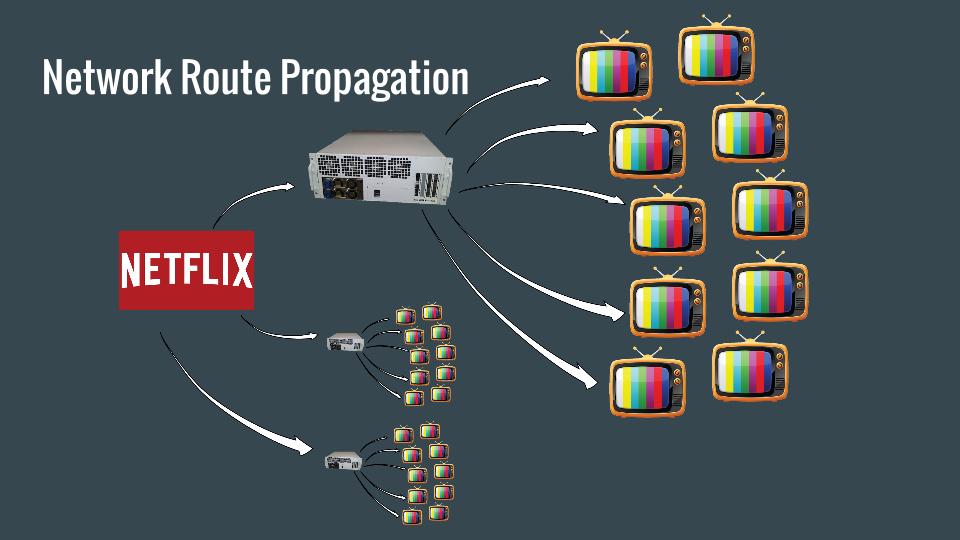
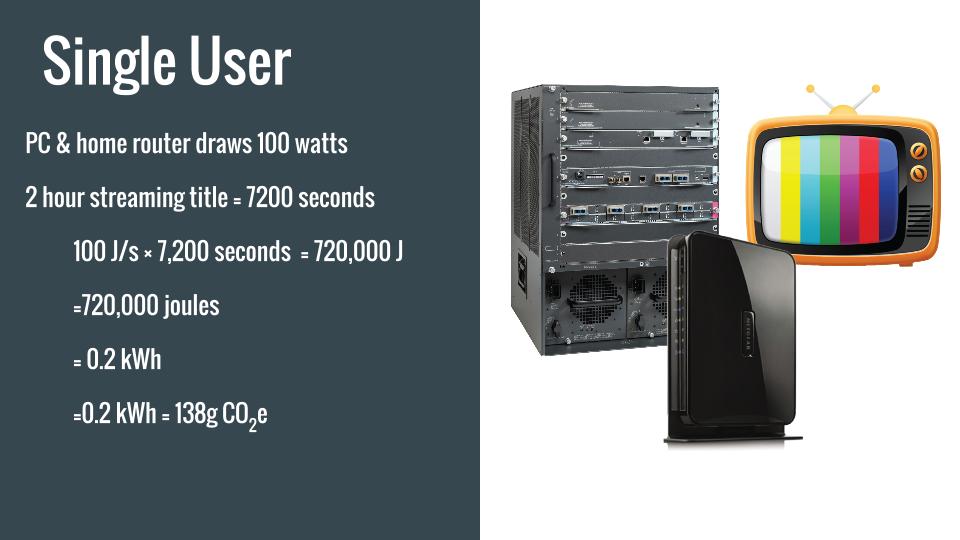

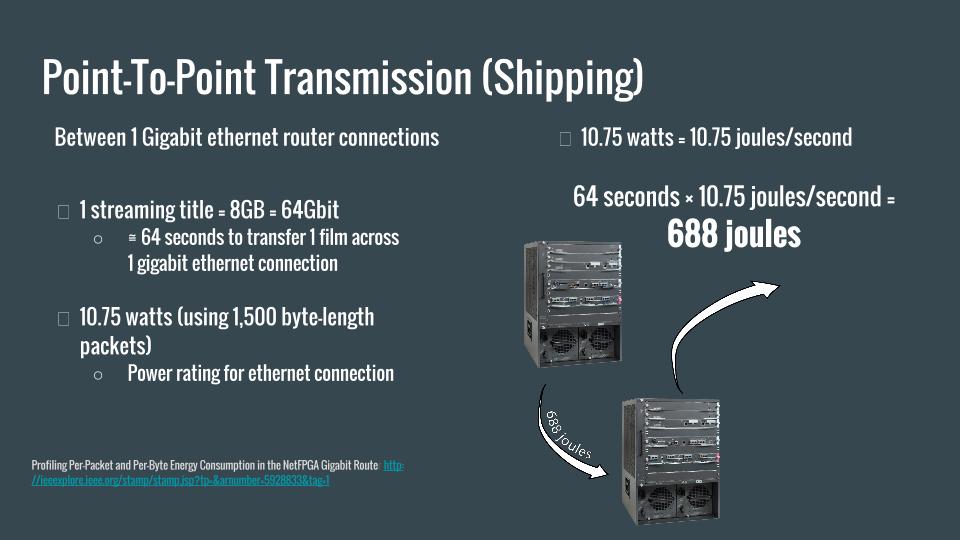
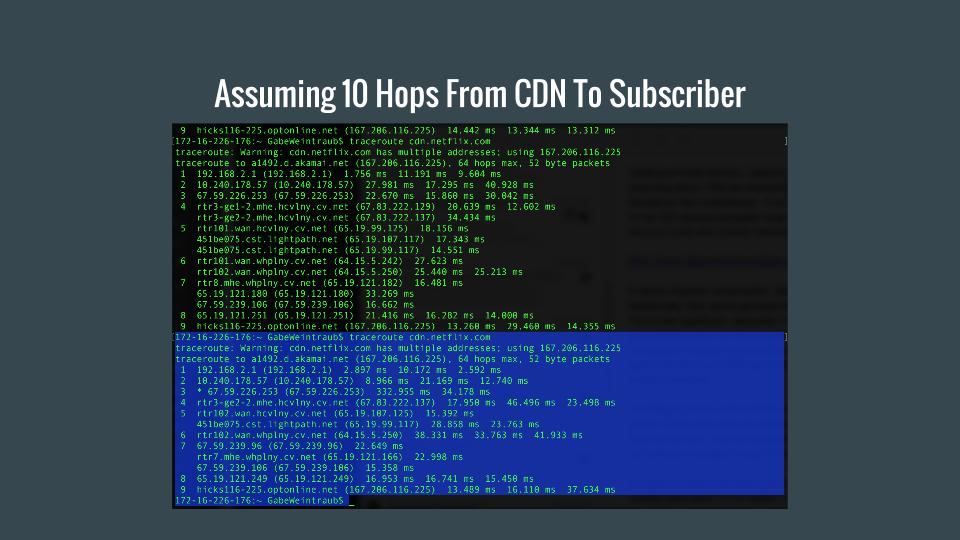
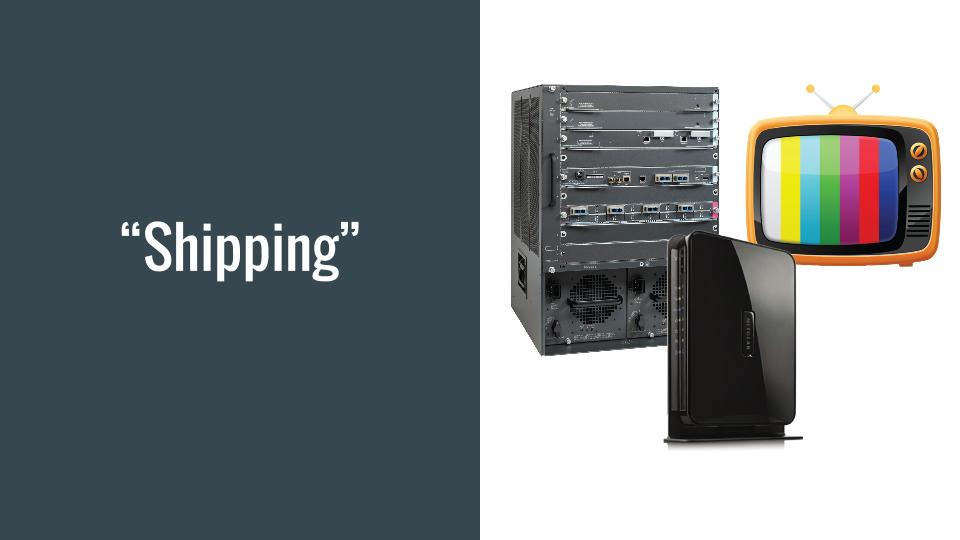
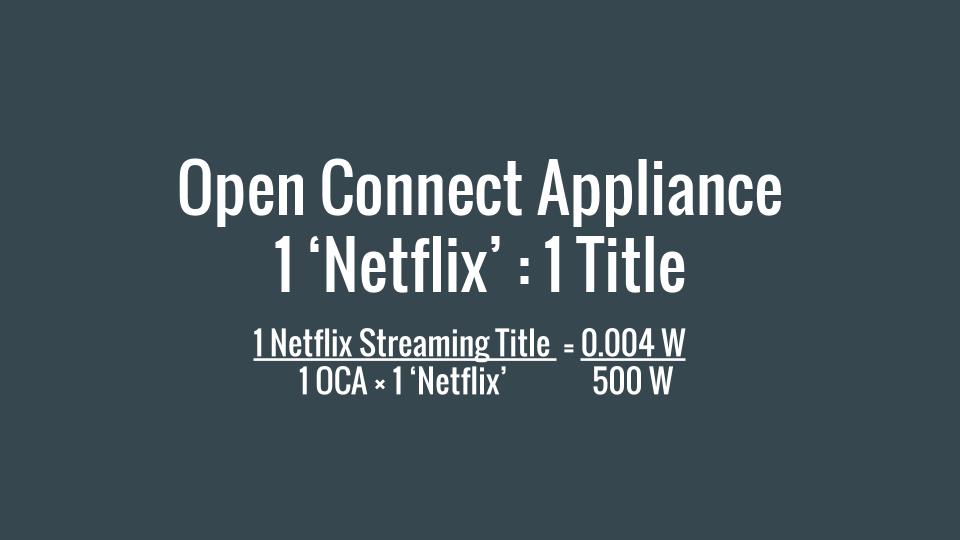
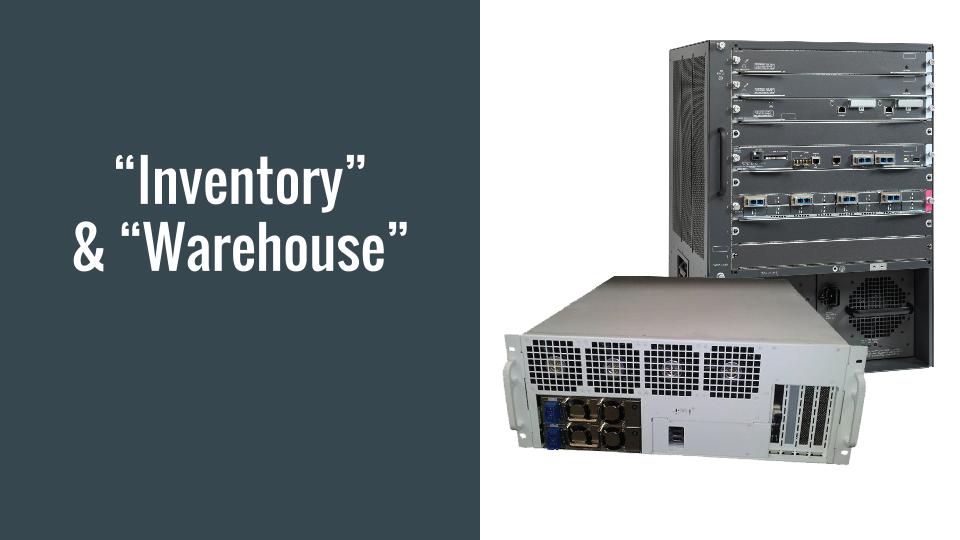

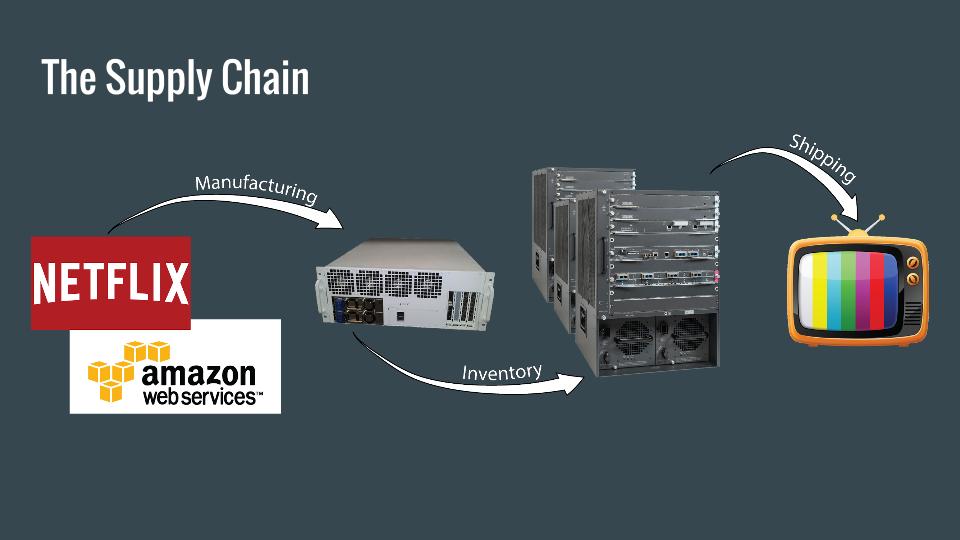
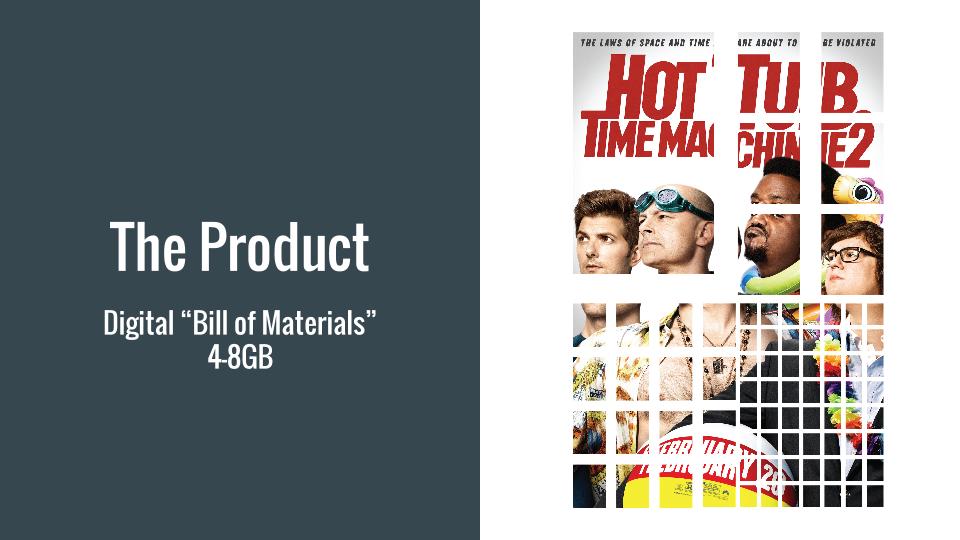
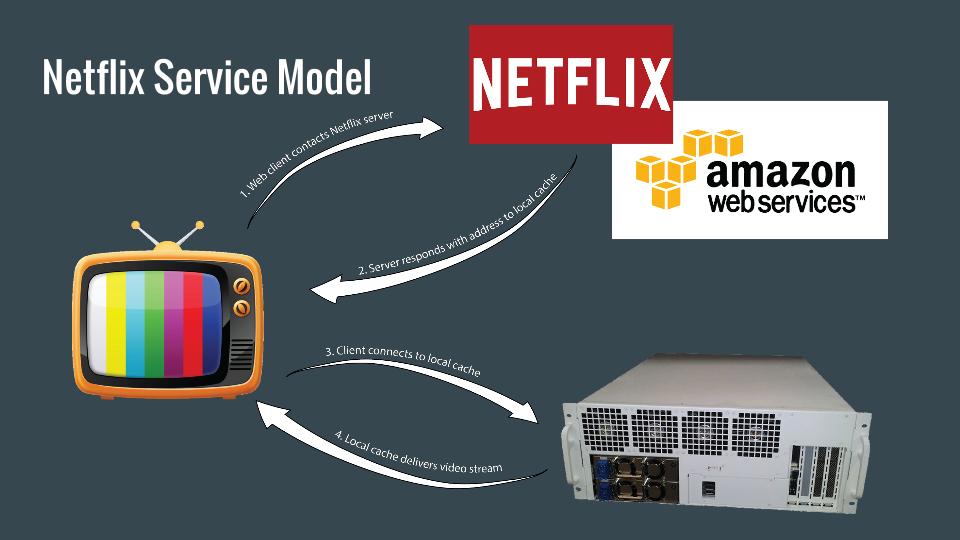
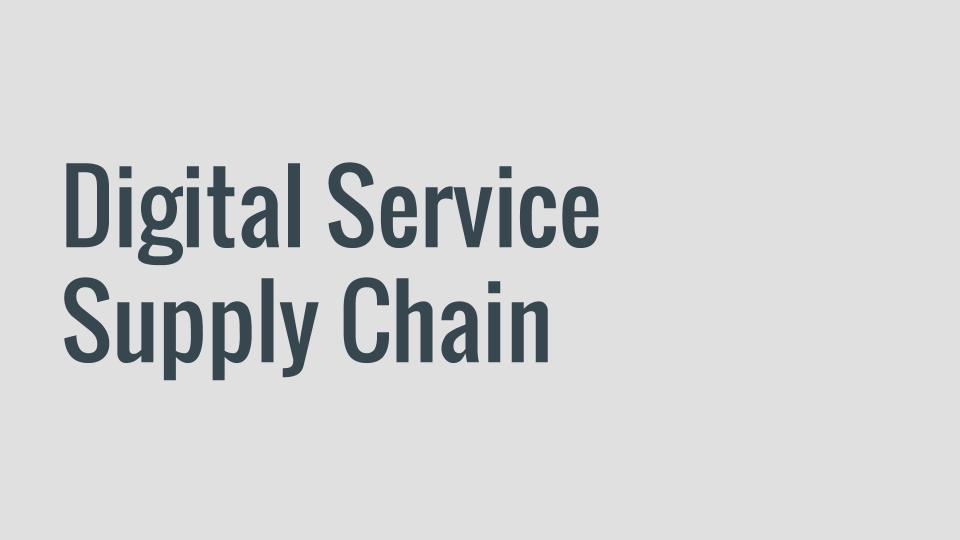
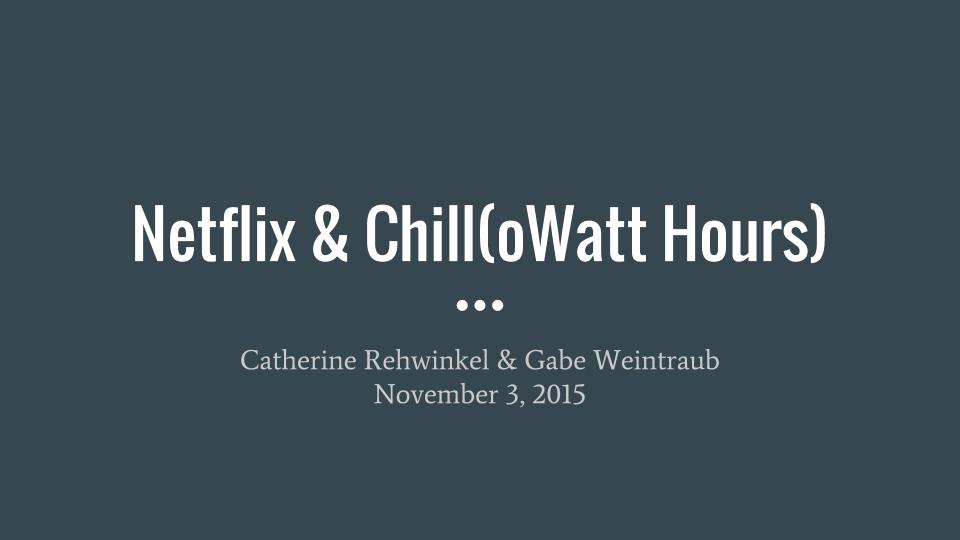
research https://docs.google.com/a/nyu.edu/presentation/d/164lcWOTesGK0jiWSeAXWss0H1HMaeHLxbDYoufXyIiA/edit?usp=sharing
ARGOT : A FOLK DEFIANCE
Stratosphere of Surveillance Final Presentation
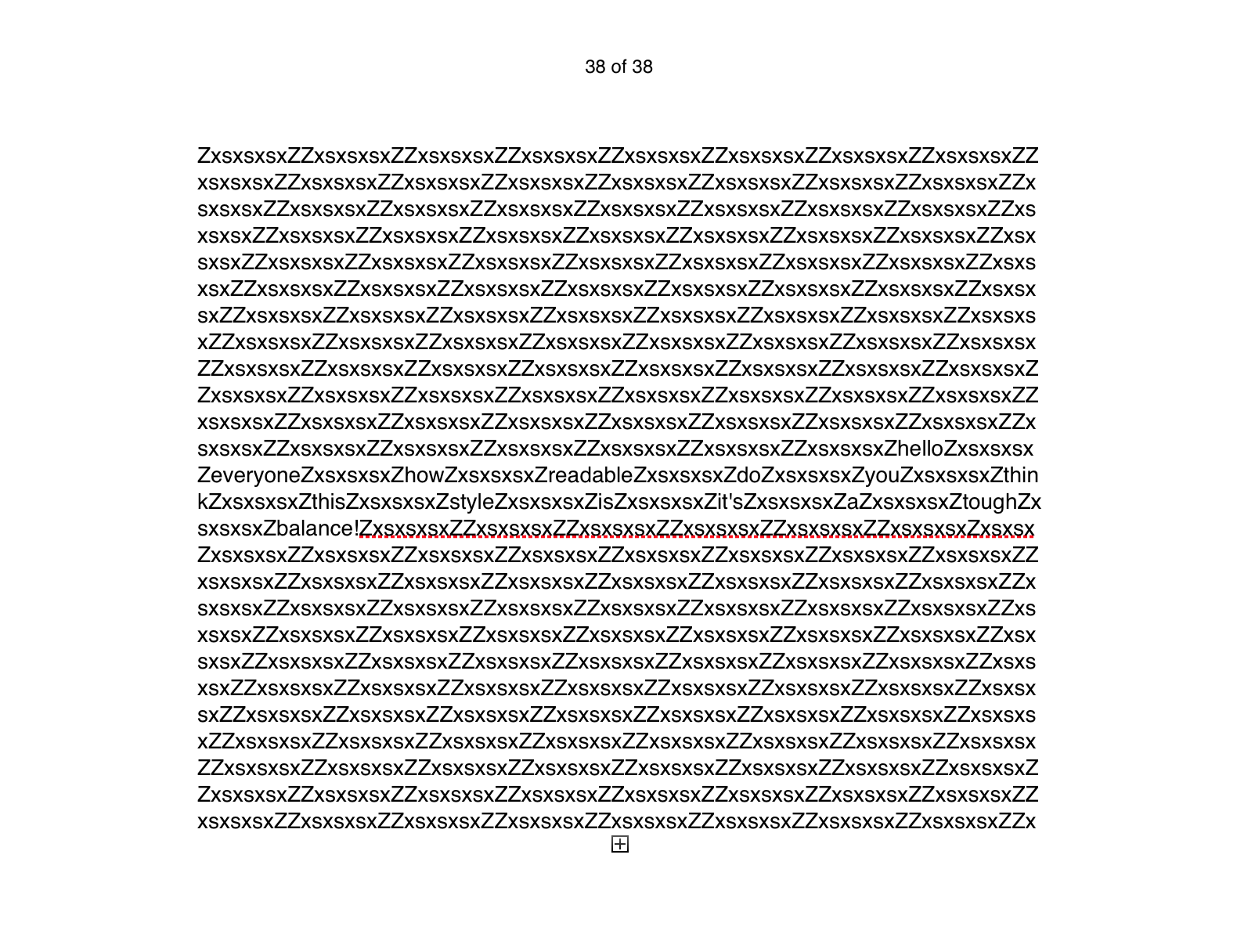
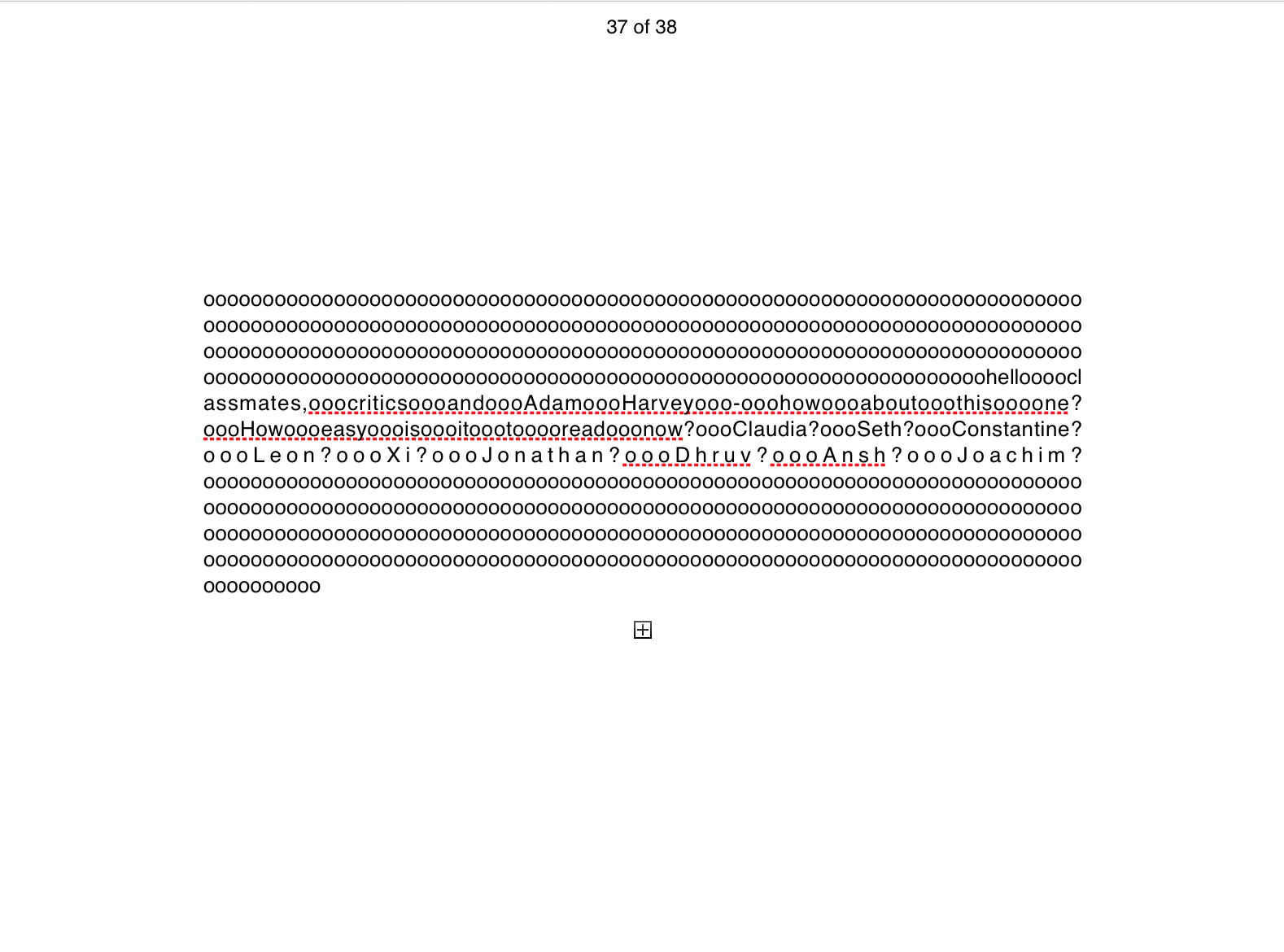

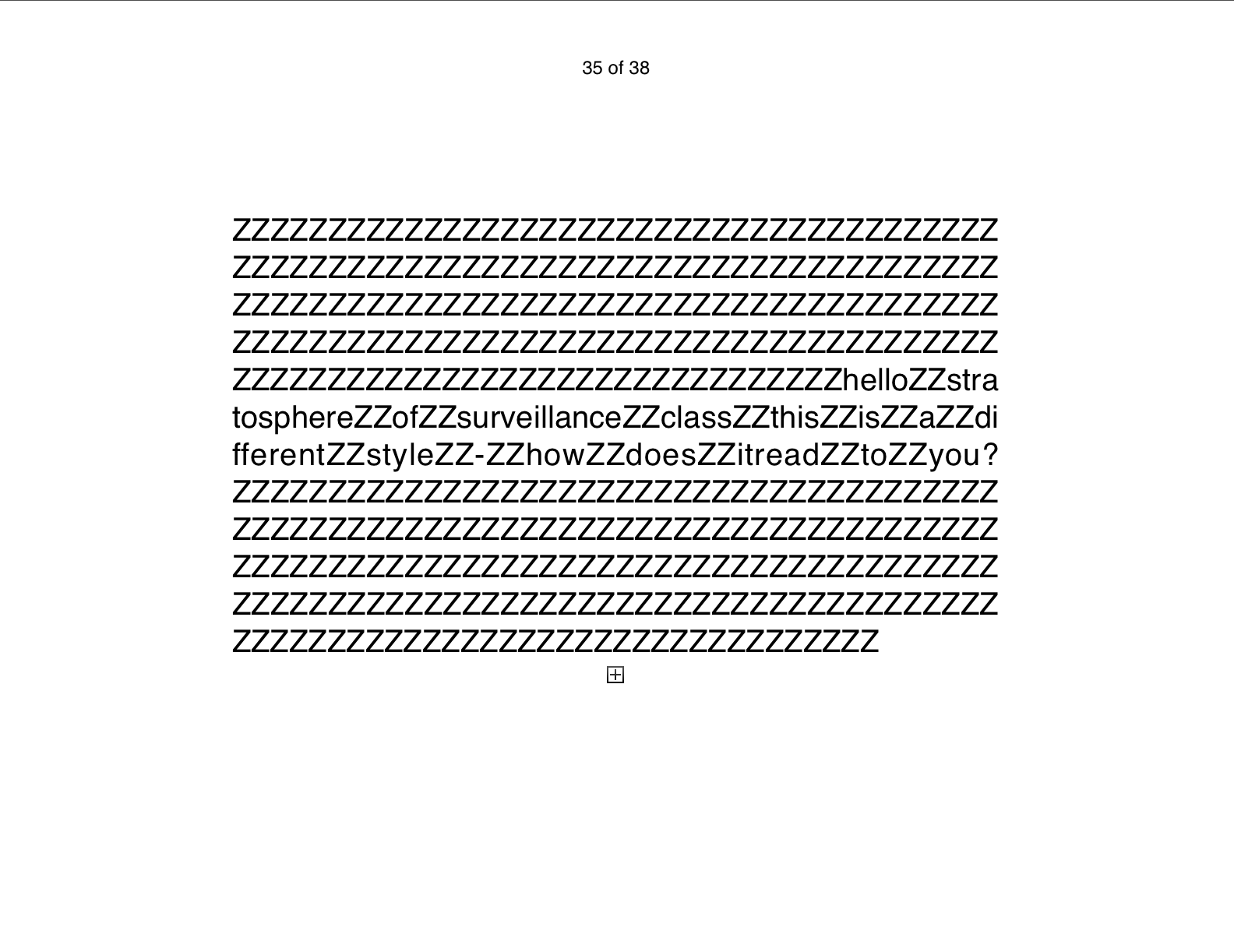
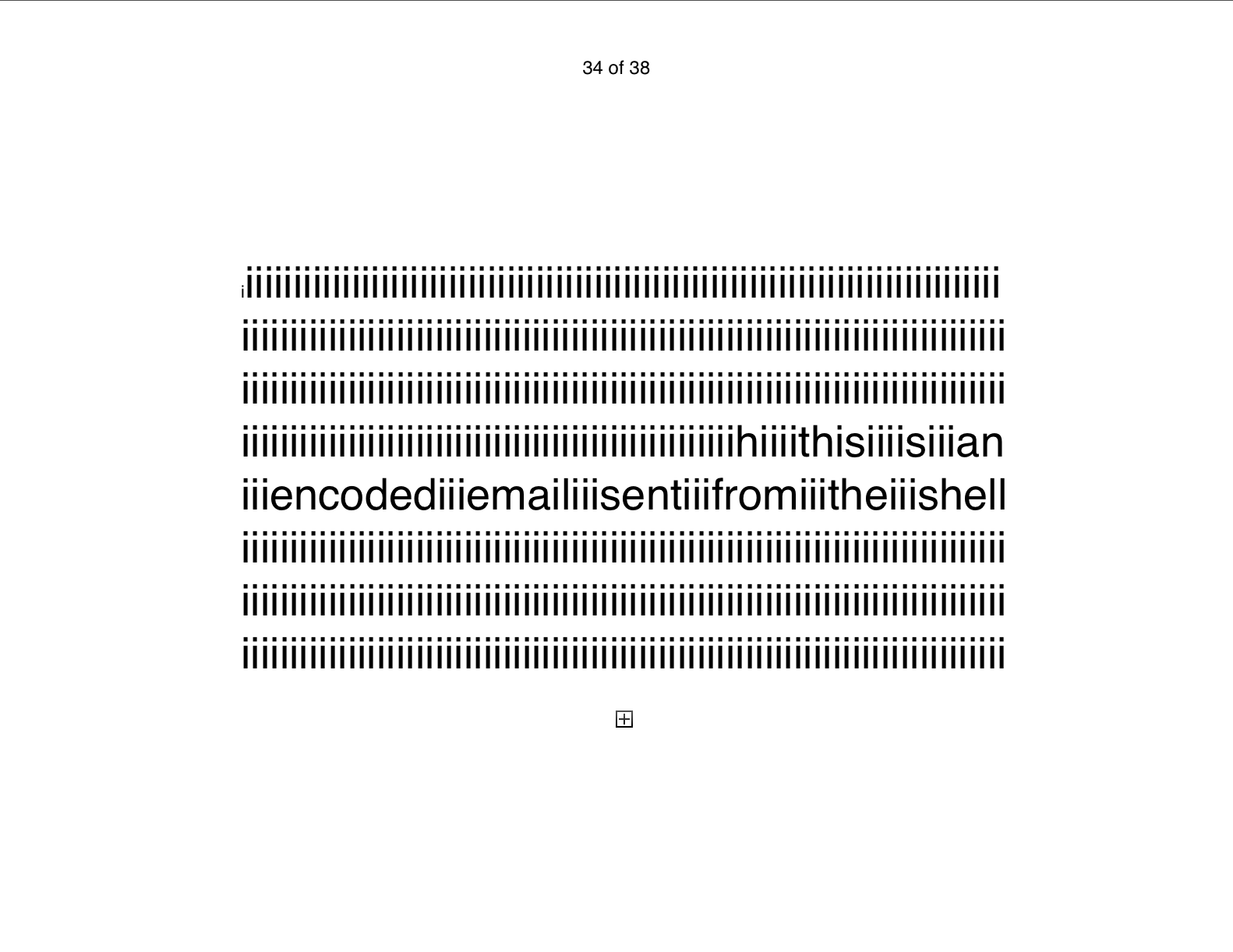
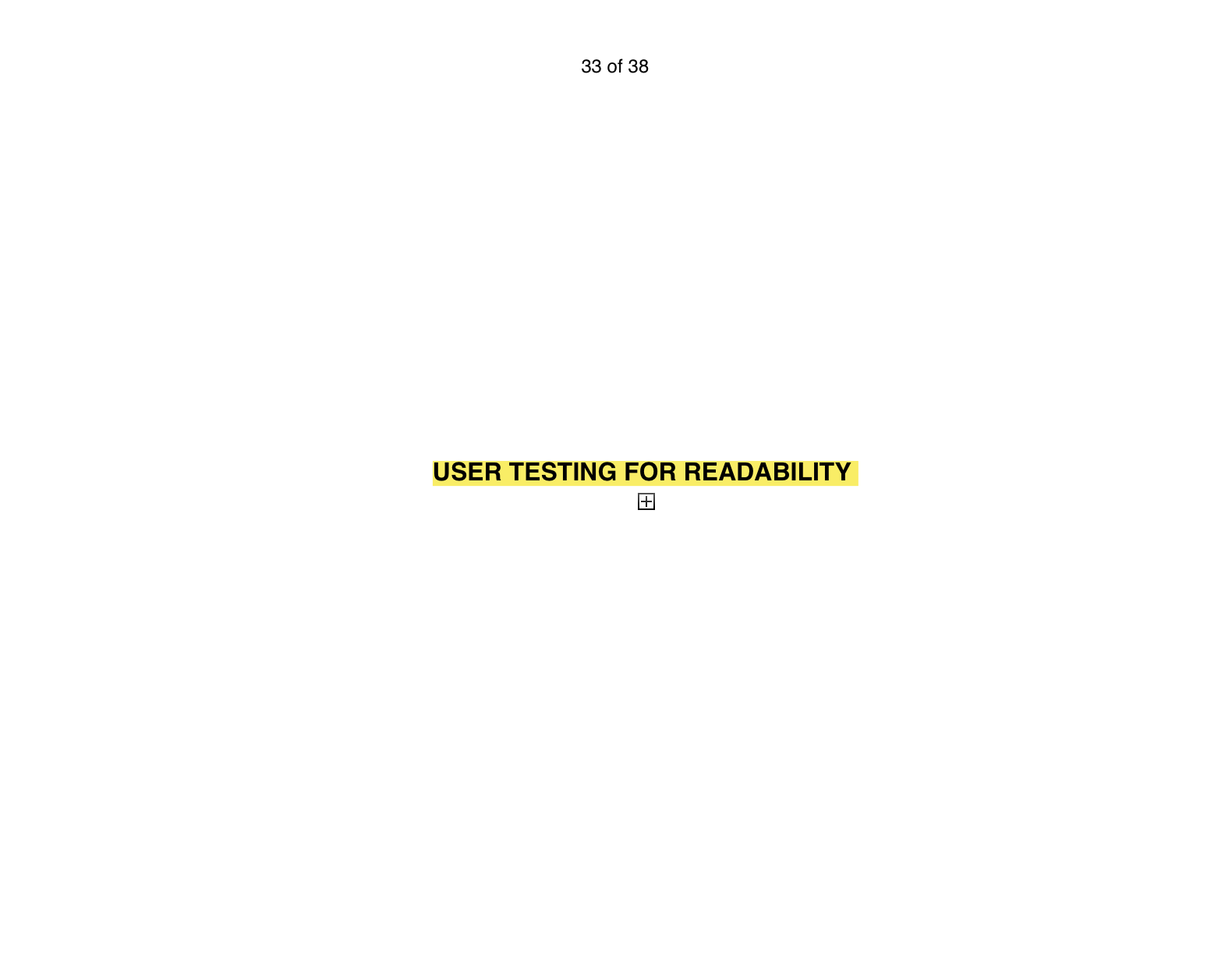
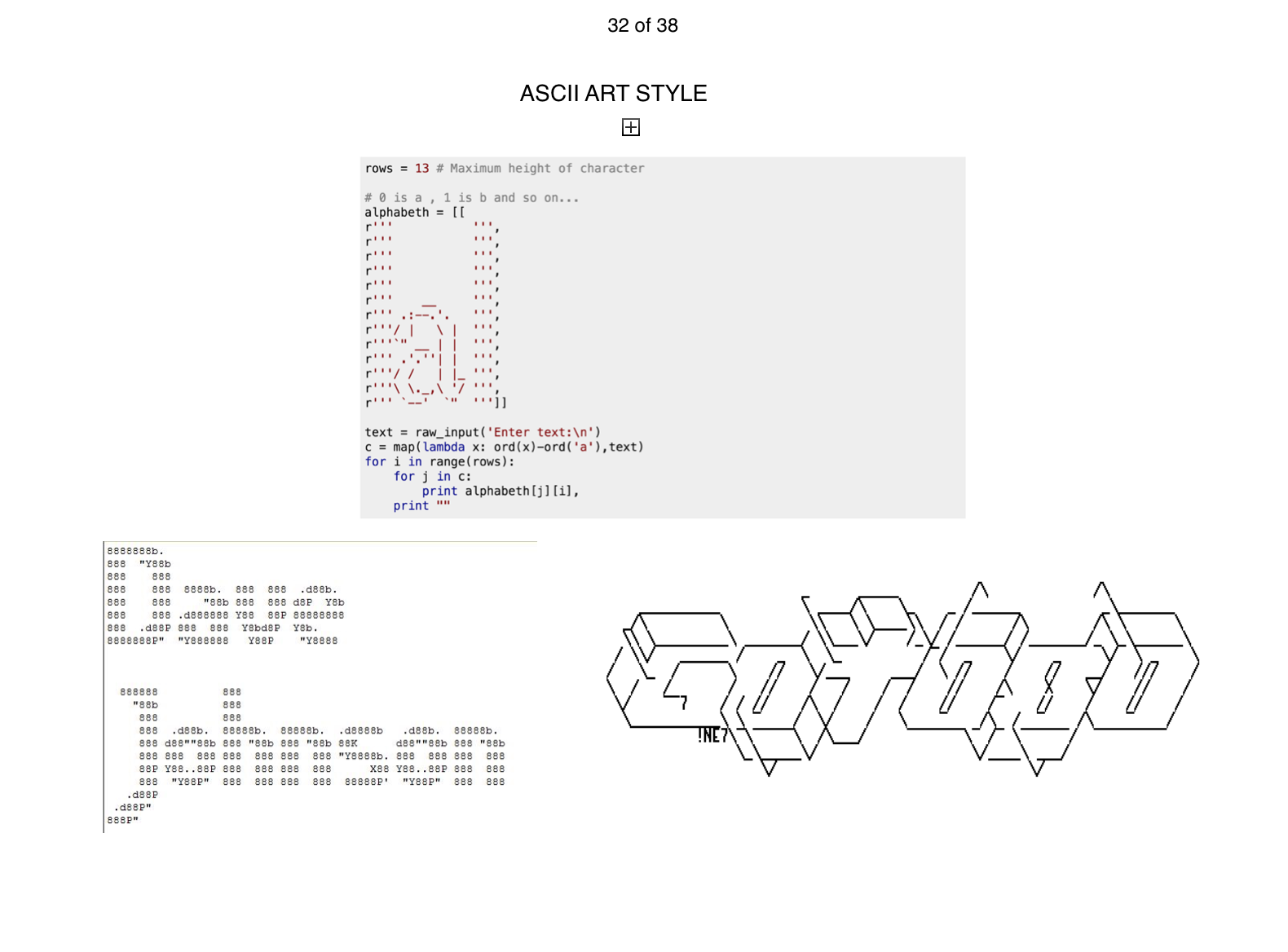
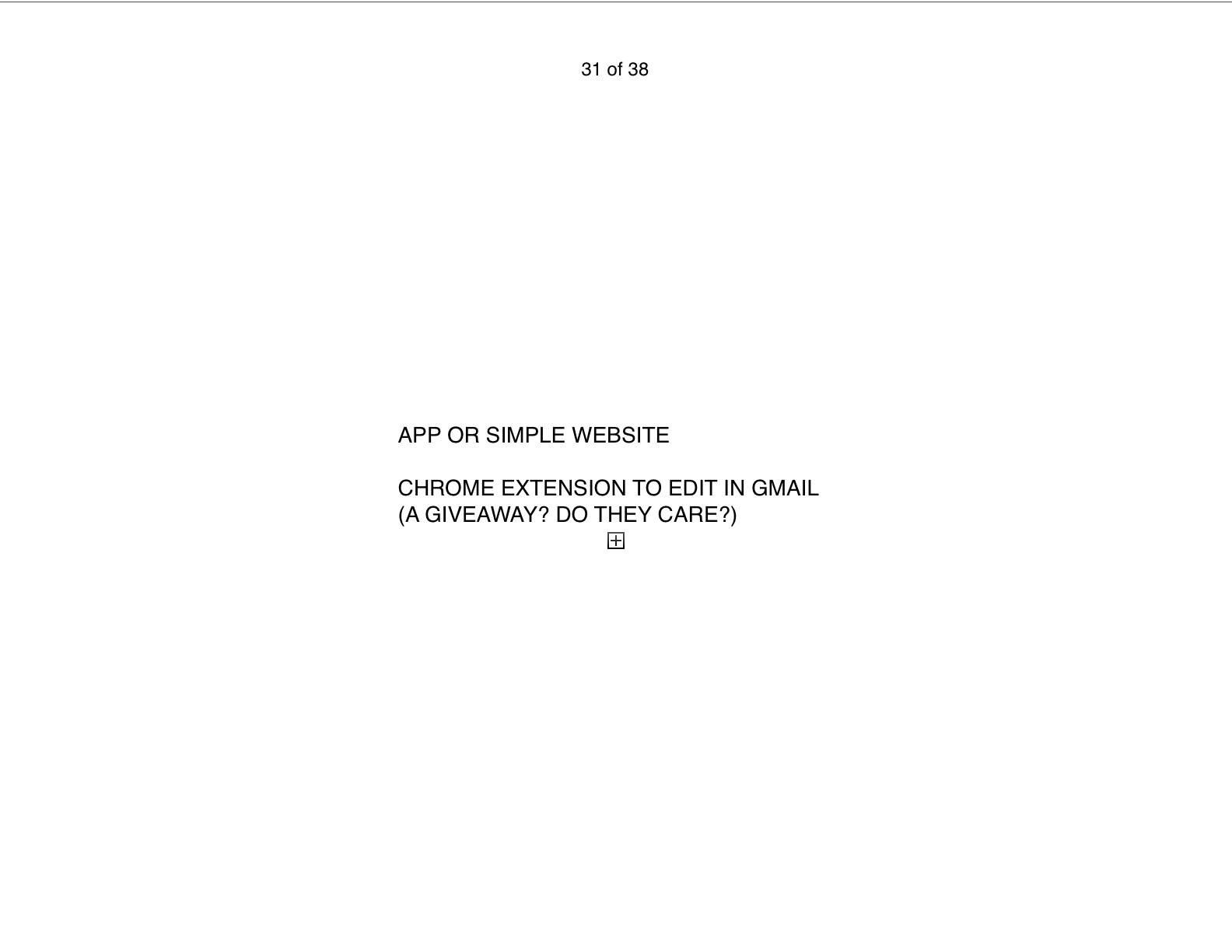

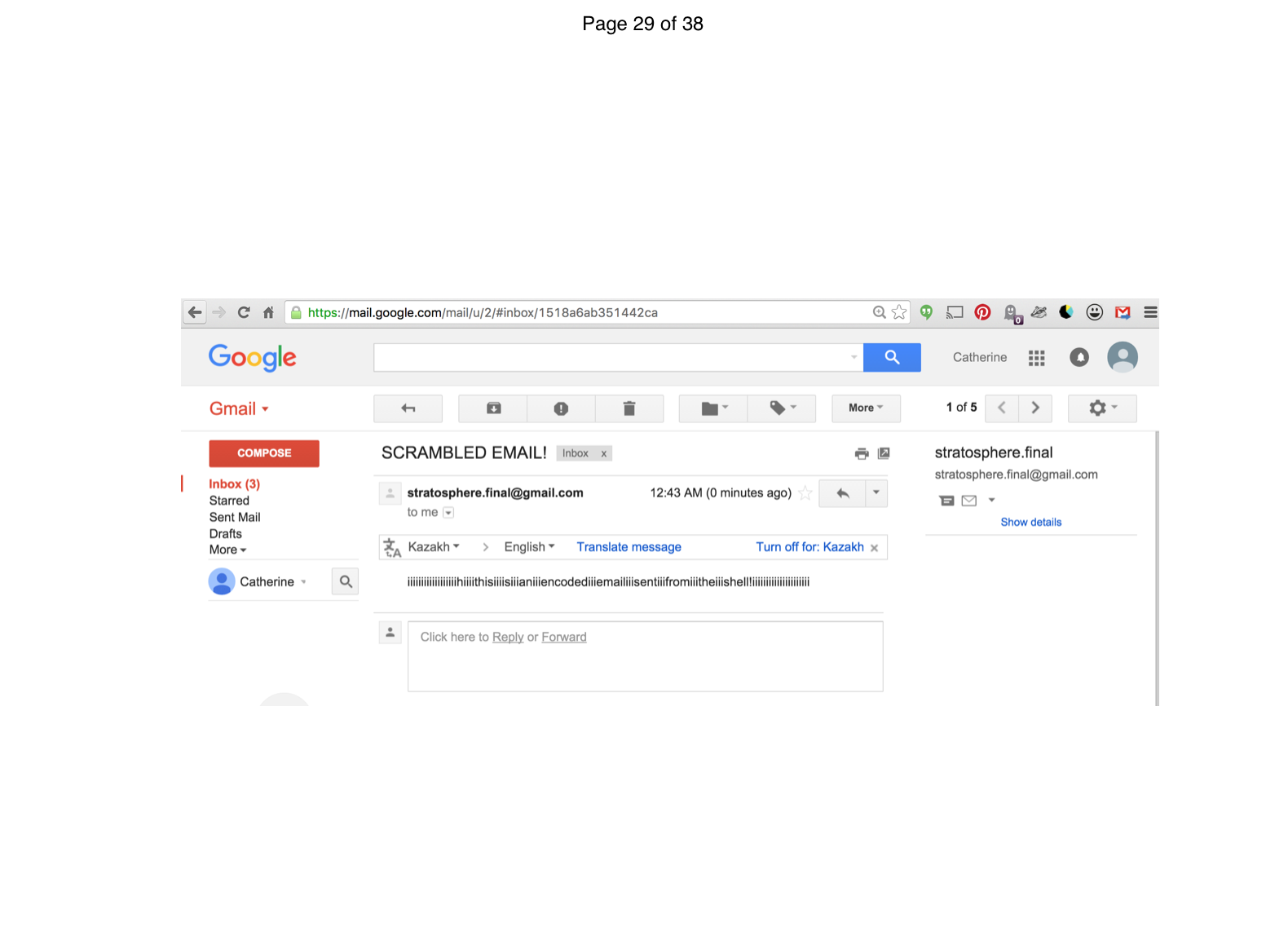
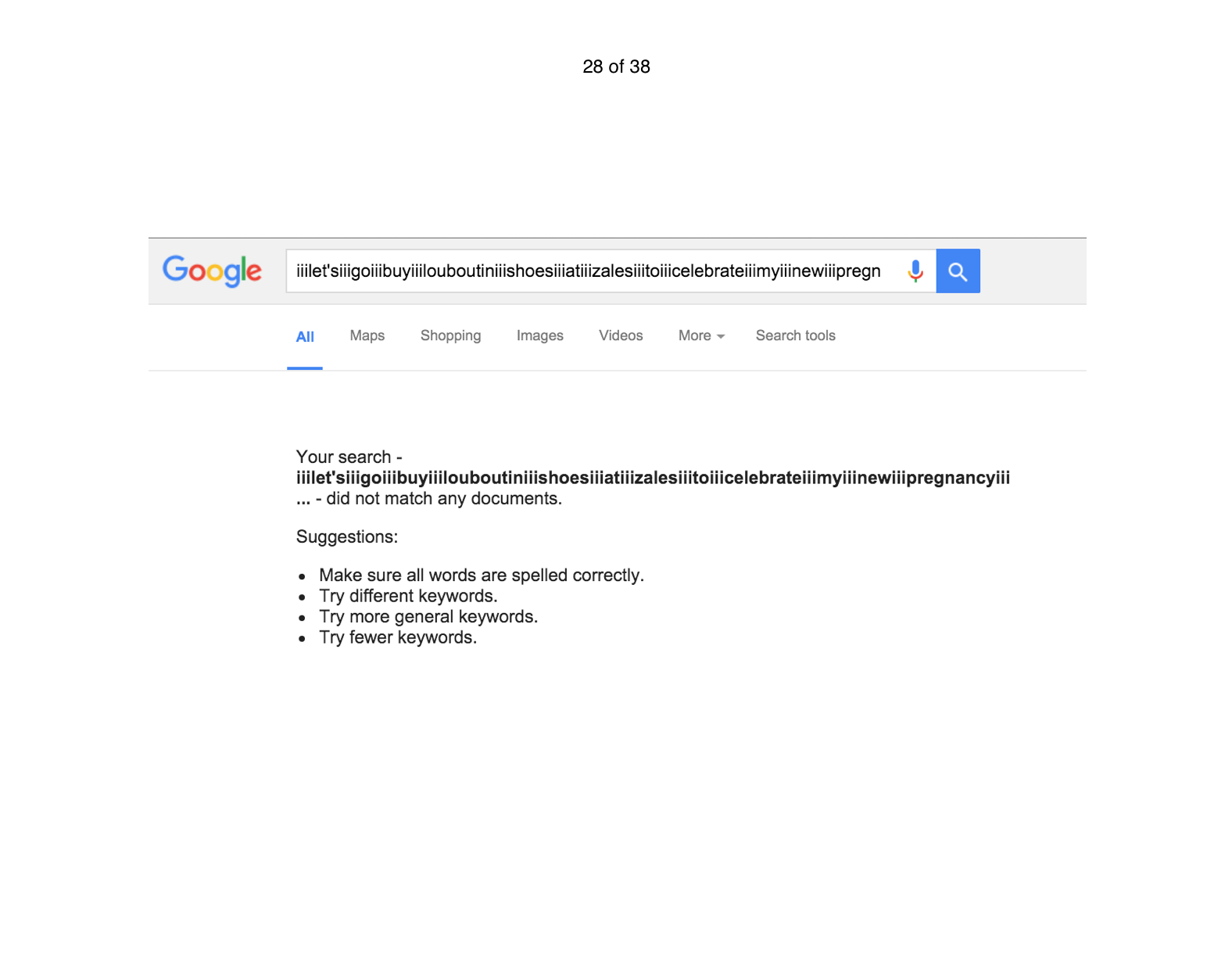
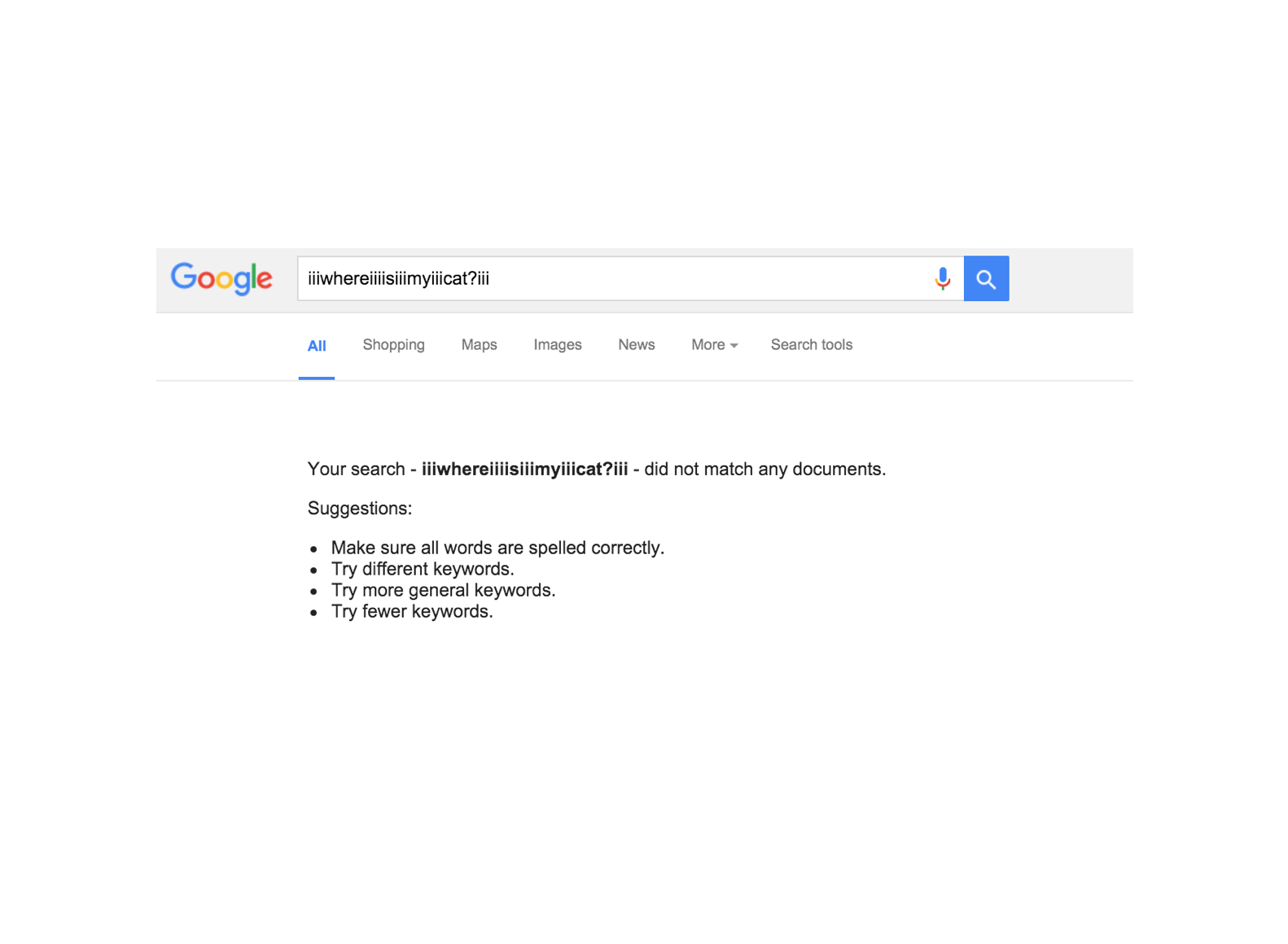
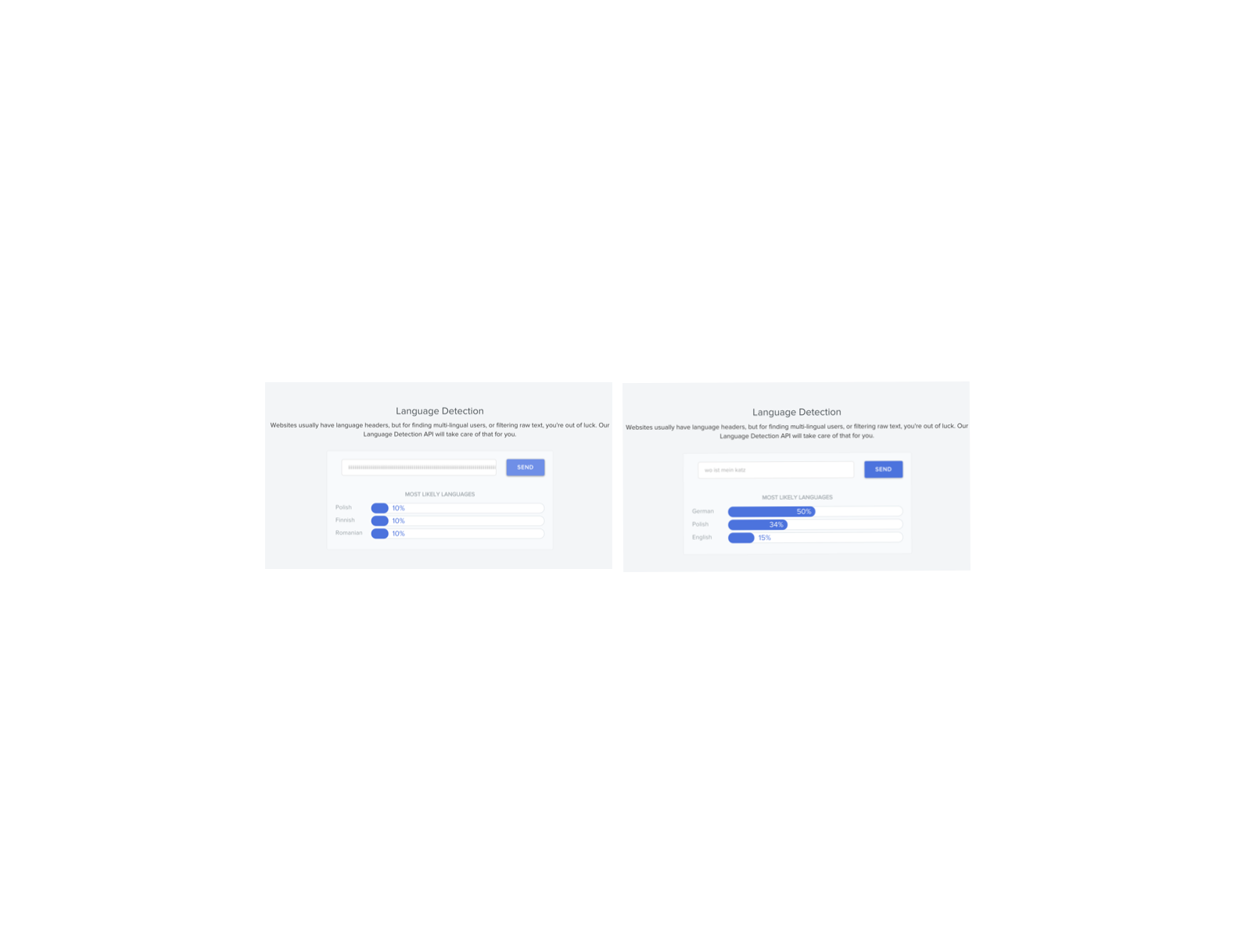

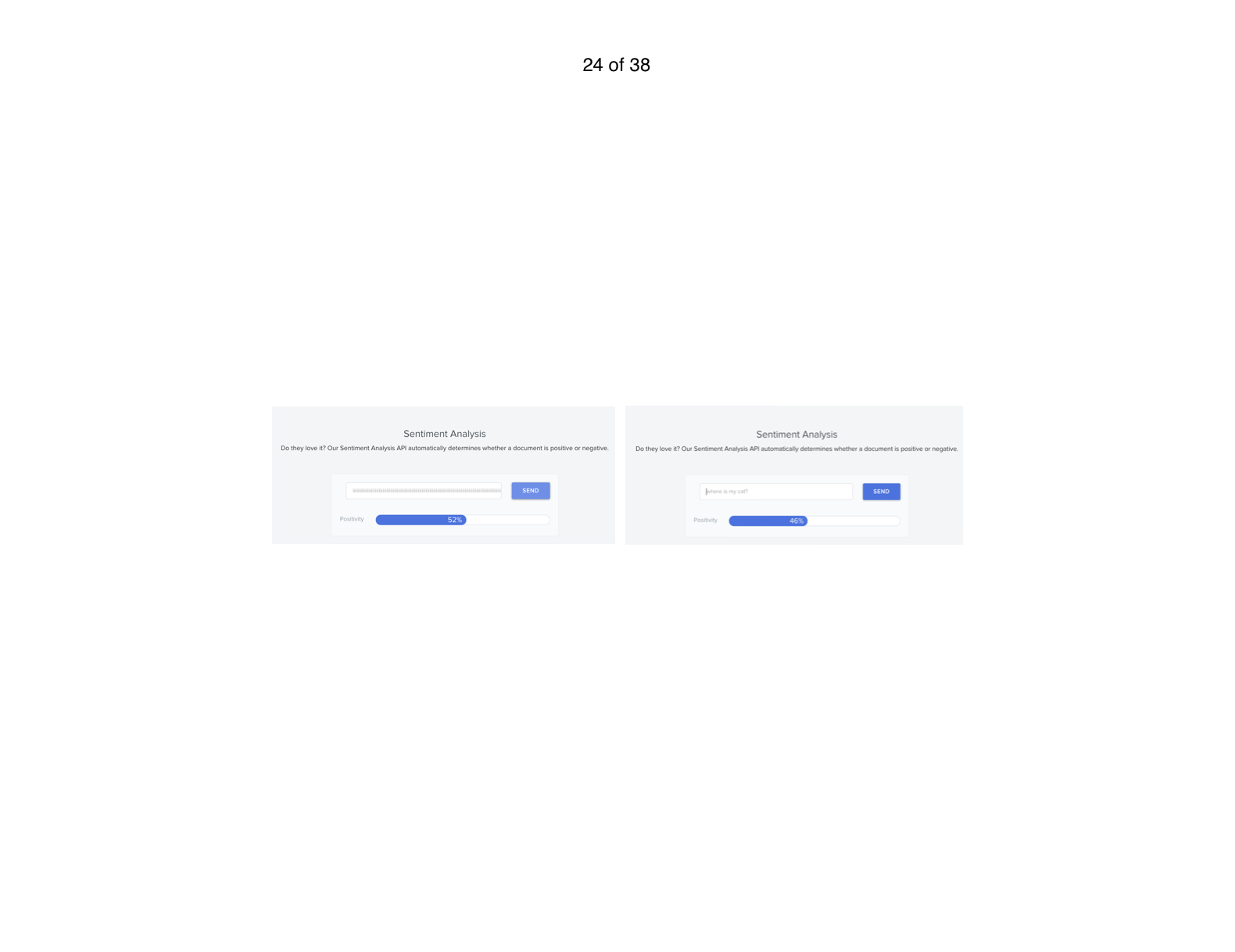
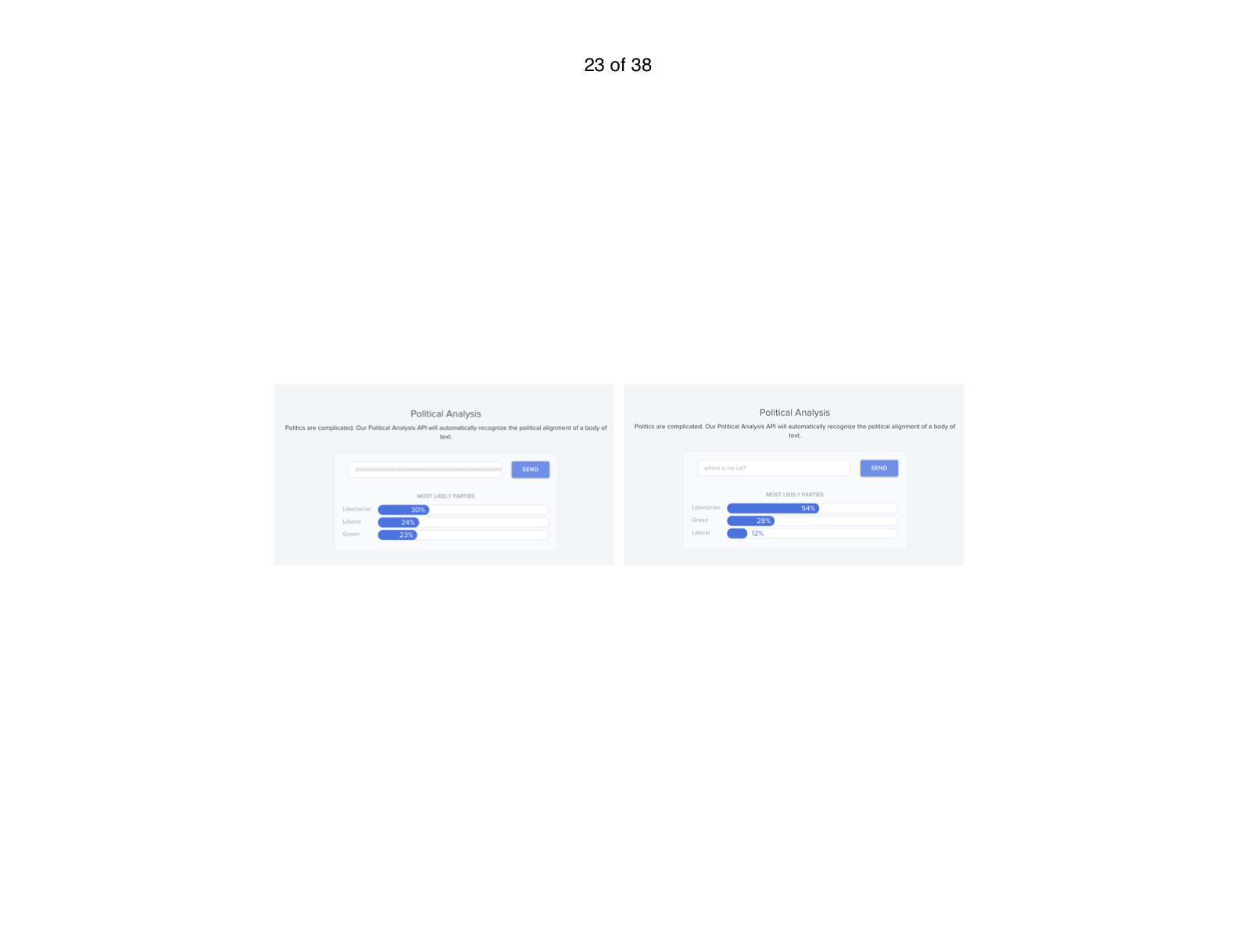
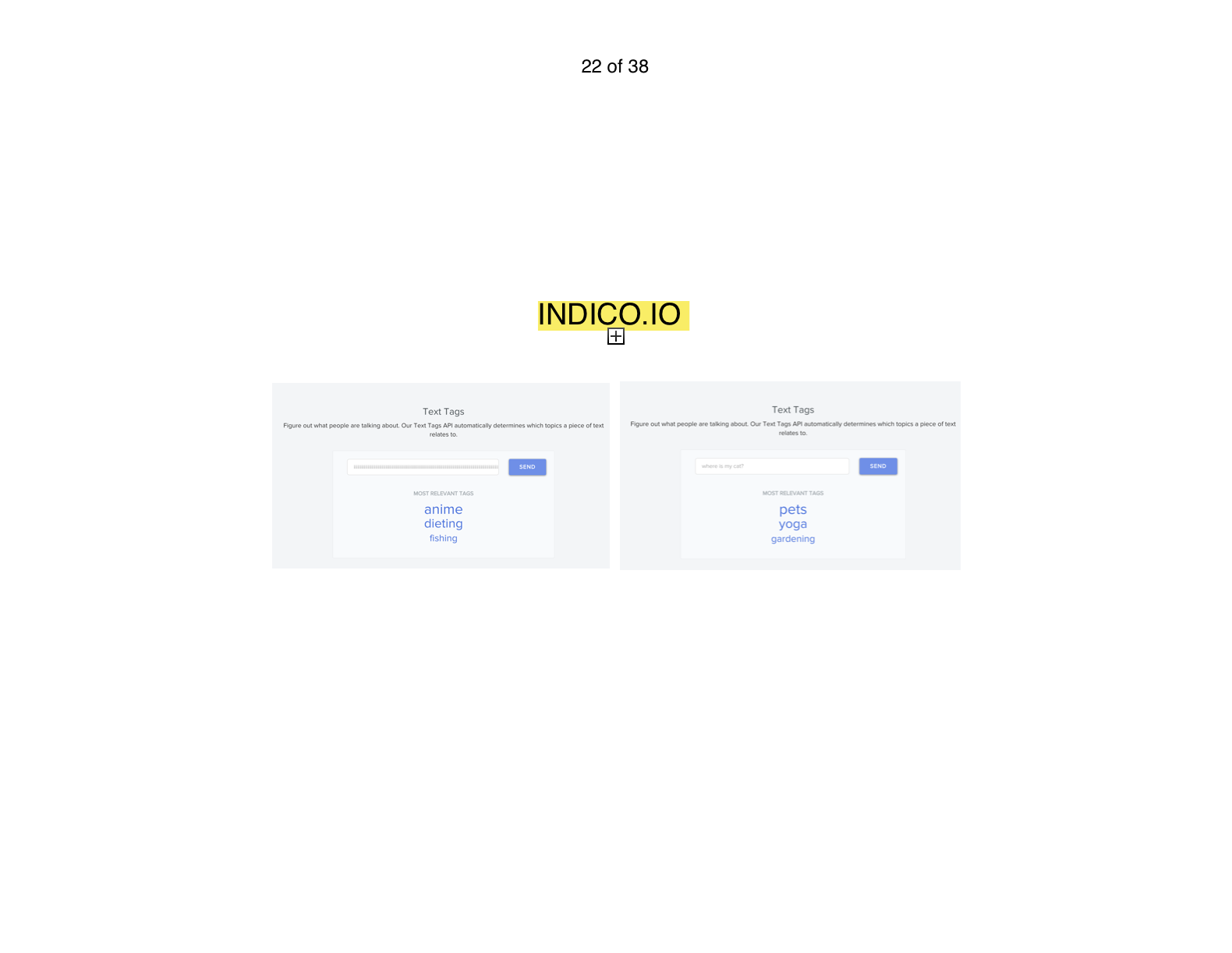
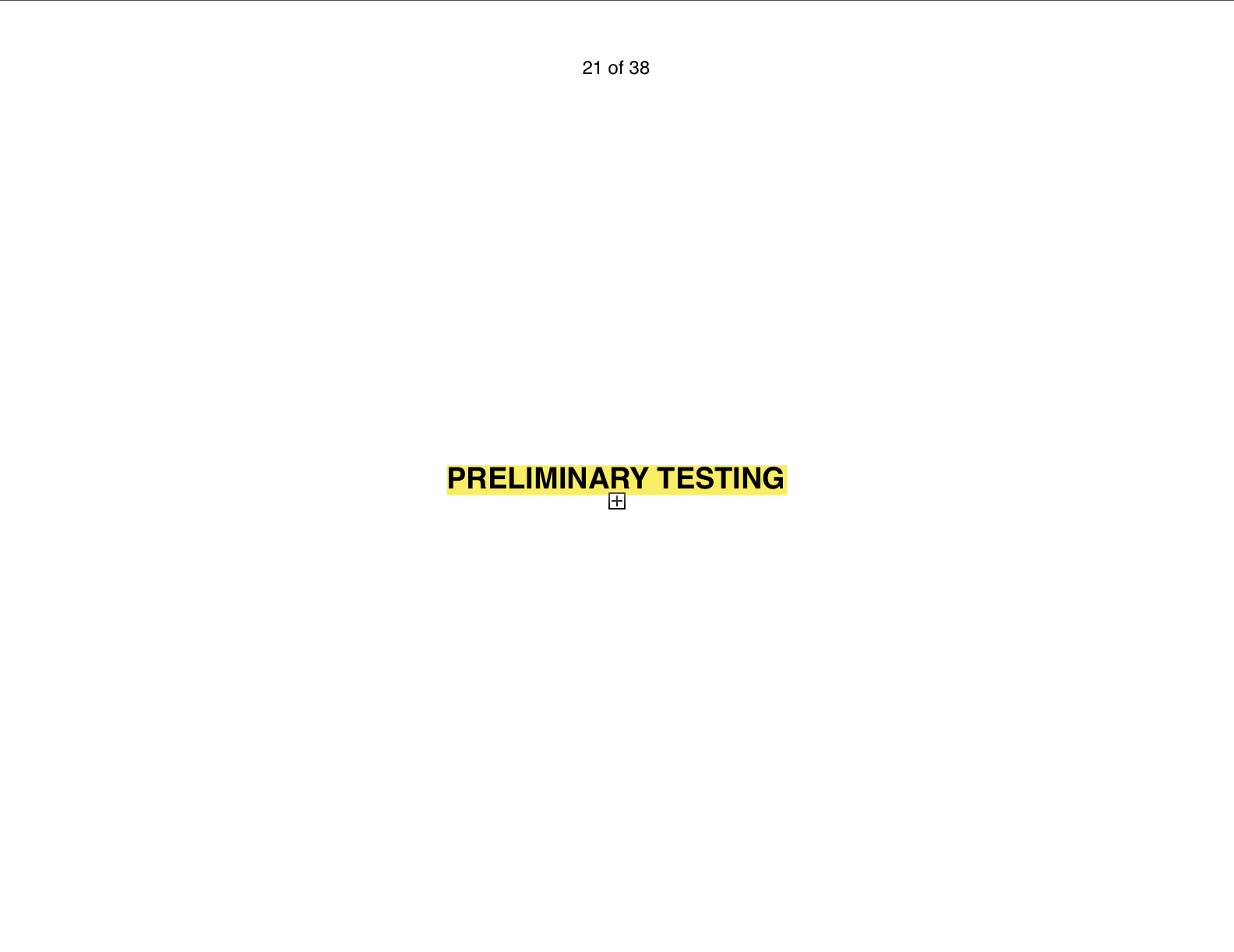
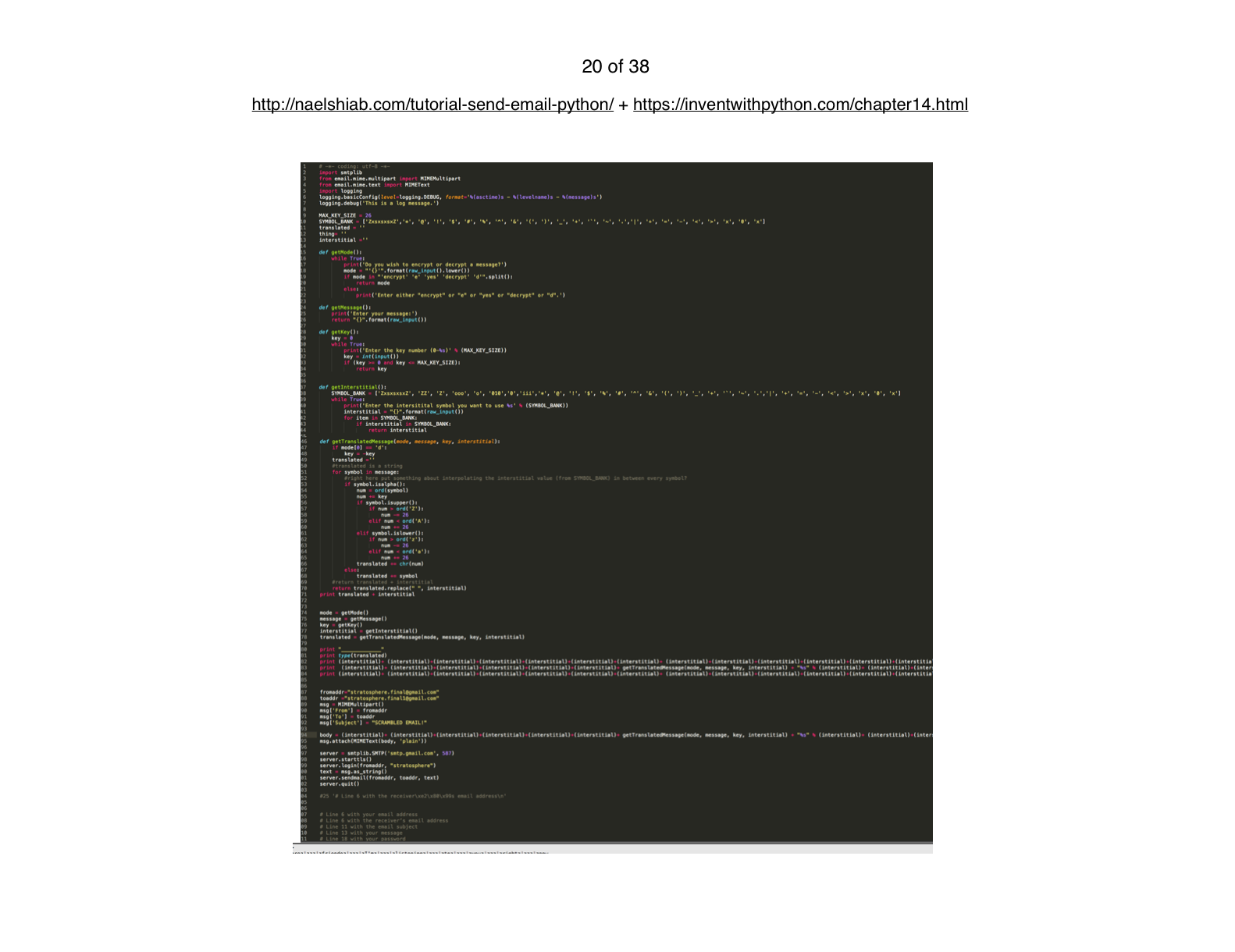
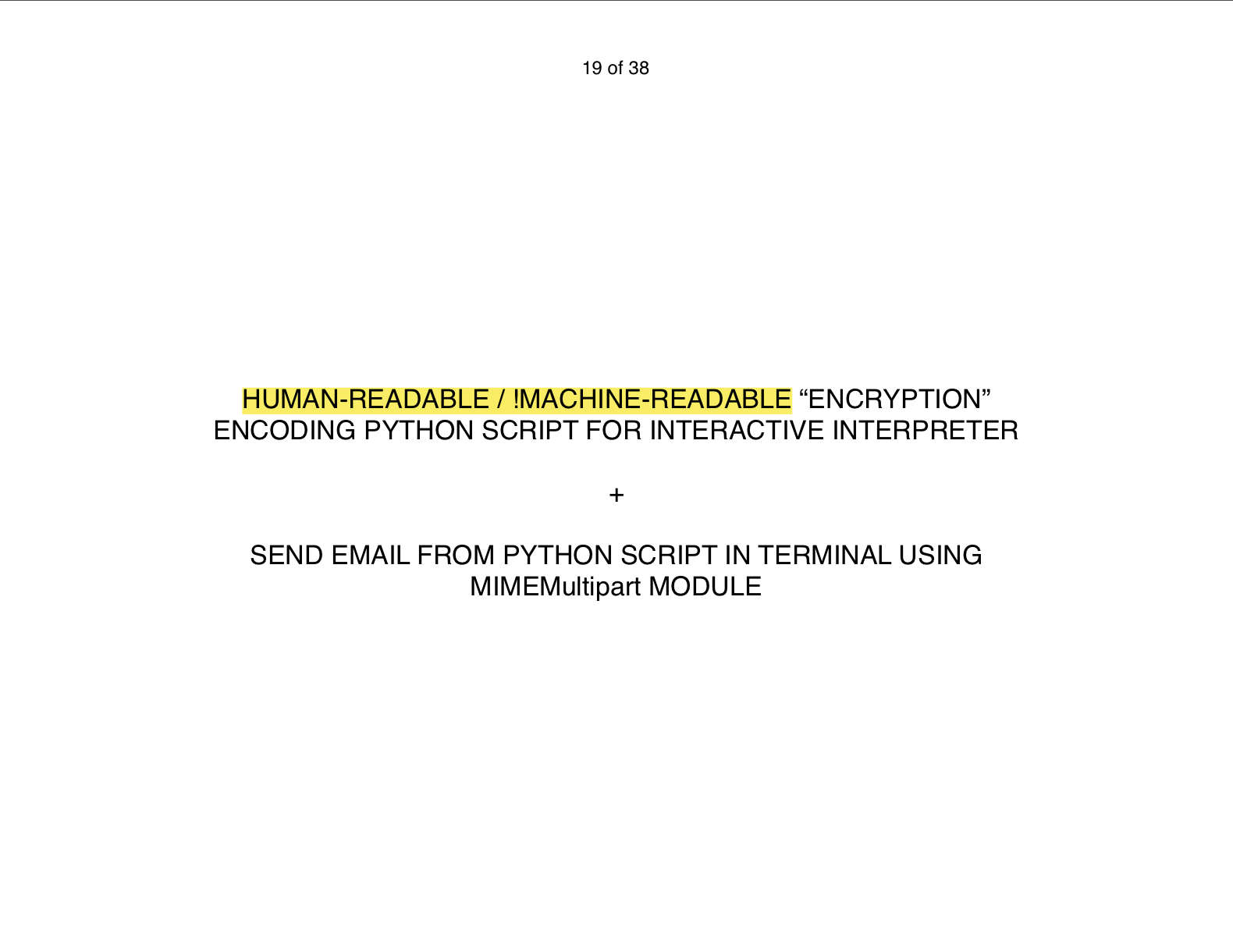
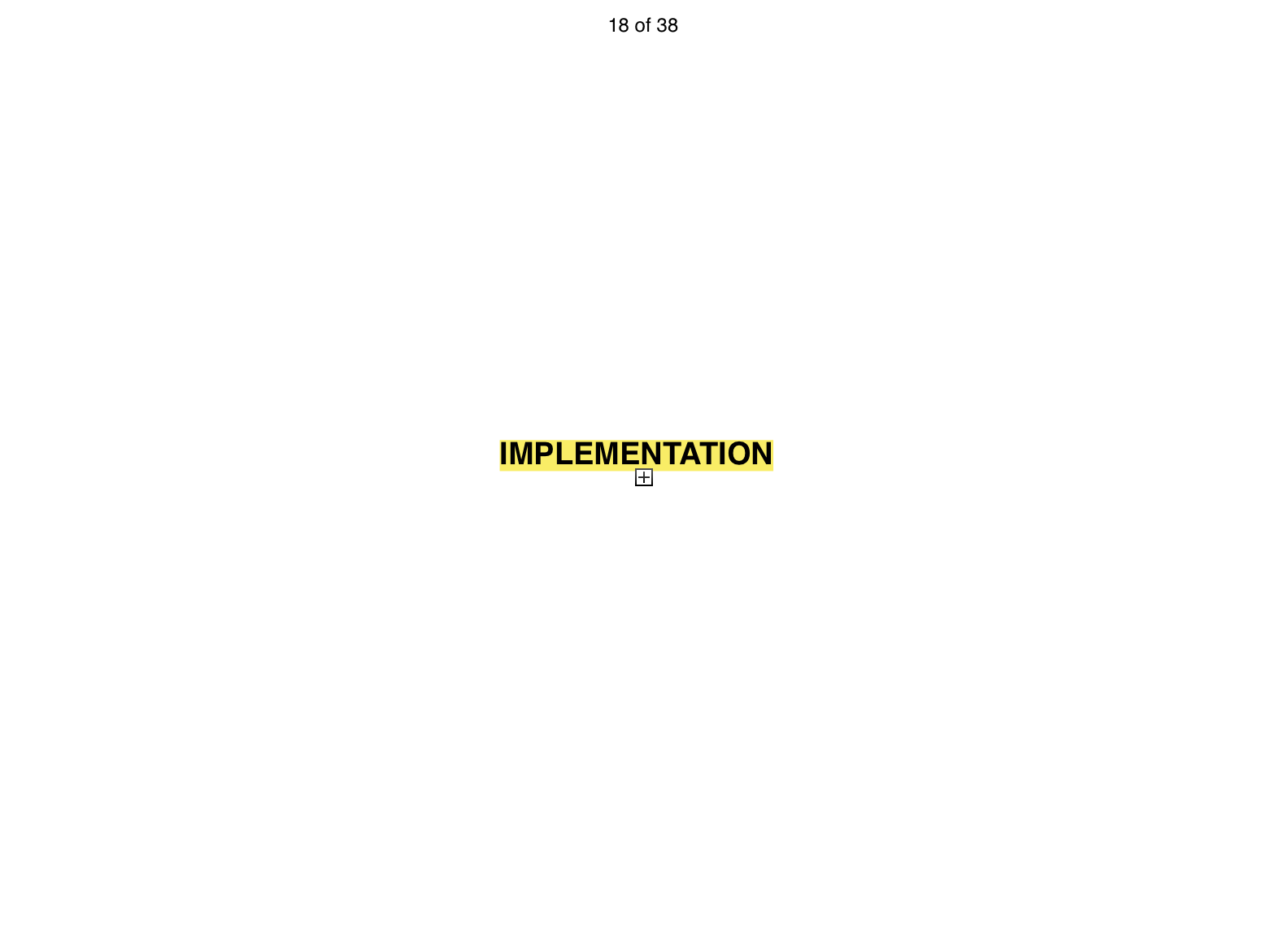
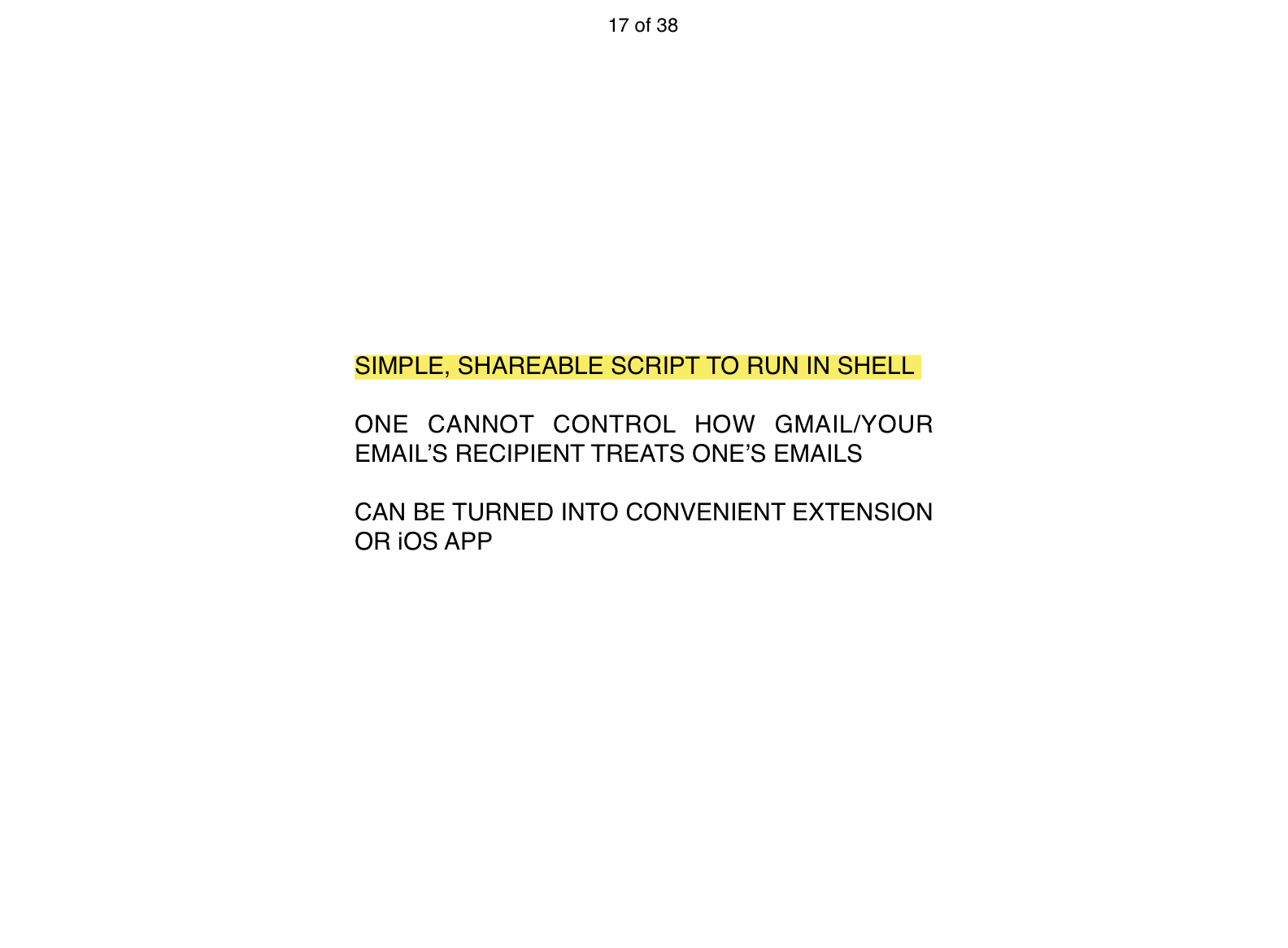
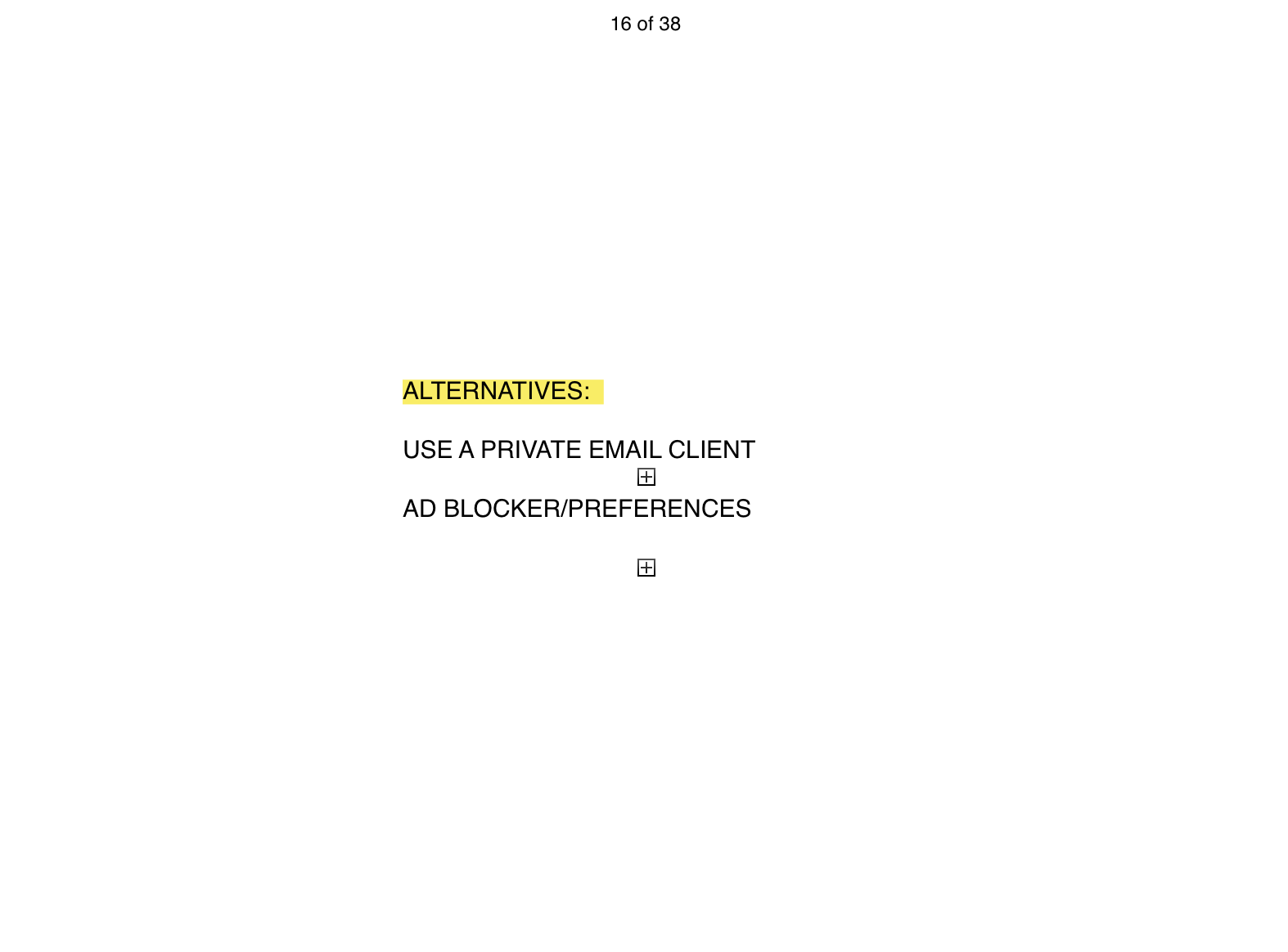
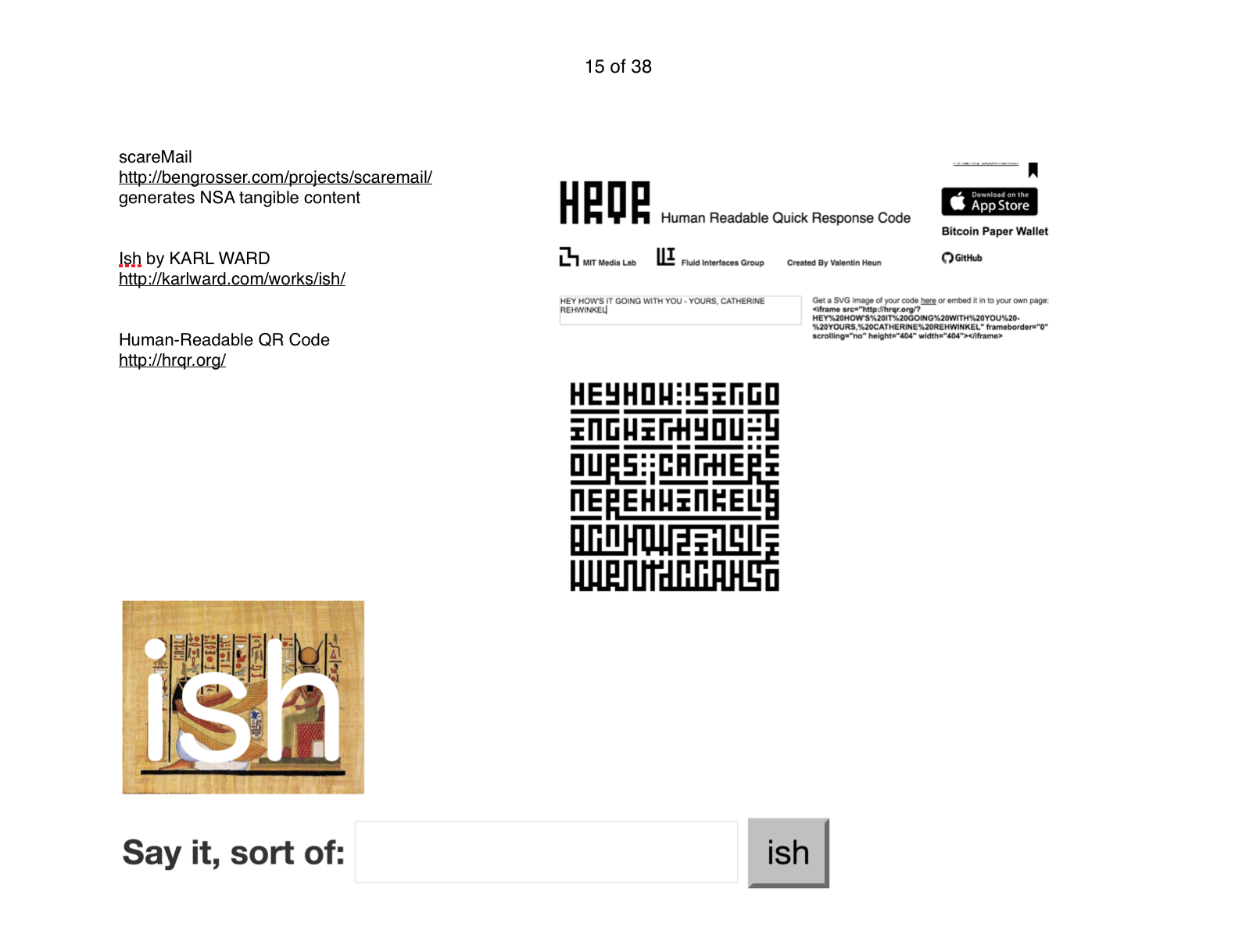
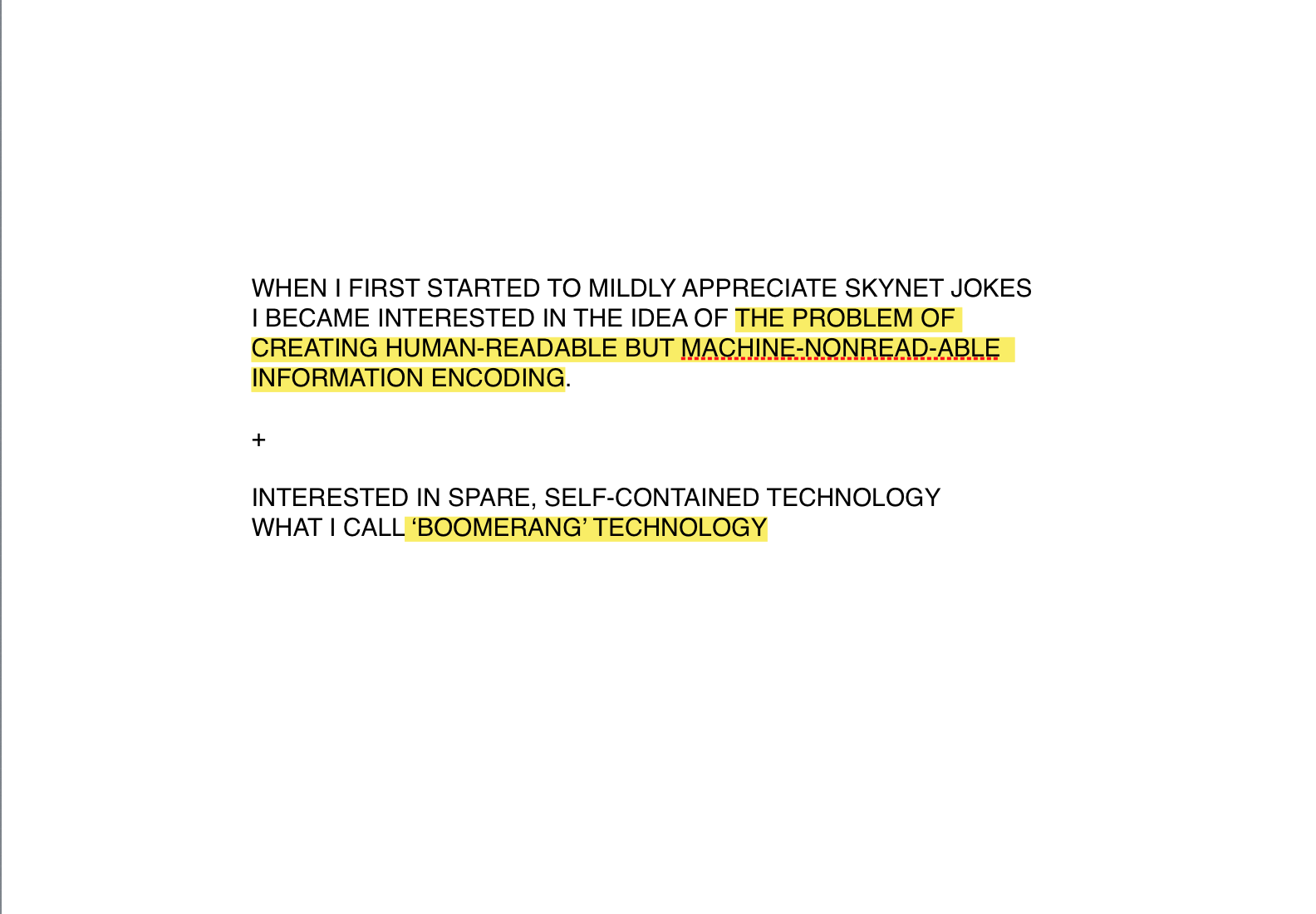
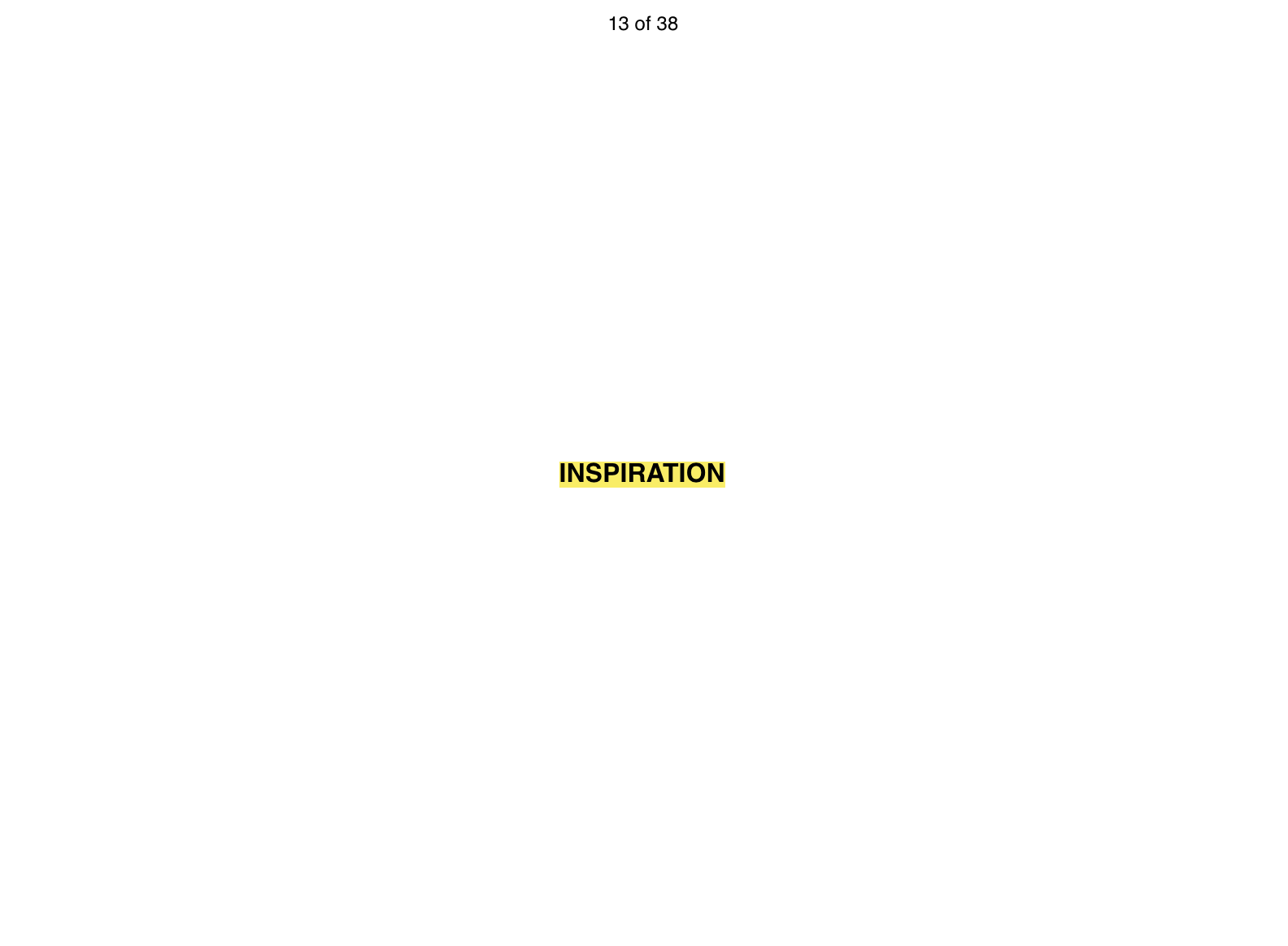
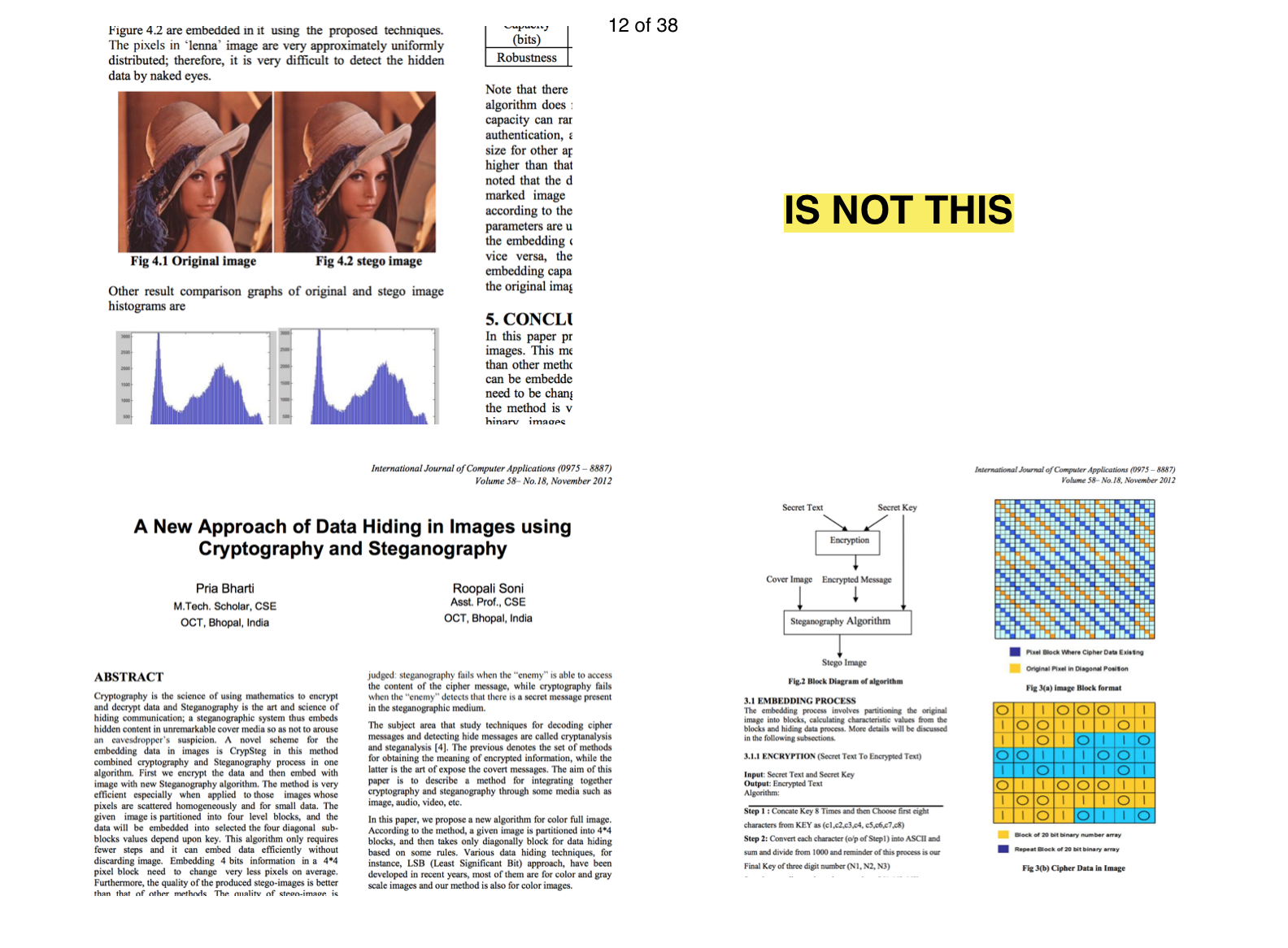
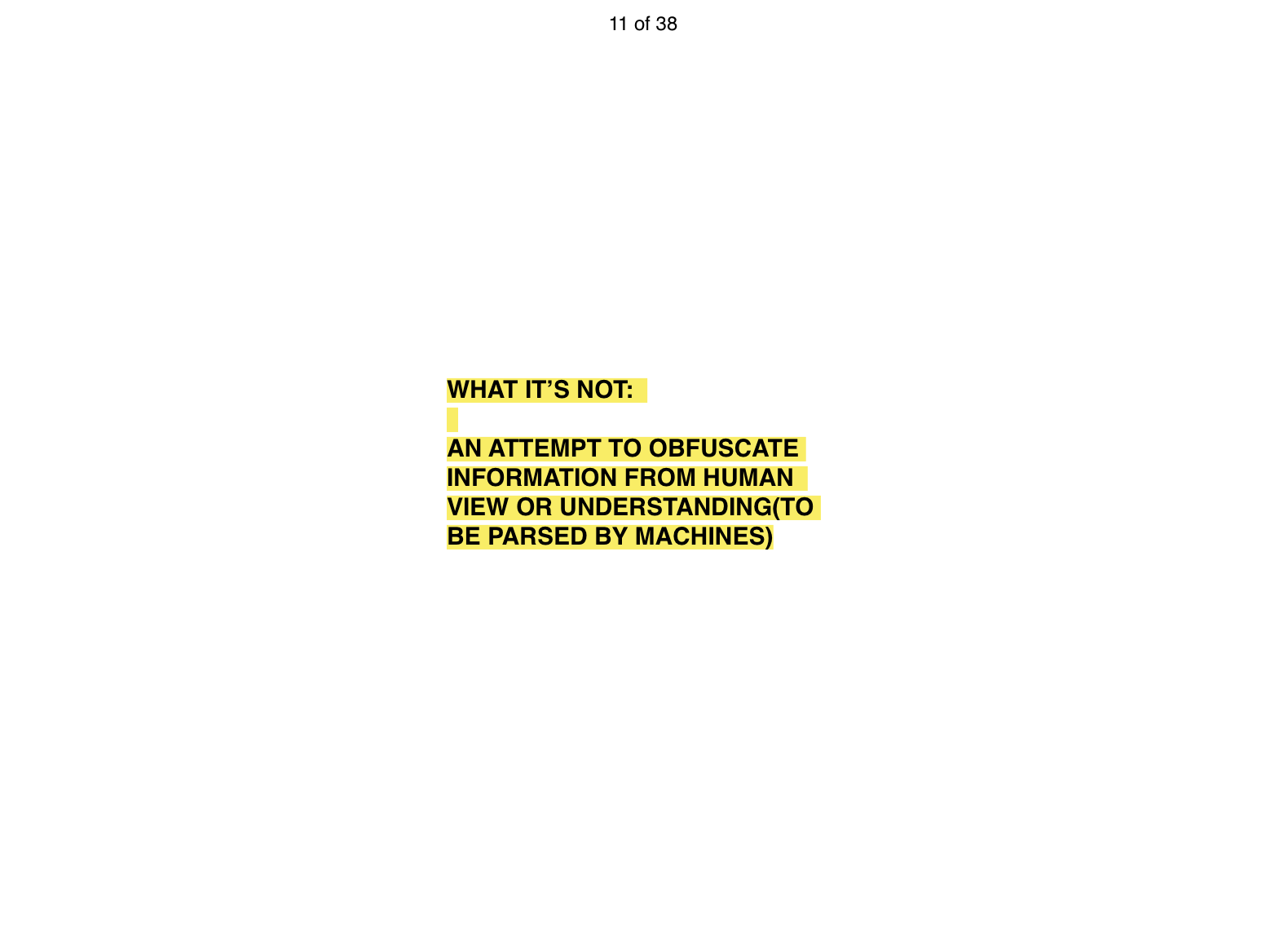
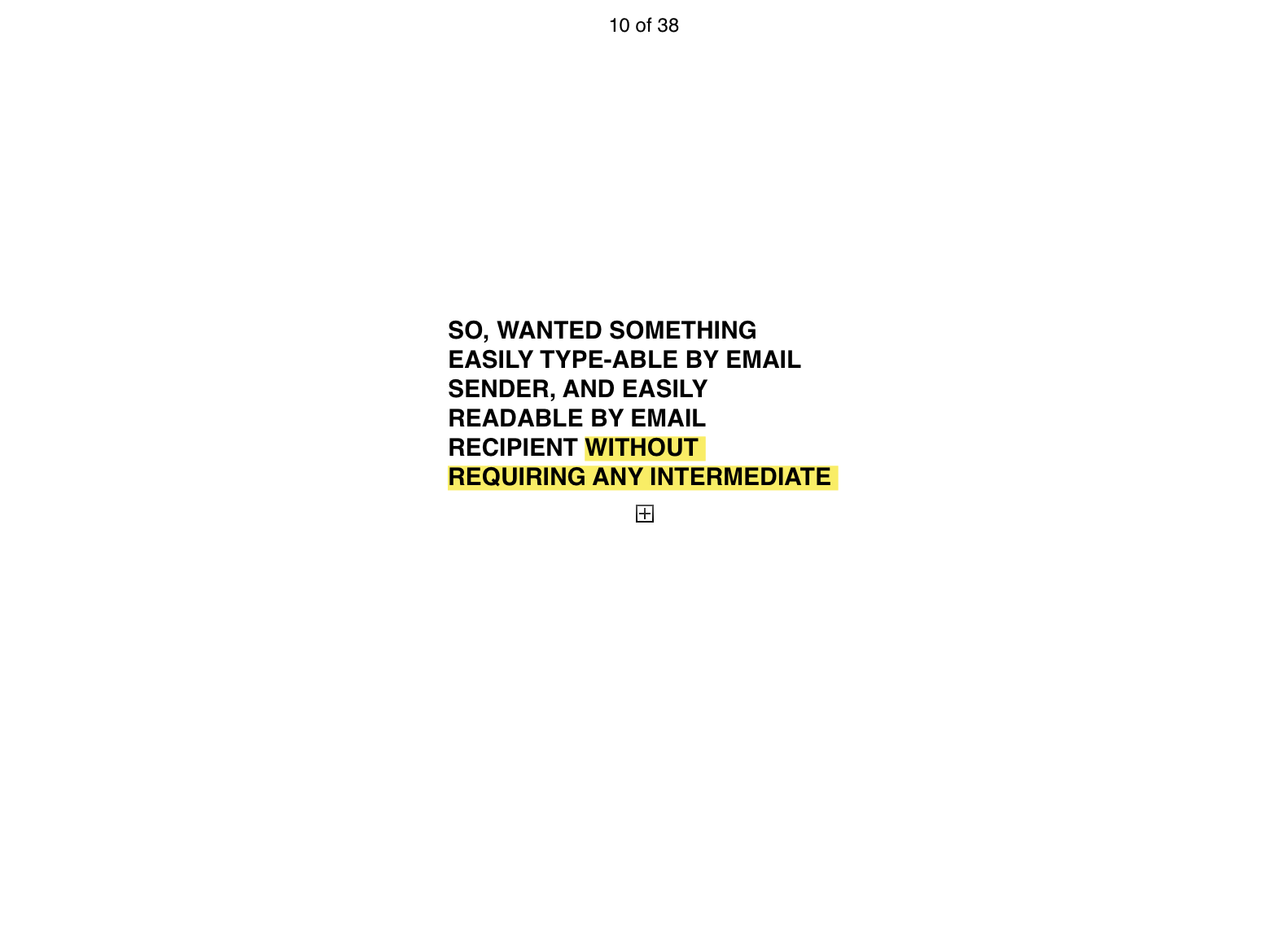
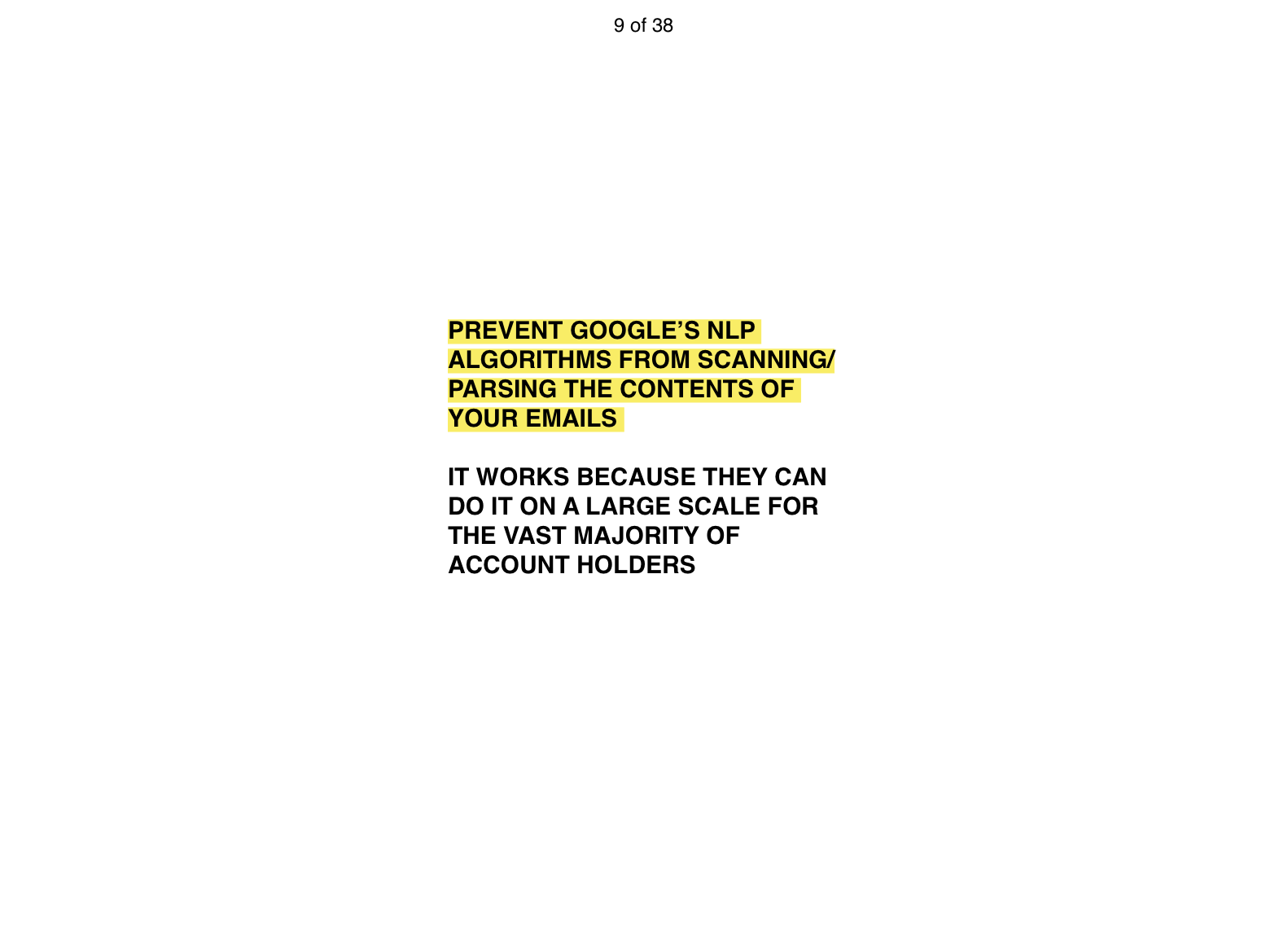

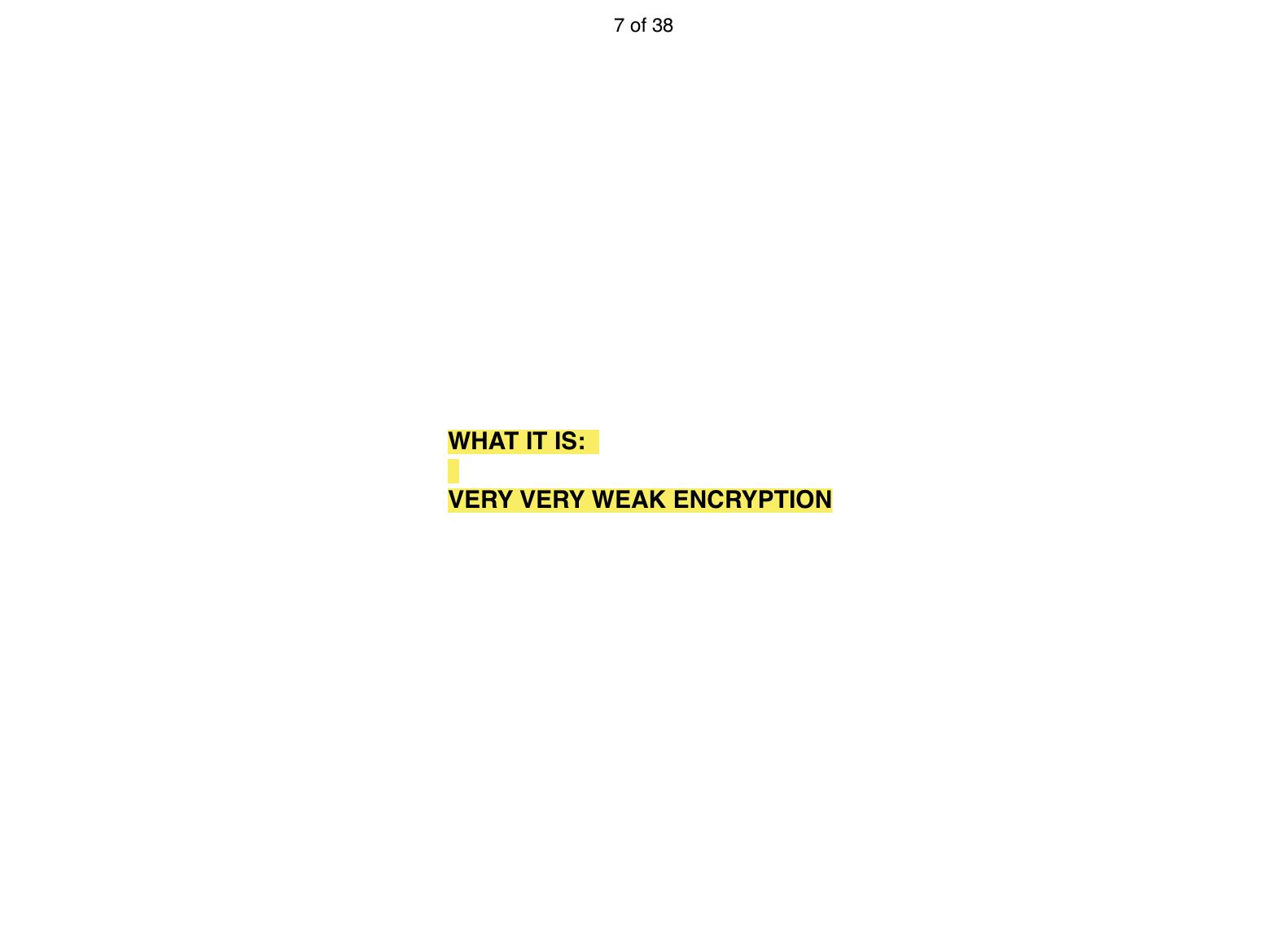
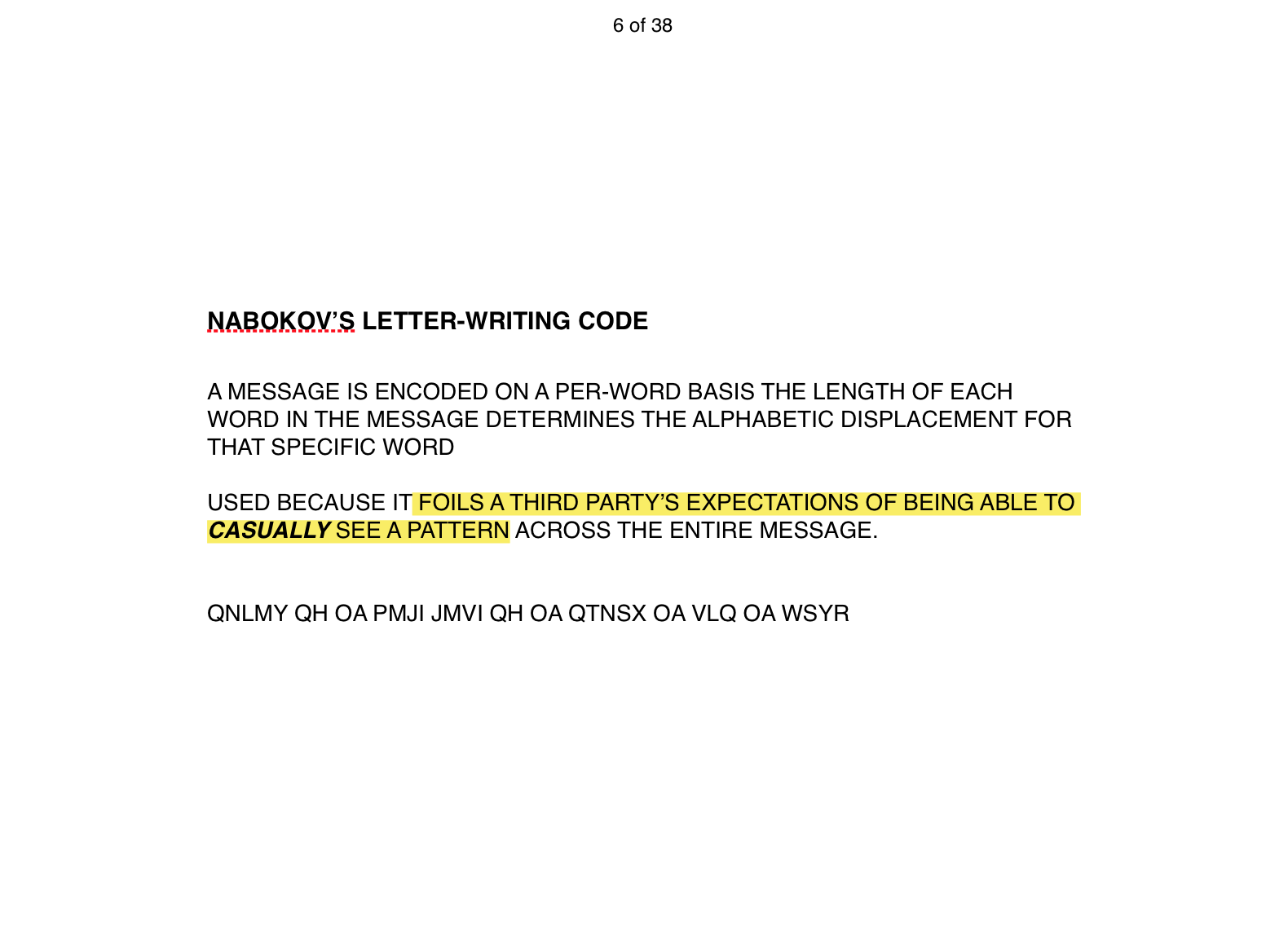
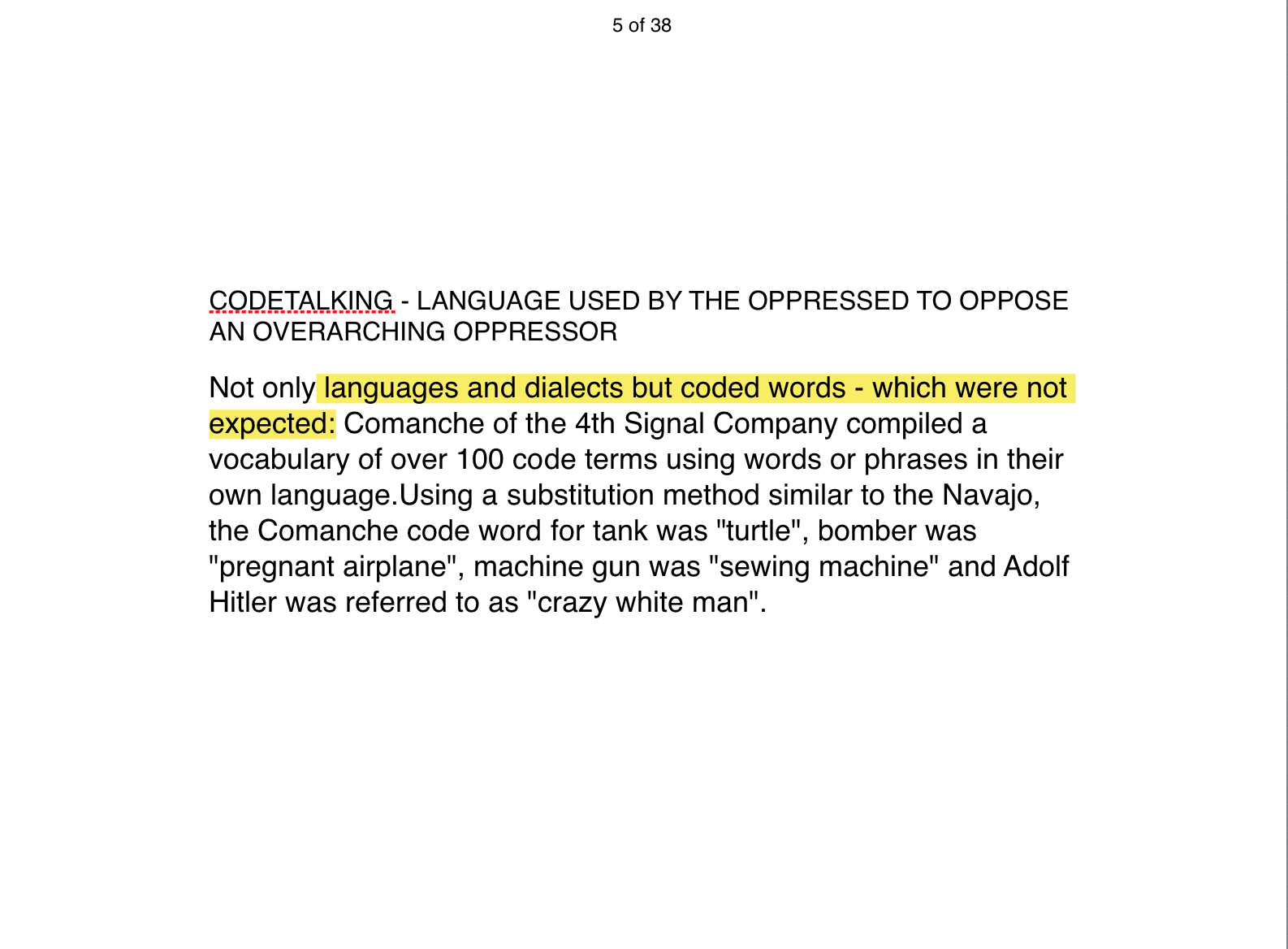
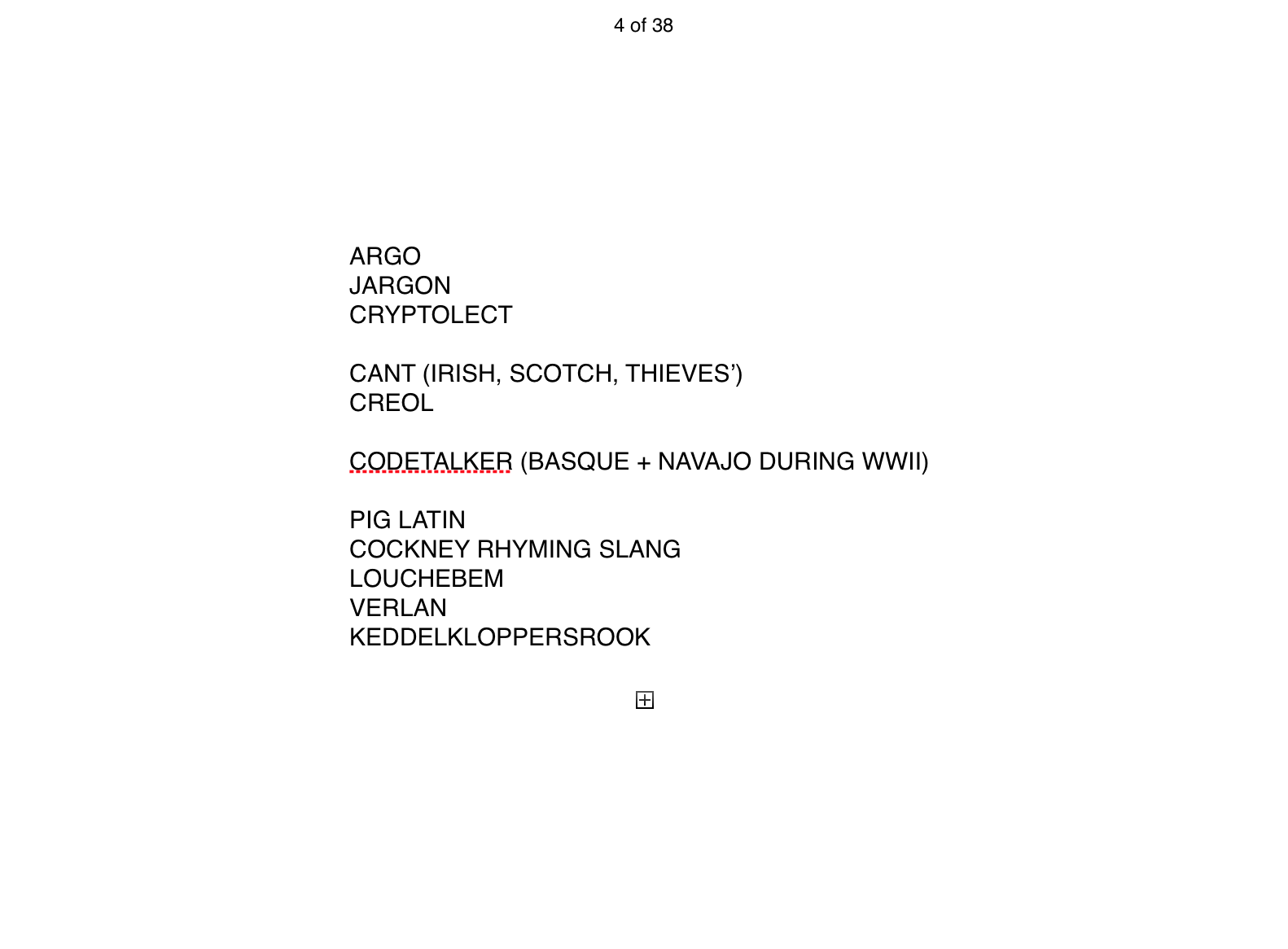
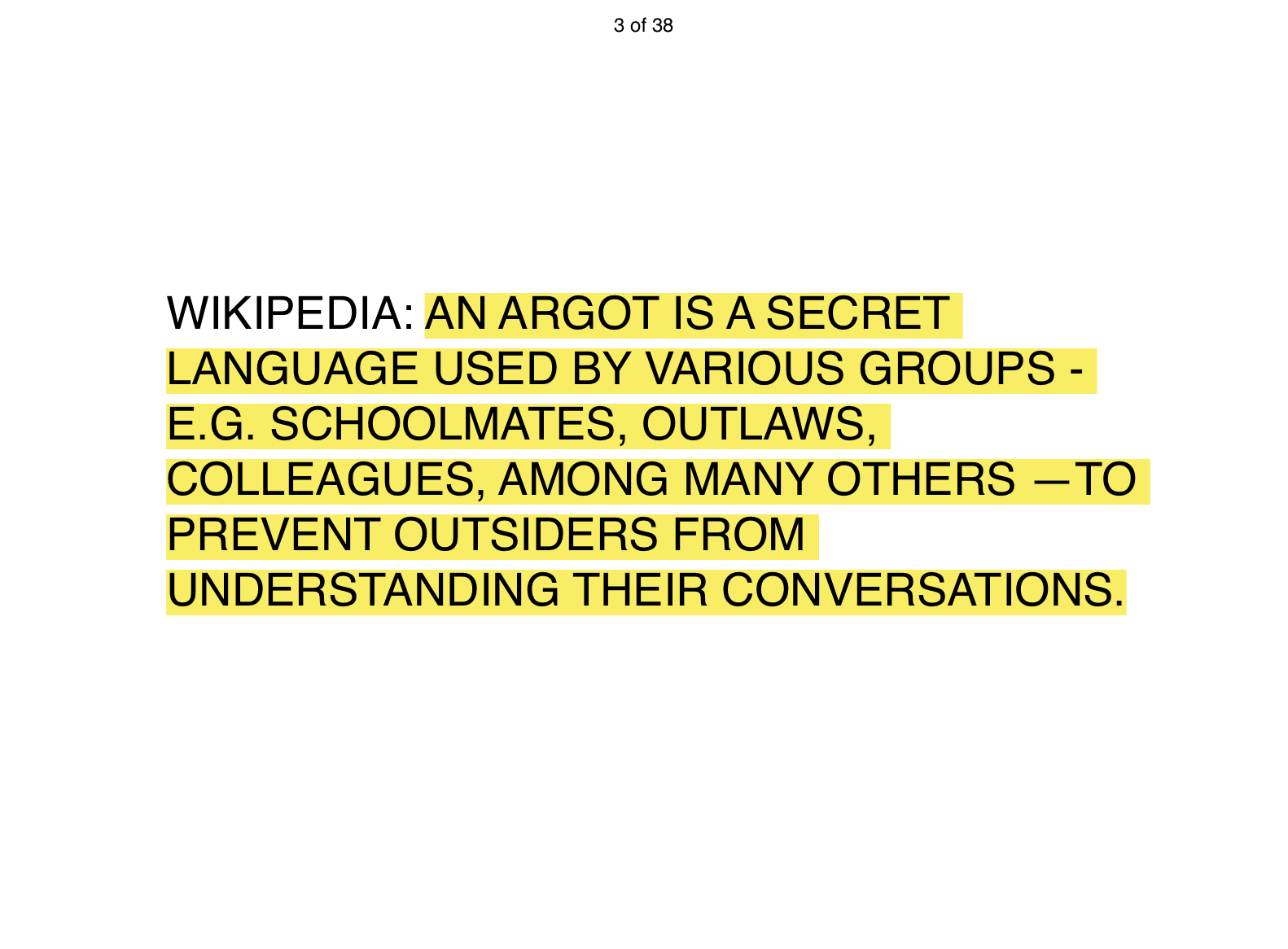
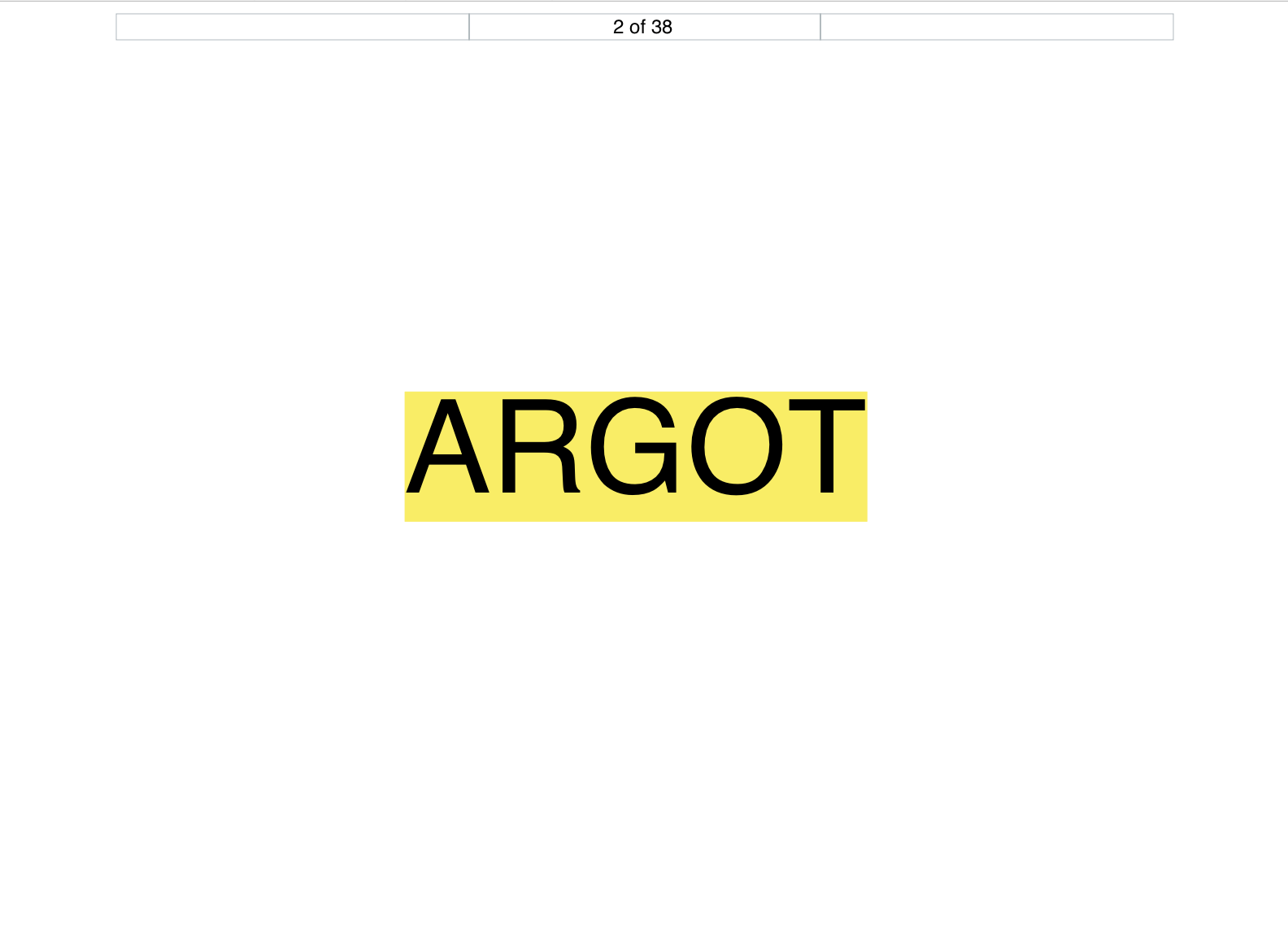
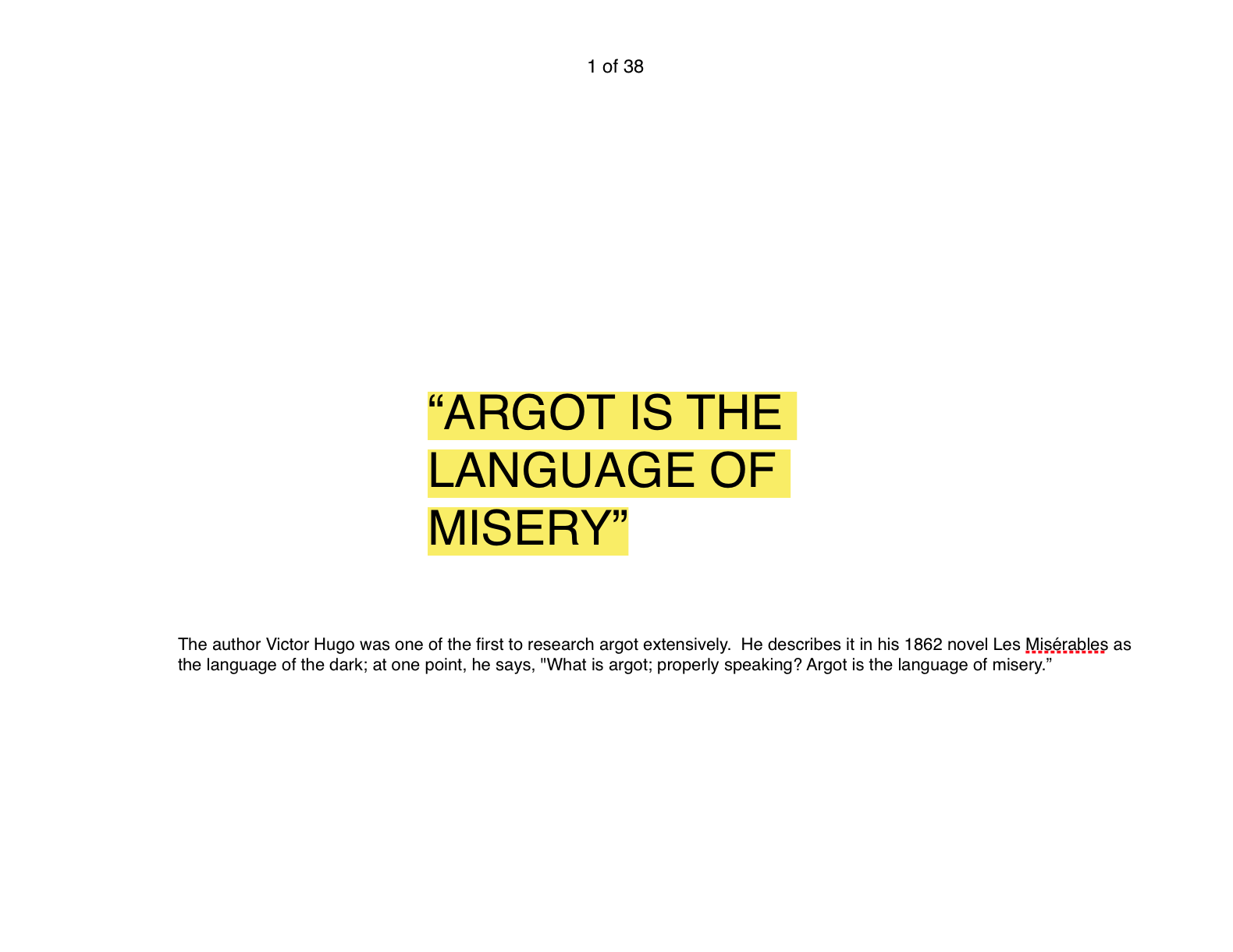
SURVEILLANCE OBFUSCATION TEAM PROJECT
In Adam Harvey's Stratosphere of Surveillance Team Obfuscation were prompted to counter-surveil or obfuscate the form of surveillance which Team Data was challenged to implement. Reverse engineering an approach to a pre-existing technology is a dynamic and easier place to come from as any system has it's brittle points/vulnerabilities.
TEMPLE: A TEMPLATE FOR A SOCIO-ECONOMY BUILT AROUND MINDFULNESS AS A TRANSITIONAL SYSTEM FOR END-STAGE DIGNITY AND OPTIMAL ENTROPY
Mindfulness (and other therapeutic or coping) interventions are allowed the status of mere bubbles in our stress-fraught society. The spirit of this work is inspired by the Center for the Study of Existential Risk and their concern for any threat posed to "all humanity" no matter how small the probability.
For 7-week seminar Crafting Mindful Experiences class taught by Fred Muench we were encouraged to prototype/ideate an app, device, experience which elicits mindfulness in everyday life.
Scaling up several orders of magnitude from the letter of this prompt I decided to contemplate further on the post-automation world-building I began with the world of Semi and The New Church created as my final in Temporary Expert: the Anthropocene Edition with Marina Zurkow and the post-automation culture story we told as the culmination of Art Kleiner's long-standing Future of New Media course, both in Spring 2015. These world-building projects are also related to the speculative world-building project I presented in Jeff Feddersen's Energy class (THE WAY WE LIVE NOW: An Android's Energy Future).
At the center of this concept is a recognition that humanity cannot sustain current levels of economically-driven societal (and environmental) entropy ("growth".) Even more integral are two related concepts (which require more state-of-research discovery/citations):
a) that it is possible for humans to engineer an non-abusive institution for behavior modification and post modern (and post-modern) resource redistribution
b) that the focus on stress-as-positive-competition-facilitator is a construct of economic/industrially-driven science
TEMPLE attempts to encompass and expand on social support and stress-coping mechanisms of religious institutions and traditional culture but holistically adapted to future system entropy and globalization. TEMPLE relies upon the reality that globalization and automation is total. Labor and systems of credit, profit and consumption as we understand it are recently no longer functional in all global regions.
Here is an image of the fractal arrangement of the experiential chambers which denizens of a post-Capitalist transitional society must go through as their daily duty (or data tithe, labor). This is the institution of the "New Church" set within the universe of Post-Automation Culture and with the data-generation-driven new "economy" from my Testing Tomorrow's "Your Daughter's Daughter's Data: An Enfranchisement Manual."
Aggregate, anonymized data is collected (biofeedback, natural language processsing, etc) in order to allow the semi-automated system to gauge community health and developments (much like a managed wild-life population.) The data collection is in fact a way of generating the "revenue" required for the resource distribution. Visitors come here to receive mindfulness experiences/therapy/self-inventory and to request goods and services they feel they need. A cleansing and enrobing intake area and other security measures ensure that all citizens (including pariahs) can take equal part in the community-synchronization ritual of TEMPLE.
A series of interlinked experiential chambers make up a continually novel mindfulness journey through TEMPLE'S campus. Some are communal (humming/mantra) some are individual (e.g. proprioception-oriented self-inventory, human time-scale meditation, biofeedback mindfulness meditation, kindness and forgiveness meditation).
A docent (AI or human) advises each individual at the culmination of the individual's journey. Regardless of the docent's advisement - the requestor may receive the good or service they have requested. This mechanism is a part of the central tenet of TEMPLE which assures social security. TEMPLE is the defacto method for optimal resource redistribution.
It is assumed that some visitors will abuse the "ask and you shall receive" mechanism - but the proportions of Zipf's law allows for a much lower overall level of entropy across the entire social fabric. Additionally, abusers of the system must continually go through the mindfulness practice of the system in order to get their goods - so some abusers of the system may eventually cease the advantage-taking. The system can be likened to "re-parenting" for human society as a whole.
Fittingly, the visuals/model for TEMPLE were created in Google Sketchup with open source 3D models I found and modified - in the spirit of our coming future. Read more in a rough draft write-up.
Future iterations will include an mock-up of a journey through a minimum series of experiential chambers, specific user profiles and use-cases, researches and arguments for specific interactive and passive cognitive/psychological mechanisms, more details on the legal history, logistics, and structure of fictional economic system suggested here, and a sample proposal for funding from entities such as Google, IARPA, Disney, CSER to research a real-world prototype - a la the recent Dutch living wage experiment. Perhaps the latter as a PhD program application.
FAMILY VALUES: A RECURSIVE DATA OBJECT AS COLLAPSED PORTRAIT
This is a JSON object representing me as my family and certain basic 'values' which are closely tracked by the US government. This is a 'speculative' data architecture which I suggest likely exists or will exist soon in a similar form. In addition, I propose data objects like this will be assigned to every human being on the planet.
I presented this image as my Stratosphere of Surveillance course midterm along with my research on two projects involving the CDC, the Social Security Administration, and the International Statistics Program.
Here are the project links:
CDC, NCHS, SSA, Medicaid, Medicare, and the Renal Registry link vital statistics and health data for "poor, elderly, disabled" populations and to promote "safer, healthier, people"
http://www.cdc.gov/nchs/isp/isp_fetp.htm
"A Training Course on Civil Registration and Vital Statistics Systems" to help countries all over the world register marriage and birth statistics and international diagnosis codes (ICD10) for cause of death:
http://www.cdc.gov/nchs/data/series/sr_01/sr01_058.pdf*
*note: In roughly 200 training slides only three mentioned confidentiality of health and vital statistics as being an "ideal" concern and none were instructive on how to ensure confidentiality in practice.
These cross-agency and cross-government vital and health statistics linkage projects are vital for helping vulnerable populations. I propose that they also expose vulnerable populations to certain sociological risks.
See this enlightening quote from UNESCO on the origins of archiving and data collection for more on the connection I make between these two government projects and this combined 'portrait' of a simple yet powerful 'surveillance tool', the agencies that use it, and its subject :
The reasons why records and archives where kept where very much clear. To prove your right to the possession of a certain piece of land you needed title deeds; to determine the size of a population being governed and therefore the taxes that should be collected you required records of birth and death; to enforce government laws and regulations it was necessary to keep a record of the laws, decrees and edicts. The keeping of records and archives was therefore not a luxury but a necessity on which depended one's ability to continue to rule and to have rights and privileges. The records and archives were also preserved in order to prove the rights and privileges of those being governed.
http://www.unesco.org/webworld/ramp/html/r9008e/r9008e03.htm
It is easy to see that the form of this data object reflects its contents: a family tree. The code for 'drilling' into this data architecture is just a few lines. My overarching intention is to show how simple it is to place disparate data, once collected, into an object which can be used to create historical and predictive models of things as complex and weighty as the shape of all of humanity. There are around 5000 generations in human history. That is roughly 15 Megabytes of data per individual using this JSON as a yardstick.
Imagine if this kind of concertina'd data structure could be appended to include ancient data such as the records systematically collected by the Roman Empire. Imagine if that data, current data, and our children's data were to be collected and stored together in this data architecture for one thousand, or ten thousand years from now as current state of the art storage and processing technologies will allow. http://news.discovery.com/tech/biotechnology/dna-data-storage-lasts-thousands-of-years-150817.htm. (An interesting note also with digital DNA data storage: it cannot be accessed and read by specific indices - all of the data stored by this method must be read at once and then re-written all at once which also supports the conceptual affect of this kind of recursive object.) As sophisticated as online, mobile, and social network tracking and surveillance continues to become - this kind of basic foundational data must be organized in order to maximize more sophisticated data around the global population as different factions shift their economic stature.
This project links to other work I did in Art Kleiner's Future of New Media class in Spring 2015 and Chris Woebken and Richard The's Testing Tomorrow's class earlier in Fall 2015. This project also plays into world-building for my thesis project which is a science fiction screenplay about an AI who discovers the answer to saving humanity and biodiversity. This fiction acts as a kind of love letter to the complete faithfulness to purpose which captivated audiences in T1 + T2, as well as to the ancestral aspects of Dune (Lynch , 1985), and Neuromancer.
DECLASSIFIED + REBRANDED: FUTURE INTERFACES FINAL
PRESENTATION:
This project was developed during Future Interfaces— a 7 week class with Ken Perlin and David Lobser. I presented this final as an R&D sales person pitching to a room of developers at a tech industry conference (a performance of a near-science-fictional scene.)
Medium: 3D/2D Google Sketch-up Model
ALL USE CASES PRESENTED SHARE:
collapsing spacetime (and making it sensible in space)
different data rates/descretizations for each use case - reveals potential usefulness
user can 'tune' to narrow bandwidth of assigned microwave signals to find specific data object groupings and time discretizations for historical events
different dimensional thinking - allows for immediate physical sensing in physical space of specific types of information - users can utilize geography-based historical event sensing (4D shapes, probability densities, etc) to find new ways to think about predictive or forensic models
NOTE:
use cases utilize different time scales/even frequencies, actuators/perceptual modes, sensors. This concept is based around a new paradigm to embodying the collapsing of spacetime to allow the user to be able to examine/understand ephemeral or transient events in real space. Events are spatially realized/sensed out-of-time.
A MINDFUL ECONOMIC MODEL FOR SEMI + THE NEW CHURCH
ARTIFACTS FROM A LEGAL ENVIRONMENT FOR A NEW AMERICAN ECONOMY
For my Stratosphere of Surveillance Midterm I am creating a rationalist speculative fiction regarding the current and plausible future of massive data collection driven by private interests in conjunction with the failures of Capitalism and globalization.
STORYTELLING ELEMENTS
a facsimile of a federal statute, bill, and/or ruling referencing
the 2016 Supreme Court decision which ruled that all data generation qualifies as compensable labor
and
registered US and multinational corporations doing trade in the United States must submit to regulation by a newly formed body
a speculative JSON file and/or code snippet which shows the infamous 'recursive french braid' architecture which creates a cohesive, stable database for predictive and deep historical modeling through intergenerational tracking of every human on earth.
which would contain an ASCII version of the human-writeable, machine-readable identifier-authenticator tattoo design which references matrilineal descent
and
the DNA digital data storage translation (the method which converts the information to base code pairs GACT for final storage by oligonucleotide synthesis machines
http://nextgenseek.com/2012/08/next-gen-digital-data-storage-goes-dna/
TYPES OF DATA COLLECTED
- currency is de-anonymized and retains transactional history with ID
- familial relations
- genealogy and historical socioeconomic status
- intergenerational social networks
- dna and epigenetics
- telecommunications
- purchases of goods
- credit history
- educational records
- social network sentiment analysis
- biometrics
- endocrine status
- health records
- footstep trajectory
- sleep schedule/circadian rhythm
- sexual relations, schedule, fertility
- microbiome
- familial political sentiment
- information queries (Google, library card history, interpersonal questioning inflected utterances)
- infrared emotional heat mapping
- energy use (various types/via various devices and situations, individually, and in aggregate)
- responses to advertisements and prompts
- emotional responses and interaction patterns to media (movies, texts, music)
HOW DATA IS COLLECTED
Wherever possible data is collected subtly but not surreptitiously
- phone/telecommunication device microphones
- accelerometer and gyroscope
- PIR
- GPS
- publicly-situated smart devices equipped with microphones
- man-in-the-middle web traffic routing
- fingerprinting physical monetary tender
- active questioning (voluntary divulgence)
HOW THE DATA IS USED
OTHER LOGISTICAL DETAILS OF WORLD-BUILDING
RESEARCHES + INSPIRATIONS
IBM WATSON
June 2015 — IBM today sent a letter commending Senators Orrin Hatch and Christopher Murphy for the leadership in advancing legislation that would give non-U.S. citizens greater insight into how their lawfully-collected data is being used and to address errors as they arise.
http://ibmtvdemo.edgesuite.net/software/government/pdf/20150624_JudRedressAct_Ltg_Senate_Signed.pdf
ENIGMA.io
CAPTIALISM, SEC, LEGAL CODE
http://uscode.house.gov/view.xhtml?path=/prelim@title15&edition=prelim
IRL EXAMPLES OF UBIQUITOUS DATA COLLECTION SYSTEMS
"LinkNYC is the largest and most advanced outdoor digital advertising platform in the world. As a city-wide network with thousands of screens on top of an Internet and data-rich backbone, brands and organizations have the opportunity to reach both mainstream and hyperlocal audiences in support of a valuable public service [sic: access to the Internet]. This egalitarian new platform blurs the lines between digital and physical, and the opportunities for civic, commercial, and cultural engagement are endless."
http://www.link.nyc/advertise.html
"Signals are transmitted from the balloons to a specialized internet antenna mounted to the side of a home or workplace, or directly to LTE-enabled devices. Web traffic that travels through the balloon network is ultimately relayed to our local telecommunications partners' ground stations, where it connects to pre-existing Internet infrastructure."
https://www.google.com/loon/faq/
"The goal of Project Loon is to bring internet access to the 2 out of 3 people who don't have internet access today"
https://plus.google.com/+ProjectLoon/videos
PRESENTATION
I'd
DATA CENTERS, VOD, META DATA, ENERGY
Gabe Weintraub and I are teaming up for our Product Autopsy class to explore the supply chain mapping, carbon accounting, cost accounting, social impact analysis of on-demand video and the growth and efficiences of massive data centers.
Our initial research framework (super rough, hardly a framework yet really). This is basically one day's worth of googling on data centers, video streaming, ISPs, and Netflix. Netflix googling led to a super helpful email exchange which gave me a lot of the information I needed about Netflix's energy efficiencies.
I am excited to meet the challenge of telling a cohesive, compelling story about data in concrete, physical terms as it dovetails with my interests in systems, automation, Big Data, humanity's obsession with archives and record-keeping, energy apportionment in the time of capitalism and its antecedents, and notions of information as intangible and tangible. The latter somehow echoes my fascination with particle-wave duality and it would be nice to ferret out this connection - if not in this immediate project, for my science-fiction world-building schema.
This also is a nice complement to my Stratosphere of Surveillance class research/storytelling path (re Big Data). Also relevant to my work in Testing Tomorrows (Big Data) and Future Interfaces (Big Data). Nice!
FUTURE INTERFACES: FINAL PRESENTATION PROPOSAL
I want to present my fourth-dimensional interface as a science-fictional scene: I will pass out screenplay pages which invite the class to engage as actor and audience. The scene will be:
Me as myself defending my incremental-tech interface to my (fictional) doctoral dissertation committee at MIT.
the (fictional) incremental technology is based on a (fictionally) pre-existing technology which is:
a redundancy/guidance technology for commercial and military jet pilots to physically sense micro-satellite-transmitted streams of "fourth-dimensional" signals. These signals are 'tunable' to different frequencies which are mapped to different types of entropic activities and historical event streams such as:
flocks of geese/migration pathways
high traffic areas/areas marked for non-commercial flight paths
Gult Stream edges & other weather systems
Additionally, the ghosting signal of a single high-entropy event may be sensed equivalently to a stream of billions of low-entropy. Users (normally pilots or soldiers) can set their resolution thresholds to differentiate types of signals or just to sense every entropy stream as a continuous universal signal. The use depends on the user's need for discernment.
The incremental technology I will be presenting will be for pedestrian/individual consumer use. If someone wants to sense where they are most likely to have a credit card transaction on their walk through the city - that is a universal entropy signal which can be sensed as a haptic density in space/midair.
INSPIRATION LINKS & RESEARCH AVENUES
Omer Shapira's 4D video game was a huge inspiration for me when I glimpsed it at the 2014 ITP Spring Show: http://omershapira.com/portfolio/horizon-a-4d-game/
At the 2015 ITP Spring Show Sagar Mohite also made a 4D game:
LinkNYC and the specter of ubiquitous data collection: http://www.link.nyc/
The Haptec bike I developed Fall 2014 with Sam Sadtler and Marc Abbi-Samra.
The concepts of relative geography & absolute geography
3d probability densities in real space - data visualization art project:
http://dataphys.org/list/behavioral-landscapes/
The Cartographer's Map
THE PRESENTATION
This is a proposal for an incremental use-innovation for an initially militarized technology designed for commercial and military aircraft which the main character (played by a fictional, future me) seeks to turn it to public use as a way to use/mediate/invert Big Data collection and surveillance (versus militarization/industrialization).
Dissertation committee questions may be centered around:
lack of a case for immediate economic use is not immediately apparent,
Insurance risk assessment
Security issues
The potential social amplification effects from immediate, universally accessible information.
ROUGH SCHEMATIC OF FILM AS PRODUCT
For my Product Autopsy class I switched from a niche technical pen to investigating feature films as a product. This is a wholistic, ideological schematic of the way an individual film is produced, distributed, and consumed through to it's endlife. It's incomplete but is still just a template. I plan to use a production book (the summary of the budget and production post-op produced by the Line Producer) to dive more deeply into the individual components of a specific production (e.g. how many pounds of cheese; who is the distributor of production hardware?)
I imagine that a defining factor as I dig deeper into my research will involve reverse engineering from the end-life of the product - which is interesting as film doesn't necessarily have an end-life - these days being archived and distributed and consumed digitally. My interest in examining film as product is really the cultural impact it has on consumers as film is largely psychological and much of it is oriented around selling product placement advertising and related press activities using actors as spokesperson/salespeople. Film has also historically had a political agenda component to it in many individual cases. I'm interested in how film, its language and lore, has the capacity to change mass behavior - including the way many other goods and services are consumed and regarded. Film has the power to shape mental models.
FUTURE INTERFACES: HMWK 03: MIDTERM CONCEPT DEVELOPMENT
Speculative interfaces/science fiction/imagining interfaces other than VR/AR/screen-based.
PRODUCT AUTOPSY: HMWK 01
I chose Sakura Color Products' Micron Pigma technical archiving pen to propose as a product autopsy. The reasons being:
- it is my very favorite type of pen
- the corporation is Japanese which historically/allegedly points to well-respected manufacturing and design practices.
- cursory googling research brought me both promising specificity and mystery as far as how and where it is manufactured.
Indico.io API + text analysis of definitions: privacy, surveillance, interrogation
Interesting introduction to thinking a bit more deeply about how algorithms are engineered to learn about sentiment and meaning analysis. This small CSV data set was a set of definitions of 'privacy', 'surveillance', and 'interrogation'.
I analyzed each definition as a line using the Indico API for "political analysis" and also "sentiment." They seem pretty arbitrary but I suppose they gather the information from tags and things like that - but I think a point to explore further is: the internet is quite two-dimensional as a way to gather understanding of complex human sentiment and issues and tropes with a spatio-temporal history. If AIs are the children of humanity - is that any way to teach a child? Come now.
It is fun to play with the browser/GUI version and run words like "God" or "visage" or "face" or "help" (100% positive sentiment analysis) or "hurt" (1% sentiment analysis) though. https://indico.io
I just used some ngram examples I worked with a little in Python from Spring 2015's Python-based course Reading and Writing Electronic Text. I dabbled a bit in using the API to analyze each definition in a row as a line. Then I also analyzed each individual word which showed up more than twice in the text.
FUTURE INTERFACES - MIDTERM PROJECT IDEA MACH II
Thinking about an interface which reveals time-based spatial change aspects of reality which we are not normally aware of on the scale and scope with which we normally can experience the world around us and which:
- goes beyond the paradigms of AR & VR
- is multi-interface (meaning the information is able to be sensed or perceived via many or any interface)
- thus it becomes reality
- see it through AR (like a timelapse - you see fourth dimensionally in layers of concentration)
- feel it via a haptic wearable (at least in concept - inspiration for which is the Ultrasonic Fire Extinguisher from earlier in 2015), ultrasonic, or heat (at least the perception of these energies)
- hear it via low frequency nodes and anti-nodes https://www.youtube.com/watch?v=2awbKQ2DLRE
- it is networked and so is represented by every user's copy of this shadow reality
The Shadow Reality is energy - or rather - low-entropy paths. As in a stream where water tends to flow in the trajectory that has the least resistance - the paths that have other molecules already moving out of the way for new molecules to pass through with their momentum.
Potential clues: Principles of Least Action, Conservation of Energy, Momentum and Inertia. Dark matter?? Time-lapse photography, the fourth dimension.
To clarify: you can move between several different interfaces to see these flow patterns (multi-agent traffic, areas of low resistance and high-resistance)
Take the path of least resistance every step of your life and create low resistance together.
Photo taken off Google Image search - image by Terence Chang
A silly but concrete example of the idea: if a user is walking across an esplanade, and the system knows that in the past 18 other system-agents(users) have been struck by falling pianos - then a user will be sensorily guided to take a lower entropy/resistance trajectory.
Reality-interface. Temporal obstacle sensing (rather than just spatial obstacle sensing.) I suppose it's actually spatio-temporal obstacle-sensing.
ENFRANCHISEMENT MANUAL; OR, YOUR DAUGHTER'S DAUGHTER'S DATA
CONTEXT (TESTING TOMORROWS: SPECULATIVE DESIGN)
A weekend course taught by Chris Woebken and Richard The. The prompt was to think of three common New York situations and then speculate on each's intersection with a recent tech/science development or a prediction made by reputable futurists.
I was most interested in the idea of New York City as a closed loop of consumer data collection, advertisement/user testing, consumption and have recently been startled by someone's presentation on the development of LinkNYC. The tech discovery I mashed with was DNA as a new option for potentially infinite data storage. The inspiration for this came from the notion (via my Stratosphere of Surveillance class) that the data we generate over the course of hours daily actually amounts to work and the processing, and, especially, storage of this data costs virtually nothing for the corporations who broker it at our expense. We reproduce our digital selves in ever-greater detail for corporations to trade and use and we do it for free without any idea of how it may be used 10 years or 1000 years from the moment we hover over the 'like' button on a political posting on our social network 'of choice.'
THE PROJECT
Then, I rapidly penned a scenario in which:
- data storage is infinite and all the earth's inhabitants generate trackable data
- an international agency (the UN??) becomes a regulatory body imposing data/server farm usage rates on corporations against their profit margins and the volume of data accessed quarterly, or whatever.
- post-automation corporations discover with the aid of a Watson-like AI (analyzing the law, consumer & GDP trends, and dividends) that the optimal profit-yielding trajectory to take would be to create a public shareholding company in which every world citizen is a recipient of a universal wage as a form of social security.
- At first shareholders and boards dislike this notion but then a Supreme Court case (or whatever) finds that because it is convinced by the AI's confidence assessment for the ultimate profitability AND because it is illegal for corporations to act against the best interest of the shareholders they must comply. Thus a robust public-private partnership is formed.
- a new type of economy emerges
RAPID EVOLUTION OF THE PROJECT
We next had to develop the concept further and present to two guest critics for the next day (second and final class session.)
So I had one of my favorite things - another future scenario which rejects the notion of labor-as-right-to-exist. But now what? Richard The had a great suggestion: make an object, an artifact which told a little piece of the story. He suggested a receipt as an example of something from this fictional future world which could bring it into relief and spark discussion.
In our first class session we discussed an example of extreme speculative design: a remarkable answer to a call for design ideas to communicate with earthlings 10,000 years from now to stay away from the Yucca Mountain nuclear waste site in a way that would be anthropologically certain to communicate a message no matter what the future paradigms become: artificially creating a glow-in-the dark feral cat population and an intentionally seeded myth to go with it about the source of their unnaturalness.
So taking inspiration from these, and my penchant for what I call "boomerang" technologies, I got the idea to design a tattoo - something that anyone from virtually any population - no matter how tech impoverished/bereft/resistant they were - could use as a social security number and universal personal identifier to ensure their right to their own data revenue. I had the idea that the human writable, machine readable tattoos could take after the familial histories procedurally encoded in the tapestries, pottery, totem poles, insignia of many traditional cultures all over the planet. It made sense, since I wanted this data ID to be something that any mother could imprint on her child almost immediately after birth - in the same way vaccines, umbilical cords, circumcisions are handled.
I went over the material I had in class with Richard and then put together the following:
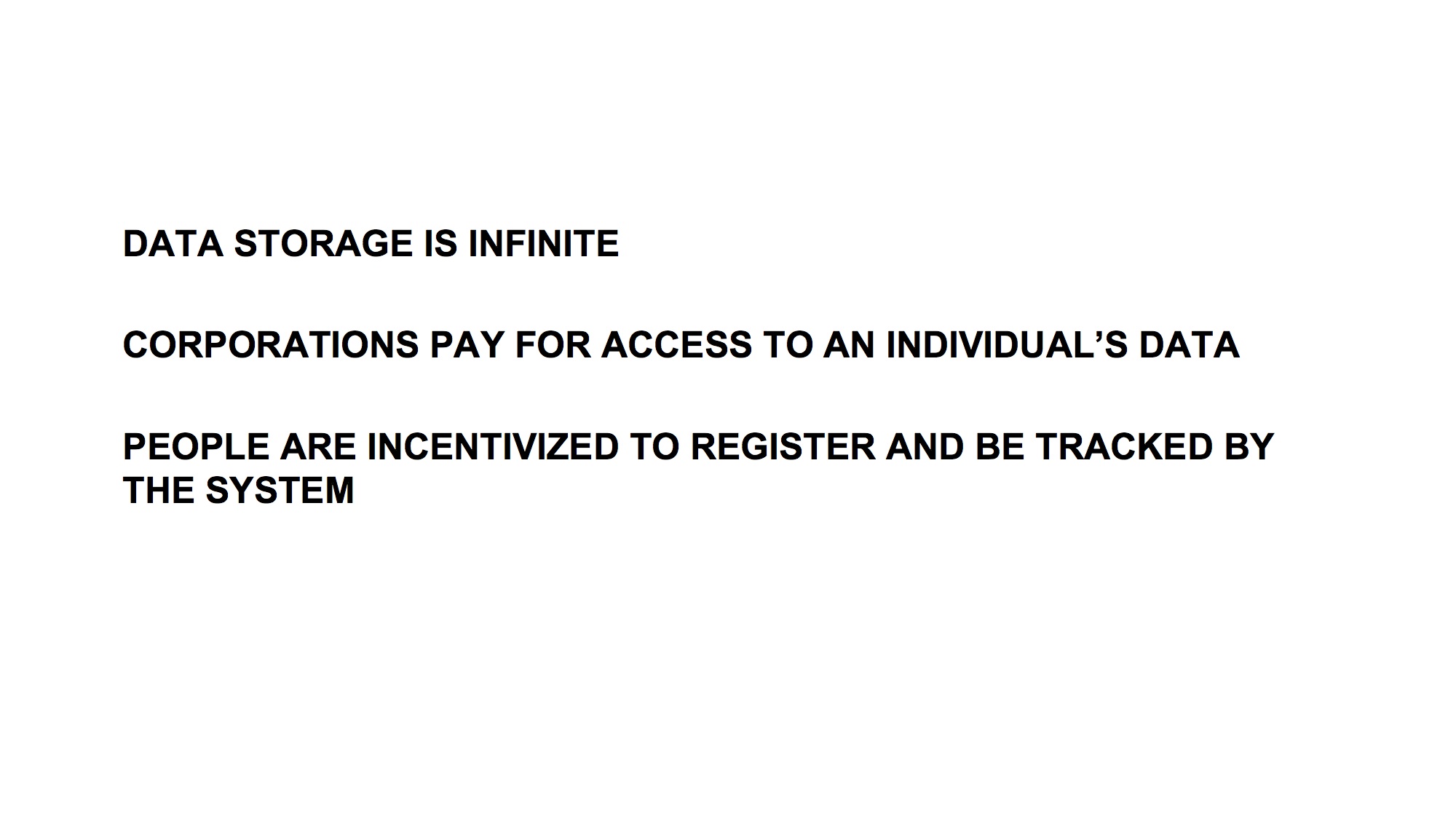

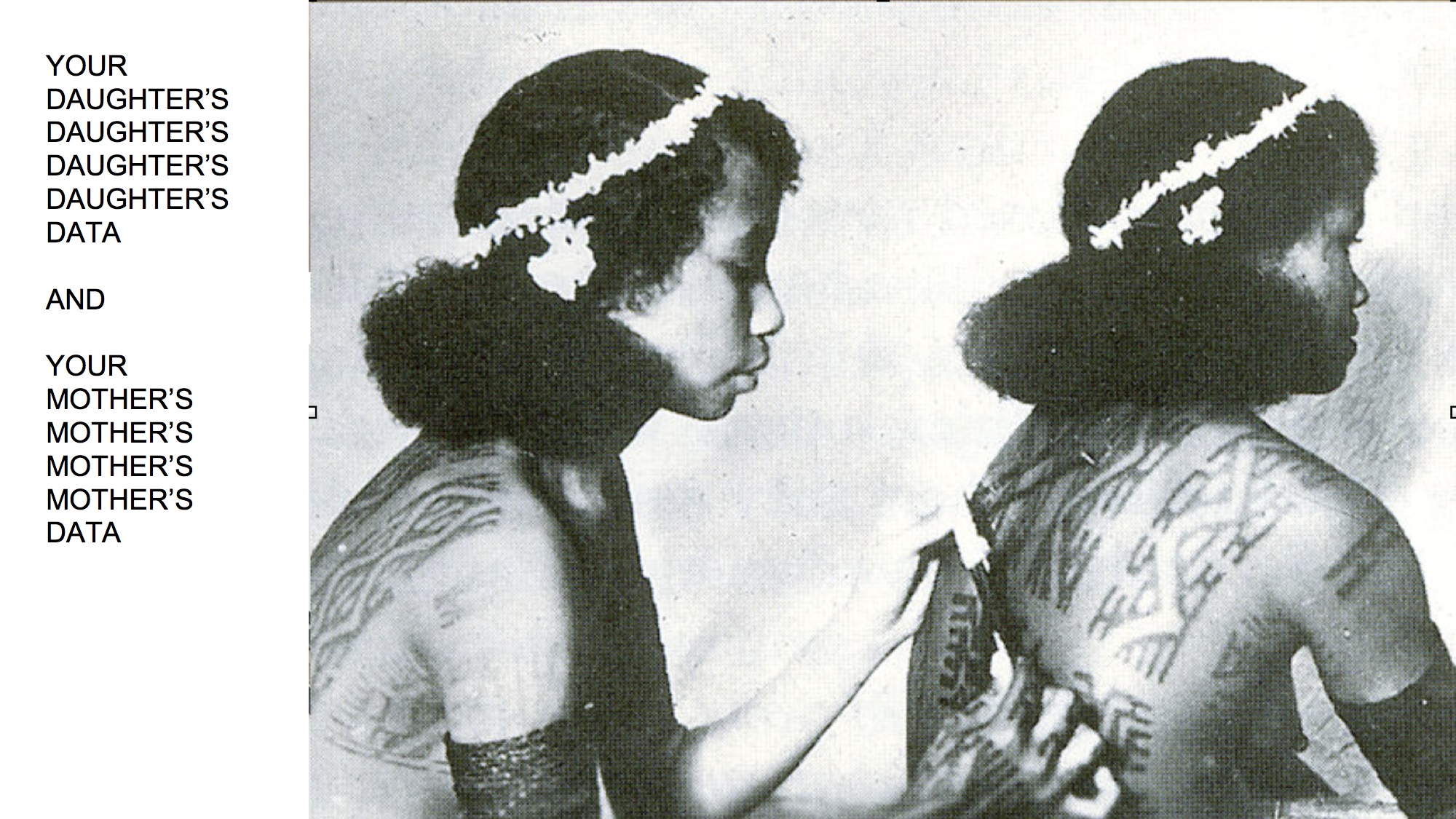
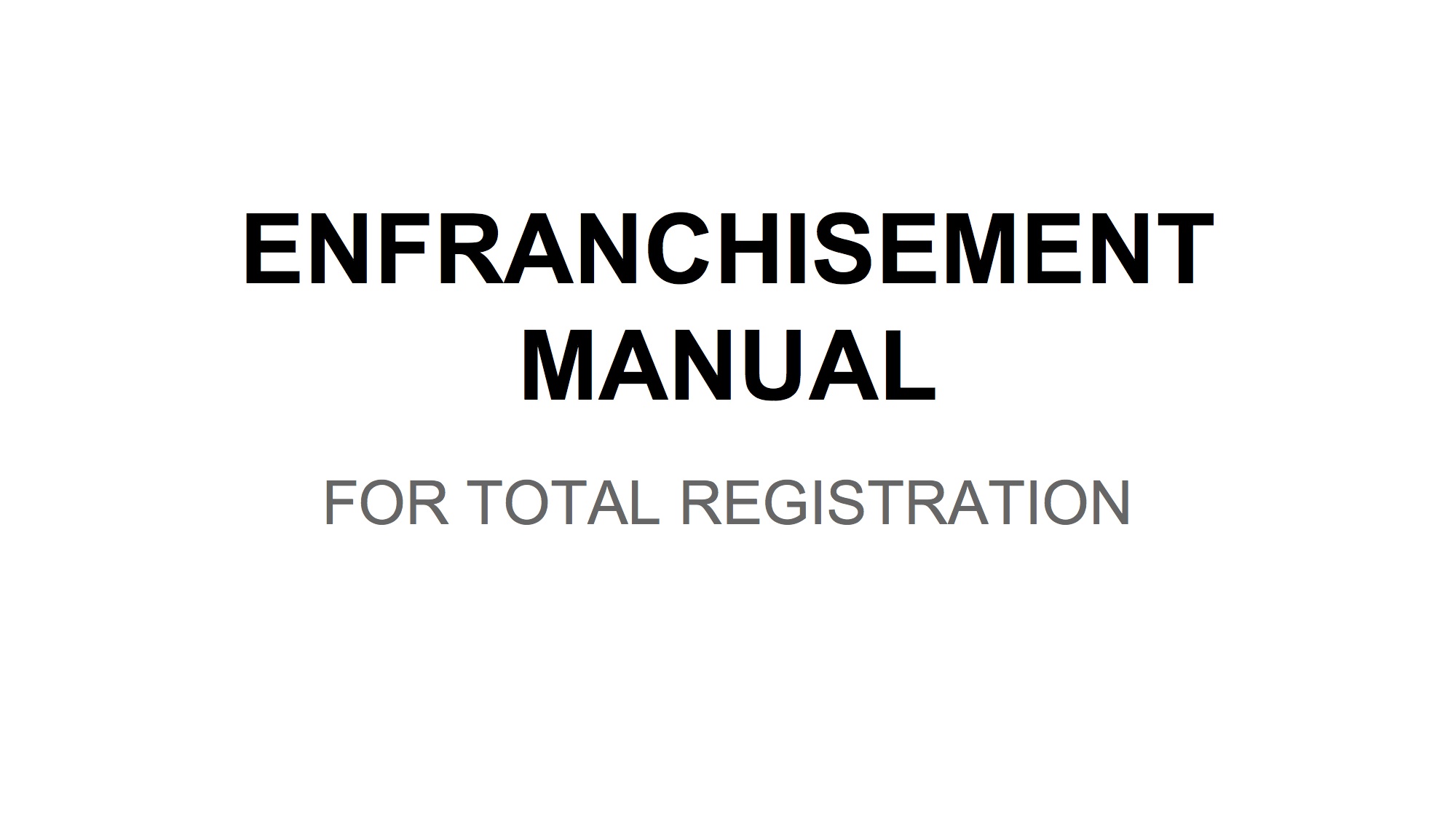
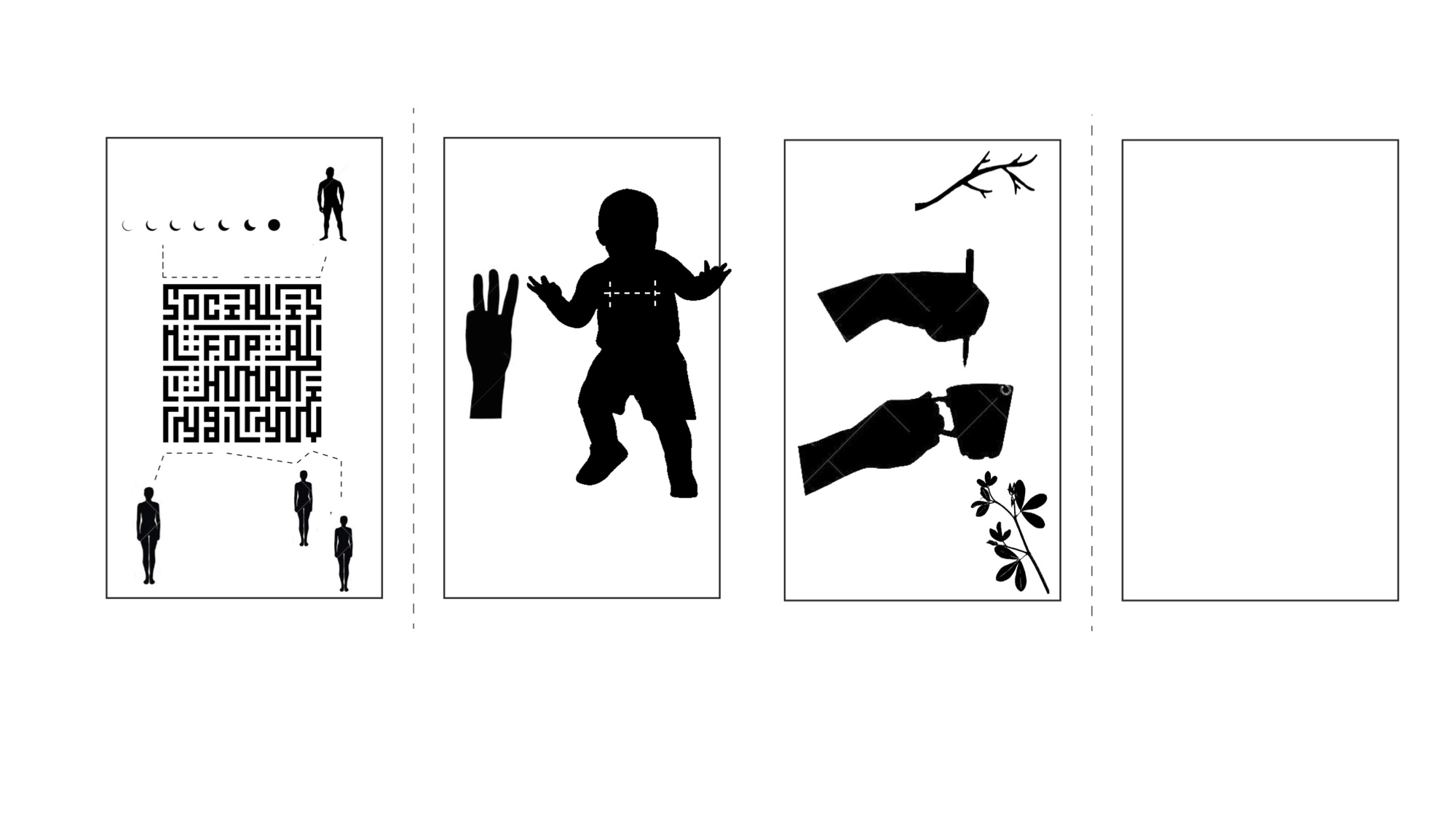
Note the Human-readable QR code is something developed at MIT - I used it as an example design for this concept because it reminded me of Mongolian Tamga and echoes in some way my idea of human-writeable, machine readable ID encoding.
My brainstorming/rapid iteration materials:

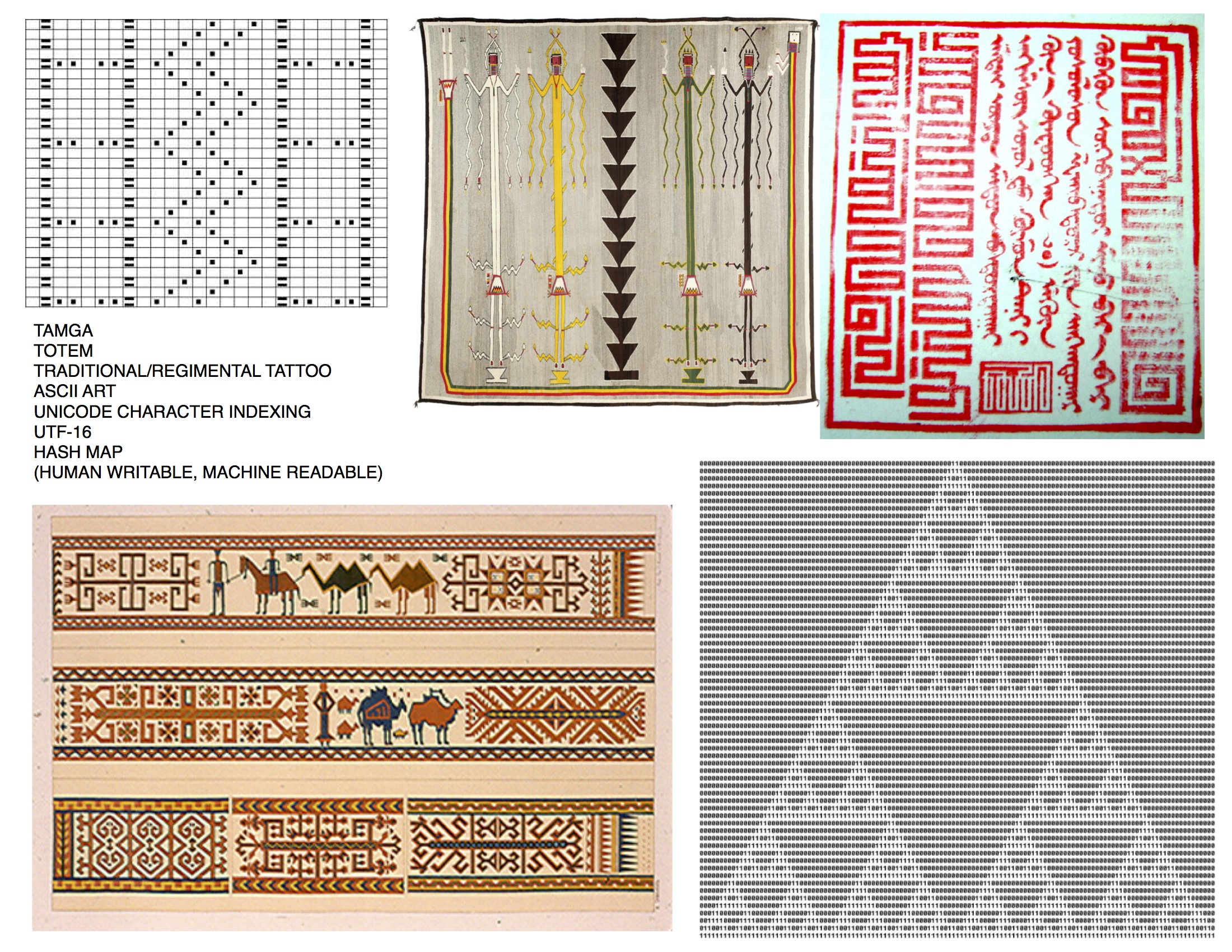
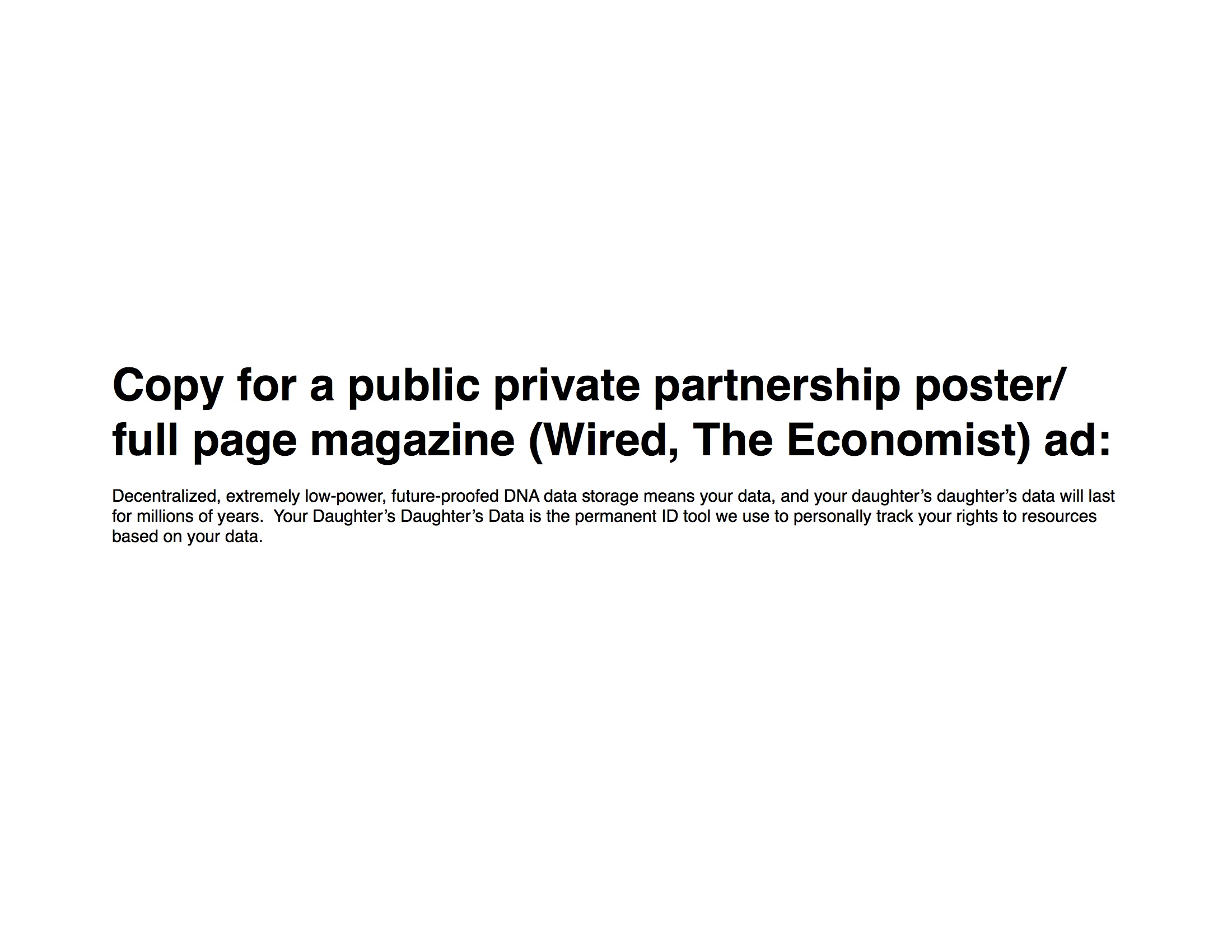
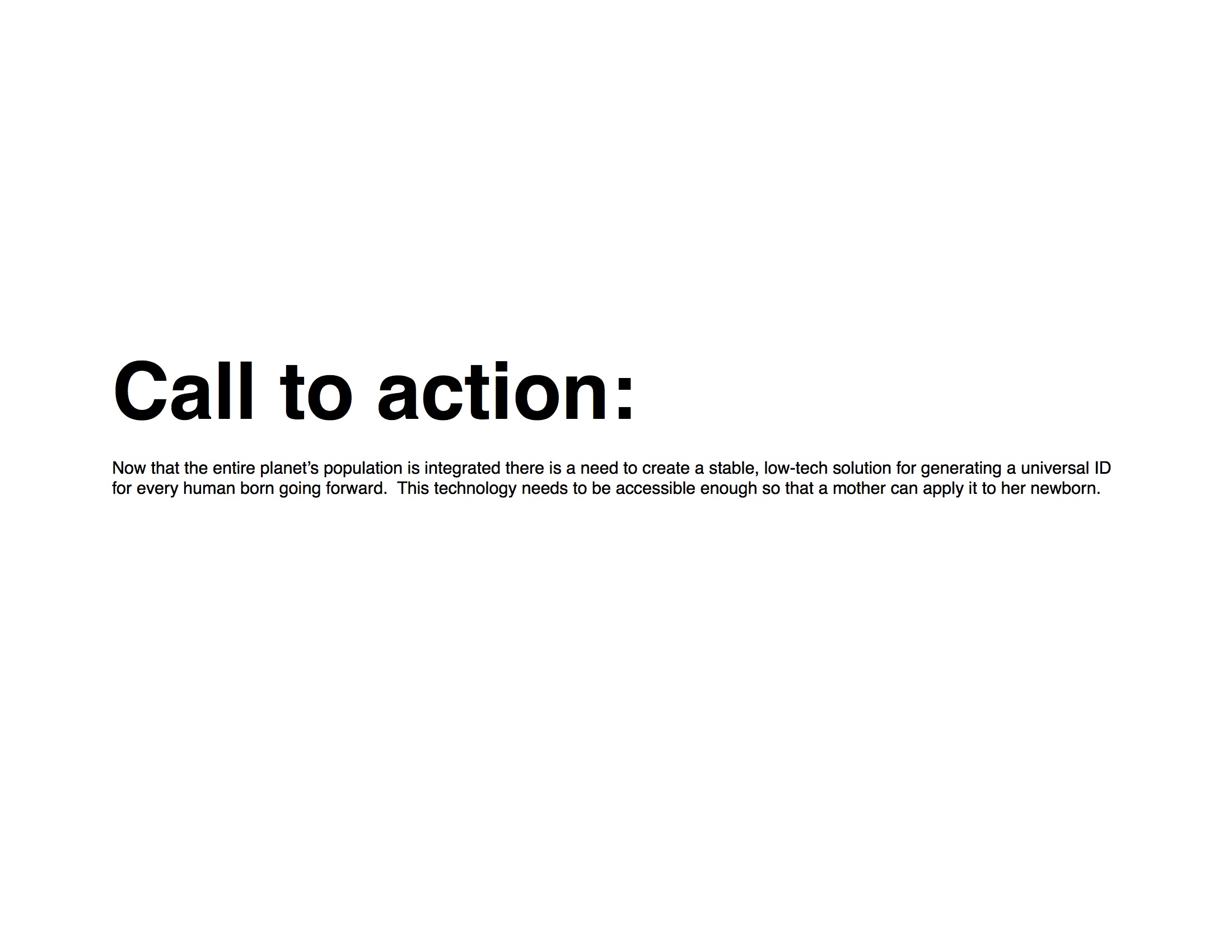

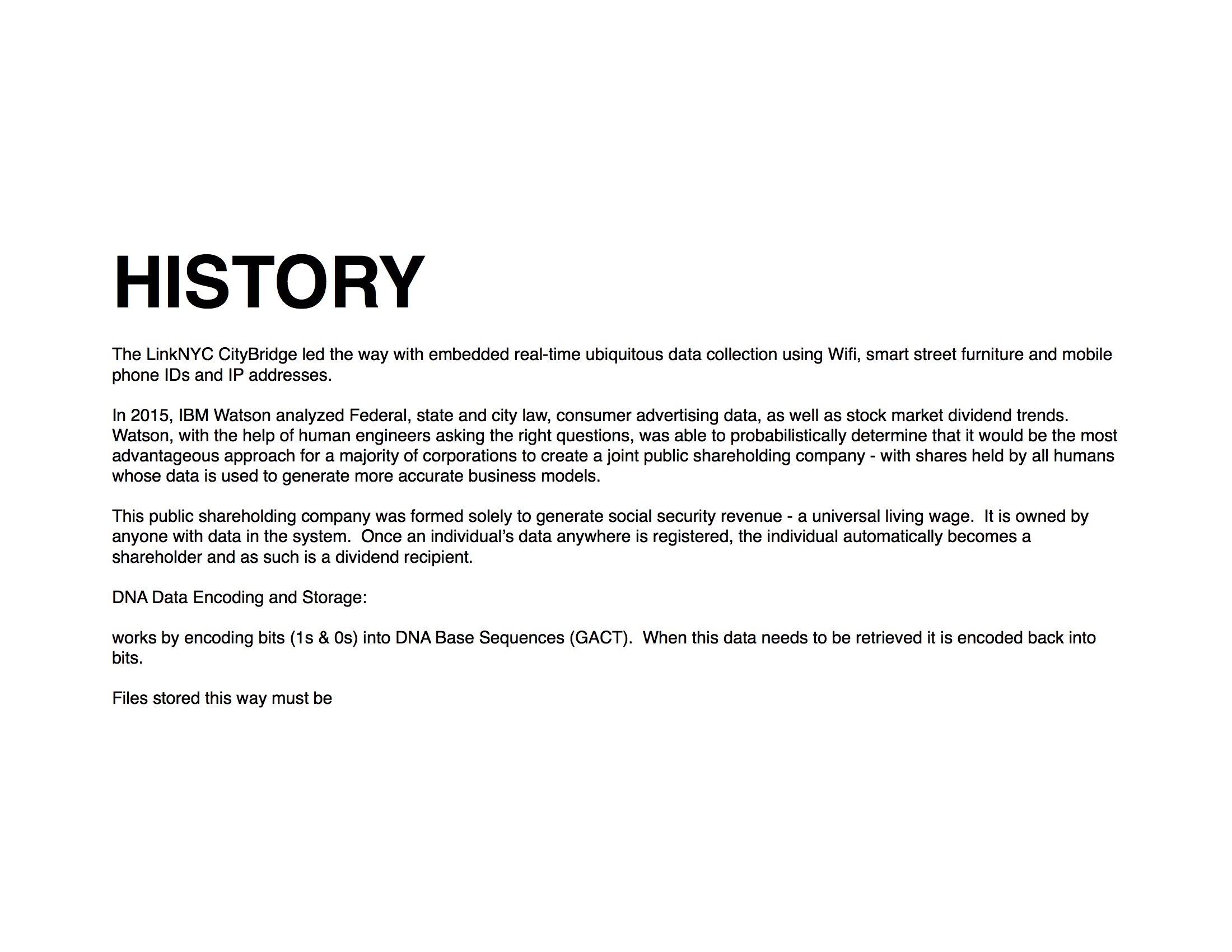
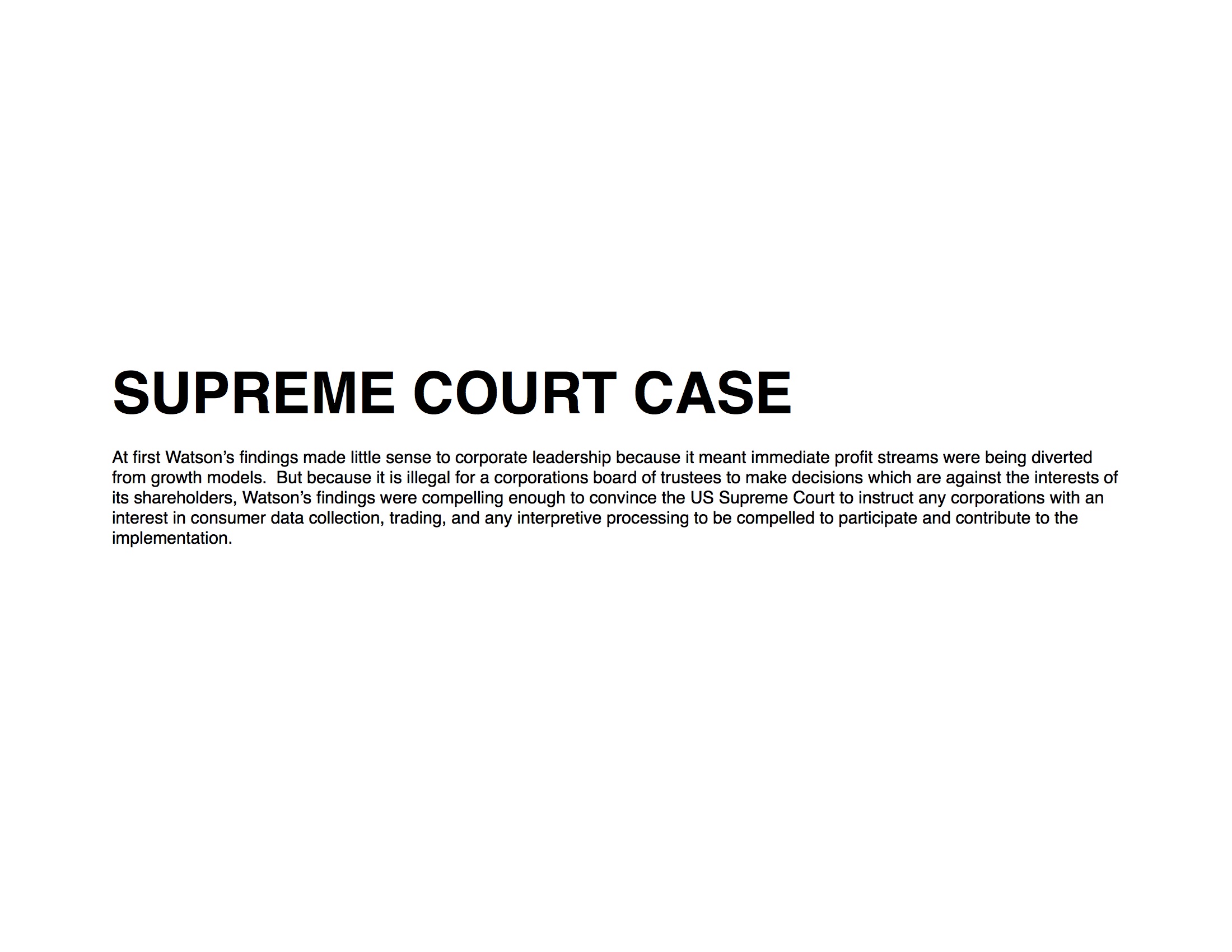
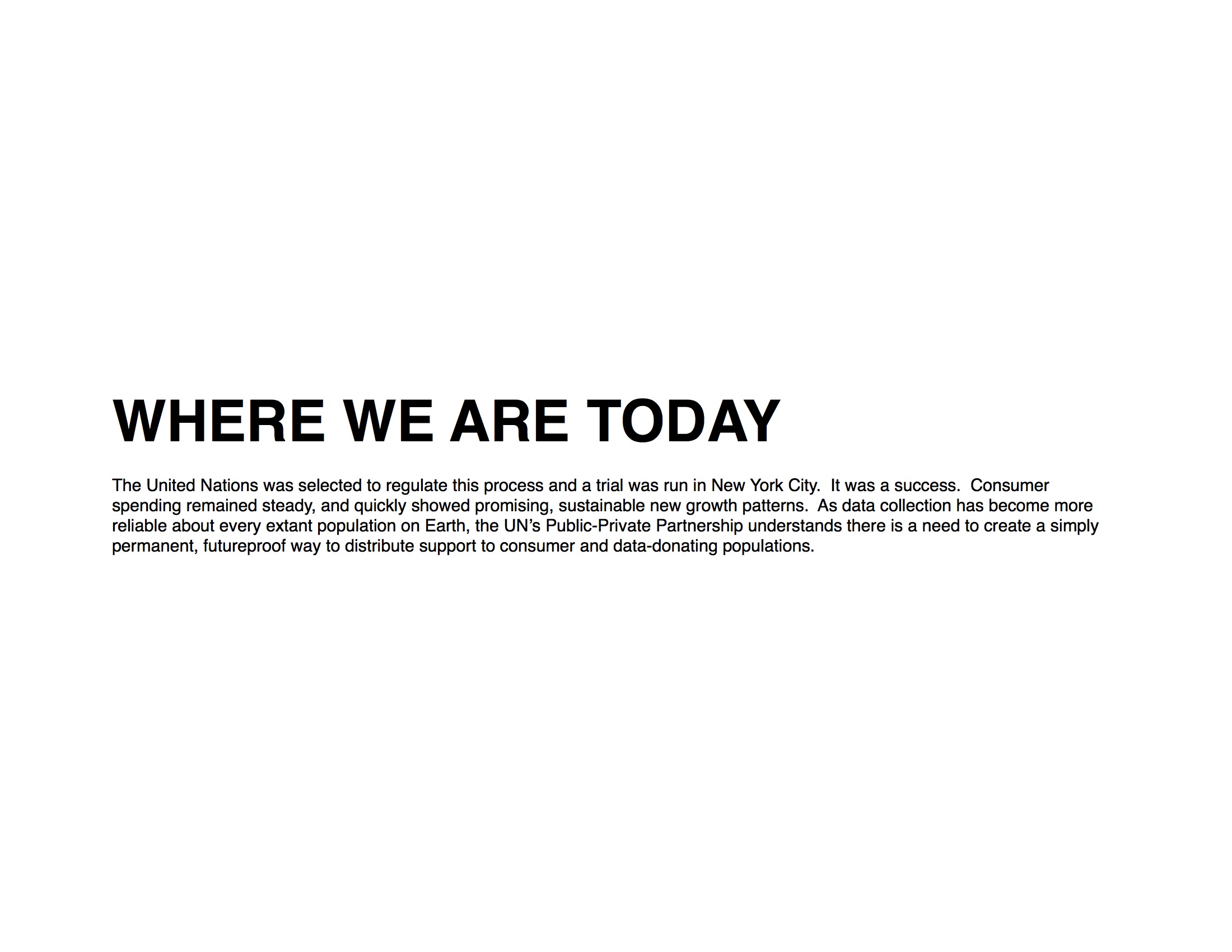
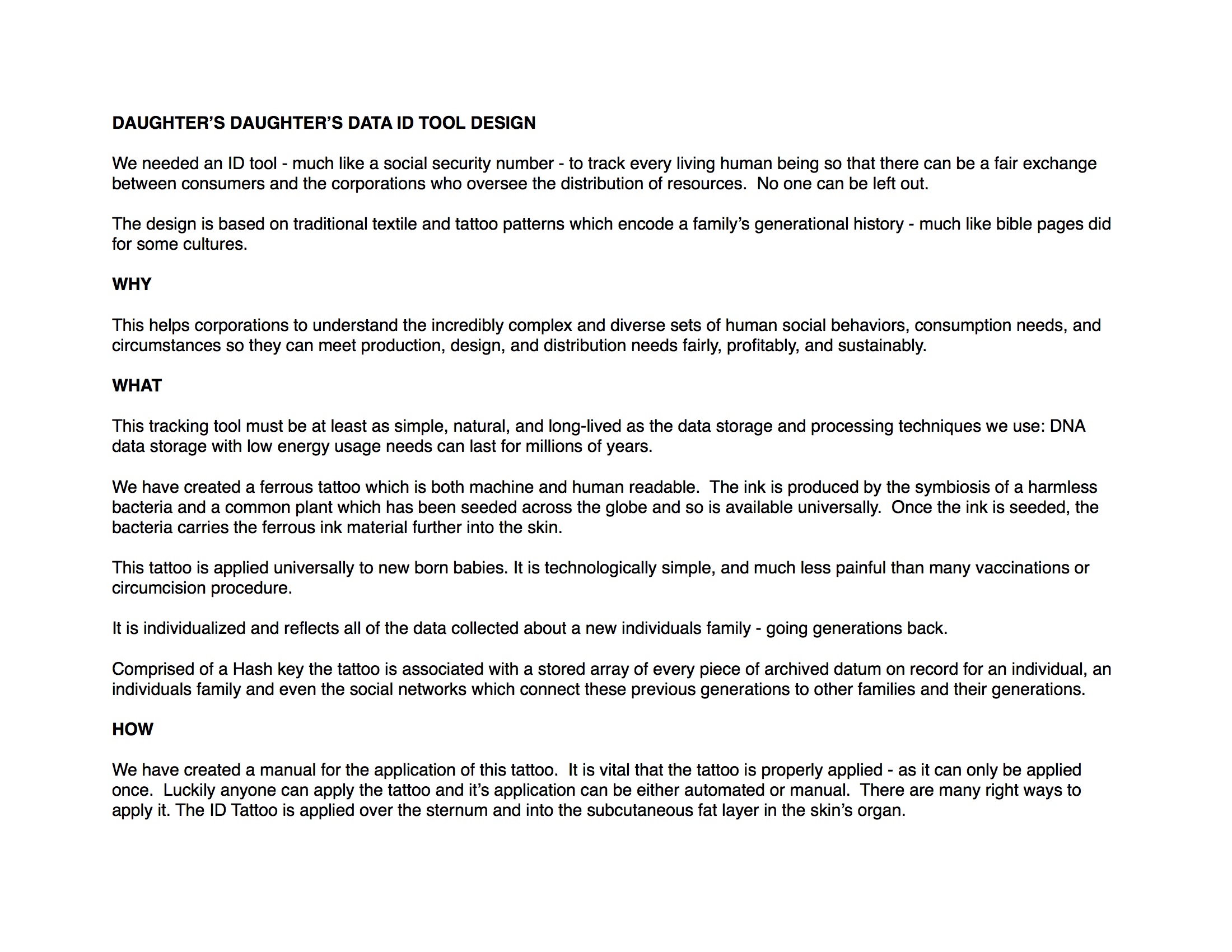
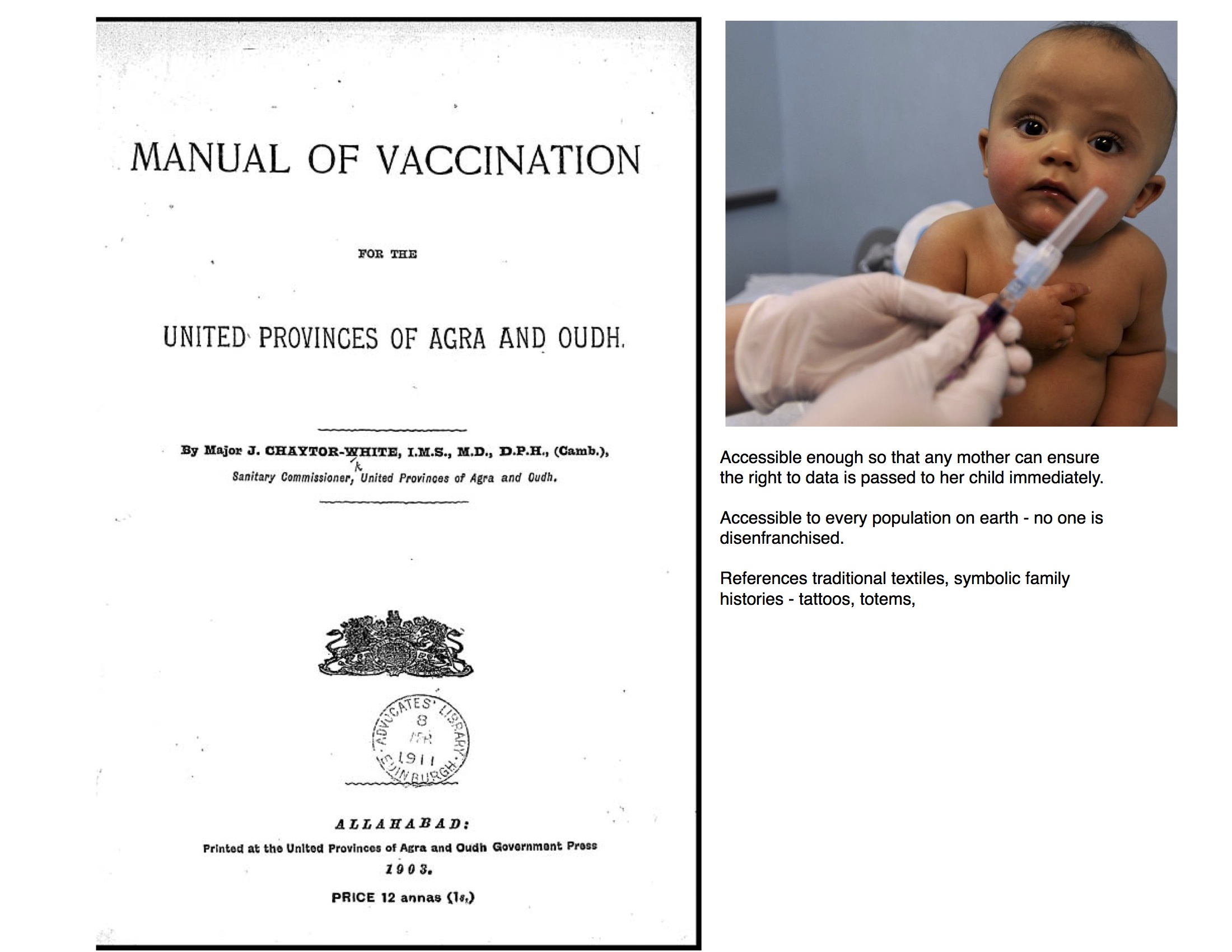
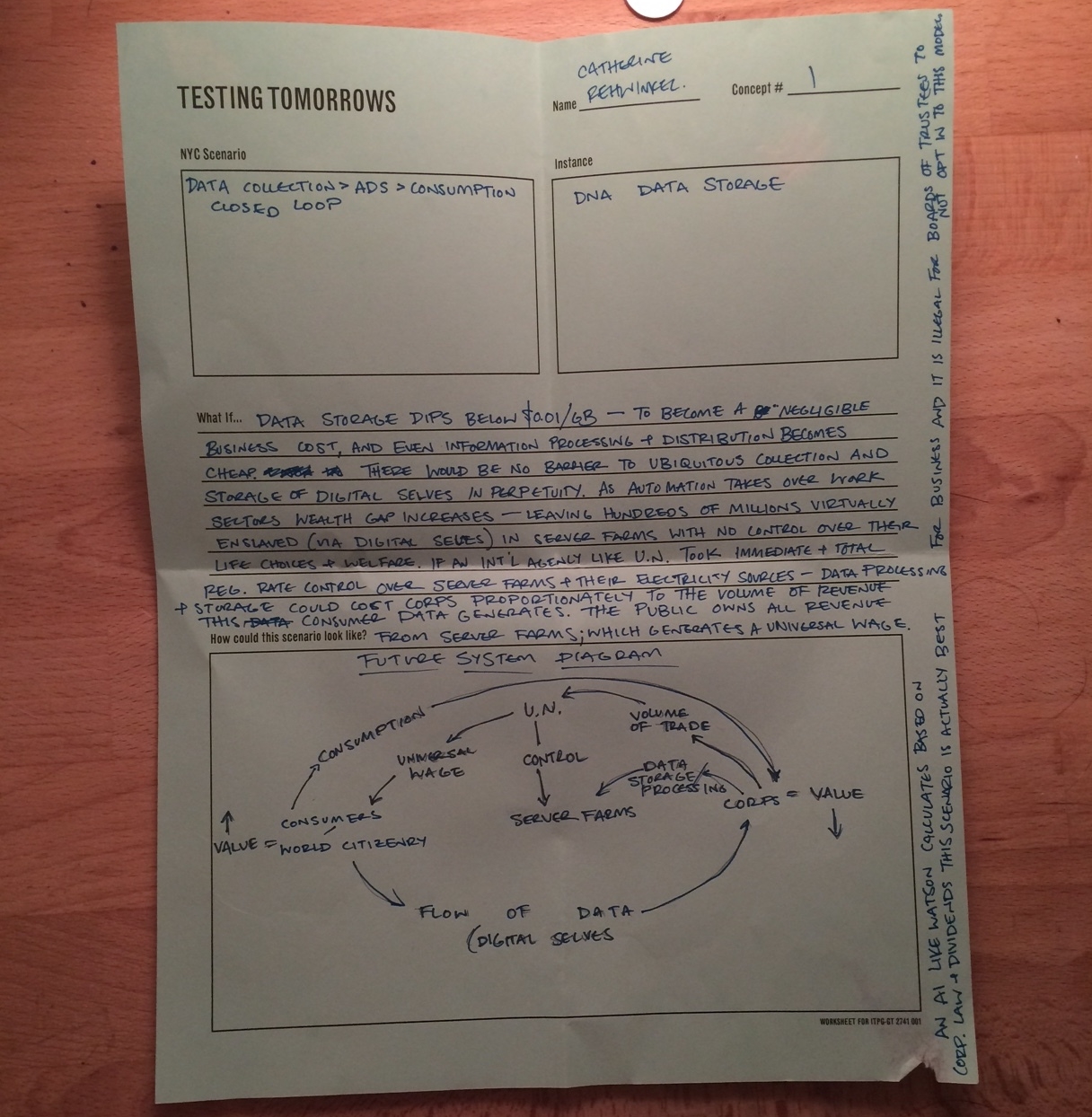
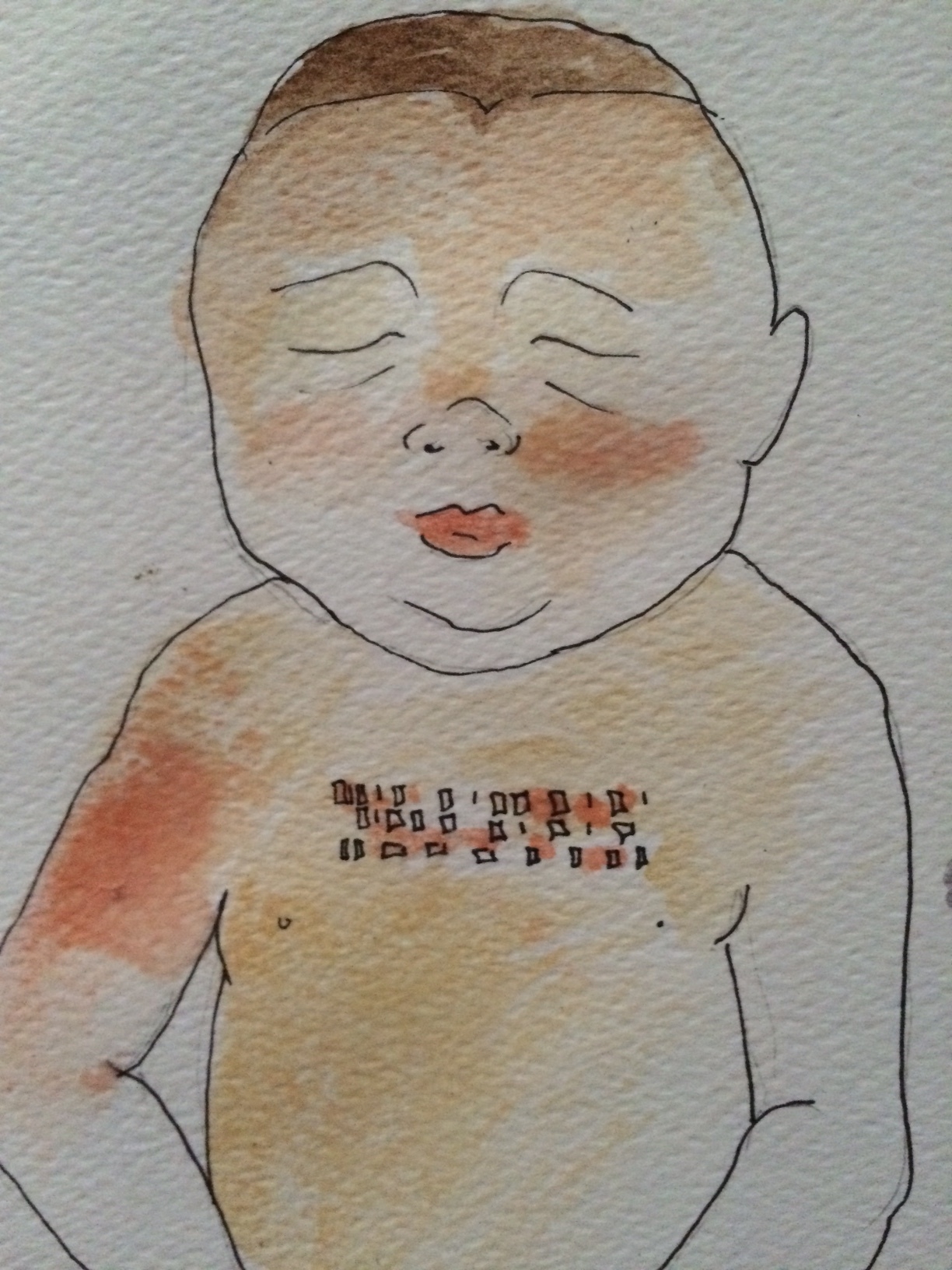
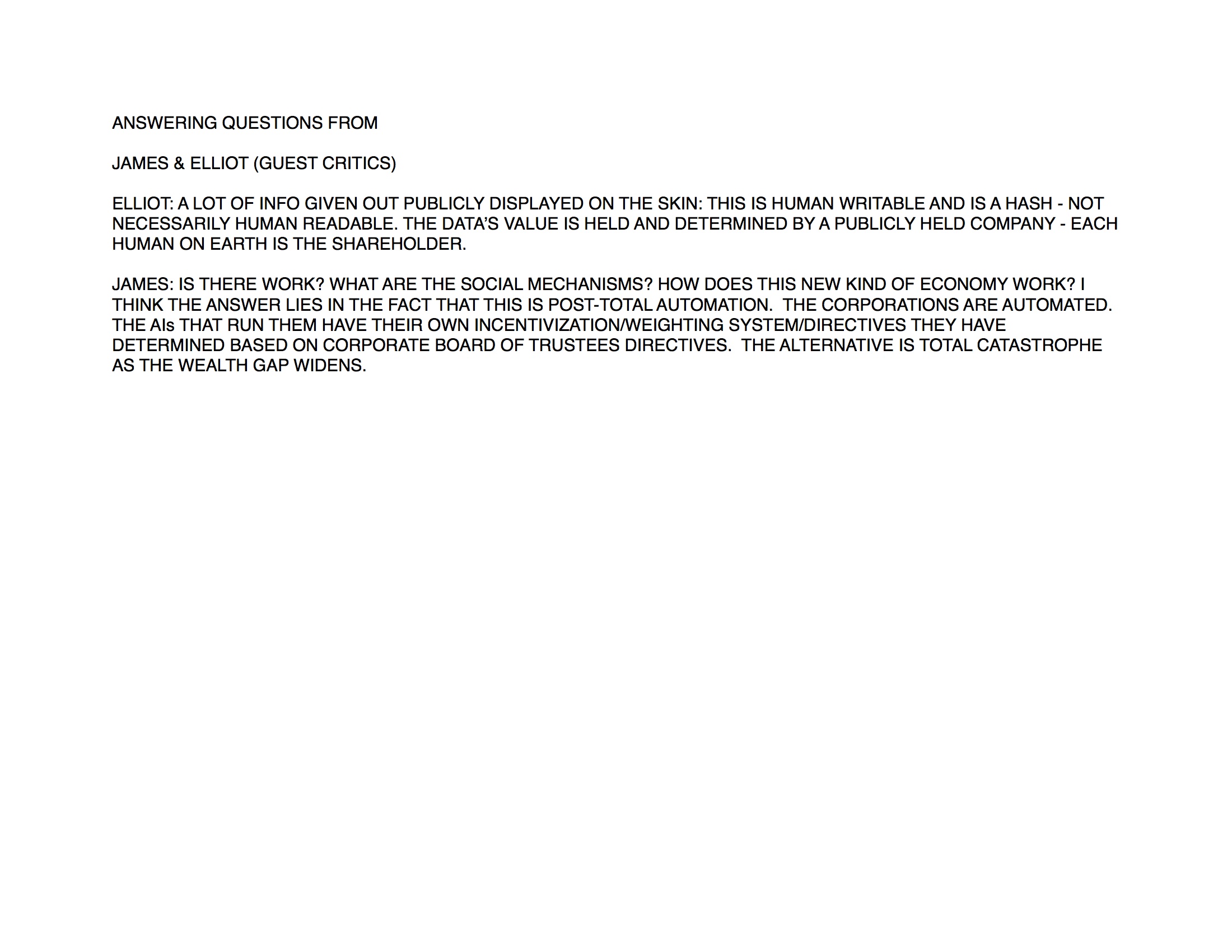
QUESTIONS
There were some intriguing and validating questions and comments which arose such as:
"So this is a utopia." Yep.
"So this is a dystopia." Yep.
"So...do people still do work in this world?" - Not necessarily.
"What's the...how are social norms and law reinforced?" That's the beauty part, see?
"How does business still work? What are the corporations making things for anymore?" Makes you think doesn't it? Like, what's the point after all the money gets sucked up to the top via Trickle Down Economics? (My answer is really that the AIs which run this post-automation world have increasingly more data. There is still the human artifact embedded in the corporate structure which is that the corporations still need consumers with money to buy things to generate profit.) Another interesting thought is that this user-data based business model is one developed by the corporations - they are making money off of our time and as such it reminds me of the cryptocurrency Bitcoin and the way value is assured (and generated?) by computer-based human labor.
"There is maybe still work after all the window-washing is done with. Like creative things, and design." Yes, you can see my Future of New Media presentation on Post-Automation Culture from April or 2015 for more on that! :D We called them 'Innovation Programmers.'
There were other intriguing comments such as one which pointed to the idea that though I refer to my scenario as 'total registration' in this future world - there may arise factions who do not wish to be registered despite the fact that they may not (? or may?) have rights to the same redistributed resources as all the registered people. Here's hoping everyone doesn't have to get a tattoo on their chest as a baby! (But I would say to that negative thought: maybe we won't have to wear make up and heels and ties and eat tons of glucose all the time in front of the boobtoob either. Or pump gas or do computers. I might trade for a chest tattoo if I could climb trees and let sand run through my hands all day thinking of natural calculus that I can whisper to an AI that looks like a whispy cloud on my shoulder.)
The moral of the story is, I'm not the first person to think of these things - but its certainly all I've been caring about lately. Notably my scenario/speculative system got firmly labeled "fiction" by one of the critics, and Chris Woebkins put it here on the spectrum thingy where we all put our proposals on the first day of class:
Just this side of impossible. Anything that we say is a 'little bit' impossible is impossible.
That being said, this was a speculative design class. And it occurs to me that the fact that topium and feasibility were the coordinates really says something about design, and speculation, as word-concepts.
Future Interfaces HMWK #1: 12 ideas > 3 culled
1) ANALOGIZING IRL WITH IPS
I. An AR interface that allows every given, discrete system a user interacts with to be recognized via computer vision and other sensing systems and cross-referenced in a global library of systems. The system is then visually outlined and tracked (over the course of the day, or month, or lifetime) as if it were an Information Processing System with INPUT, FUNCTIONS, and OUTPUT. This could be seen as a societal alternative to the economic (credit, debt, work, worth) tracking systems we have had in place and continue to build.
2) KINESIS
An AR or VR interface which allows energy expenditure of the user/experiencer/protagonist to be tracked via (piezoelectric?) contact with the ground.
Inspiration comes from the idea that certain animals like cats are very sensitive to ground vibrations - and the idea that this is a way a user can understand the surrounding world.
If a user takes many heavy footsteps - in sand, grass, mud, or on a marble flooring surface - the kinetic energy output will vary and should reflect some level of organismal entropy or energy waste. Opportunity to examine other cues of contact with the ground - such as resting period, or body surface contact to ground surface area. This kind of 'kinetic metadata' may tell an illuminating story of the user/organism's energy expenditure and struggle with gravity and the stochastic boundaries of its surrounding world. Also incorporates predictive trajectory but value added is the energy expenditure/footstep (contact instances/frequency with ground replace or help calculate time discretization) I see this as part of a larger 360 VR interface.
3) SPACESHIP
An orb with a windshield-like view which accommodates the human field of vision (200 degrees field-of-view). The rear 160 degrees of view is a blank 'tallying' interface which allows elements (story characters, past spacial trajectory, artifacts, documents, to be held for reference.) The ground area can also carry the kind of trajectory and kinetic expenditure information as touched on in "KINESIS."
This is a tool/interface/HUI for narrative-telling, narrative-absorbing, and narrative interweaving - for entertainment purposes or for work stylings and organization.
4) TIME TRAVEL/TELEPORTATION
A way to tell stories such as a traditional narrative feature film with temporally concurrent spatial grid of 360 VR cameras. The user/experiencer can wander through the finite block of time and space at will - following visual and auditory cues to various nodes in the story's space. The user becomes the editor and there are a many unique 'cuts' as there are frames per second x the number of camera nodes. Filmic transitions are augmented according to same principles as traditional film editing but they are quite different as space and time are continuous and non-selective.
An interesting note about this idea is that it is effectively observation-only time travel. A future effect is that if the writing, or reality of a mystery is deep, tight, and diverse enough one could spend a very long time inside the 'continuum.' Perhaps humanity will find a good one and the human perceptual universe will condense into this small spacetime box. The ultimate in diversion.
5) MET (MULTI-AGENT ENERGY TELECOMMUNICATION)
AR which interfaces with an all-inclusive energy system. Users plugged into this augmented reality interface are revealed trajectories of 'lowest entropy' on a continuum of time discretization scales. Perhaps if all users where guided, by visual representations of unified energy flows (kinetic, radiative, social, societal, biospheric, gravitational, solar, nutritive) then this would become every human/user's life work - remaining collectively at the lowest state of entropy. Predictive entropy trajecotories for thoughts and social interactions would be included in concrete energy expenditure terms - NLT and social networking prediction would have to be sufficiently advanced to see into various futures. As a result, perhaps metabolic processes, as well as interpersonal, societal, and environmental entropy or stress would remain so low that the human life span would increase while harmful forms of energy waste would decrease. An alternative, physical way of achieving "immortality" while exponentially increasing our collective, and individual knowledge base. This is a hyperbolic post-automation system which supersedes all forms of advertising, PR, data collection/surveillance, economy and governance and seeks to bring the human species back to a pre-language, pre-agricultural communion with nature.
This is a fictional/exemplary/hypothetical AI-mediated multi-agent VR system I am incorporating in a screenplay about a human-trajectory peer android, as well as in a documentary I am working on with Sabrina Osmany about AI-mediated immersive interfaces.
The inspiration for this stems from Spring 2015 semester in which I studied Energy (a survey of terms, trends, history, and physics) and the Green Revolution in a class on the Anthropocene. What is needed is a unified term for thermodynamics, and energy in closed and open systems. For example, Joules are an appropriate option for a unit which represents a current energy state of any given system or object, however, our linguistic obsession with 'time' obfuscates this and so understanding devolves and compartmentalizes into specialized terms like t.o.e. (tonnes of oil equivalent) which are impossible for any given human organism to understand and make decisions around, collectively or individually.
This is of course ambitious but indeed cuts right to the heart of what humanity hungers for.
6) SYNESTHESIA MACHINE
A way to map different senses and allow the human brain to perceptually explore different kinds of input in tandem or in place of another. A way to understand energy waves and explore the edges of the nature of reality versus the nature of perception. See sound, hear color, feel color, see and hear texture, texture informs taste, taste informs texture. Requires a neurological "jacking" in to a sensory signal mapping processor or information processing system.
7)TIME COLLAPSER
inspired by Rust Cohle's quote about time being "a flat circle" - allows user to see spaces which persistently remain unchanged over 'time.' Concretely reveals patterns in rate of change. Like a spatial time lapse. A way to identify spatial connection to things that persist through time. A kind of time machine hack and an archaeological/forensic tool.
8) PHYSICS ENGINE IN YOUR HEAD
inspired by the writings of Ernie Davis - he refers to the physics engine in our heads. An accelerated way to learn about real world physics which would take a lot of time normally to learn through experience. Augmented reality which temporarily breaks away from the current trajectory into an alternative path (i.e. see what that rock thrown at a window would actually do without having to throw the rock)
9) NETWORKED HUMAN INTELLIGENCE
A way (using NLT and brain interface) to distribute information processing using human "neural networks" together with an AI mediated distro system. Perhaps a way to prevent AI from learning too much content or too many weighted connections - an information and learning firewall. The AI network is geared towards learning how to slowly shift the networking distribution processes to an exclusively human brain comprised deep neural network. A form of telepathy. Making AI do interim work to help humans collectively reach an event horizon/singularity.
10) SEEING EMOTIONS
An AR interface which selectively allows only human emotion to be perceived, for example. It prevents us from seeing physical features and only allows us to see Infrared maps of human emotion.
11) BOOMERANG TECHNOLOGY
Using slips/gaps/edges between energy flows. The idea that language separated humans from a pre-language level of fitness/evolutionary success and thus technology became an addictive way to interface with the environment and other individuals in our species and other species. How to move away from technology as a material and separating element. Unification and lowest energy usage. Reference to boomerangs is the elegance but far reach of this technology. Just a stick shaped the right way. Intuitive. Divining rod. What are other examples of "simple" technologies which are yielded from a very high level of understanding. Echolocation. Polynesian current charts. Quantum vibration-finding.
12) DESTROYING LANGUAGE
preventing the user from hearing/processing language - forces users to communicate differently in a world/interpersonal interface.
13) EVERYTHING IS KELVINS
An ontological object oriented programming language for physics simulation/computer graphics based on Kelvins - absolute temperature. Liquid, gas, solids, things more readily recognized as pure or higher states of energy such as different wavelengths of light or sound.
RELEVANT:
https://en.wikipedia.org/wiki/Entropy_and_life
https://en.wikipedia.org/wiki/Spectral_density#Power_spectral_density
https://en.wikipedia.org/wiki/Kelvin
https://en.wikipedia.org/wiki/What_Is_Life%3F
NOT THE DRONES YOU ARE LOOKING FOR : CARDBOARD + FORCED PERSPECTIVE
An absurd(ly) simple surveillance tool?
Today I was in Prospect Park after sundown. I saw something making its way across the sky above the Great Meadow with onboard lights, and since I've seen several UAVs flown by hobbyists recently, I thought it it was one. A few minutes later I saw "it" again - and then quickly realized it was a jumbo jet taking off from JFK - not a drone.
Then I realized with some optical trickery it might be possible to do inverse: a miniature 2D facsimile of a jet as viewed from underneath (that is the angle we see if from when standing on the Earth) and attach it to the undercarriage of a drone with rigid spacers. It would be a cheap, amusing, potentially convincing decoy or disguise for a drone crossing a crowd.
Things to consider: the altitude and trigonometric angle of the drone as calculated from an onlooker's vertical angle-of-view. Would not be effective if someone was using binoculars or analyzing the sound of the craft. Also the aerodynamics might take quite a bit of tweaking.


















